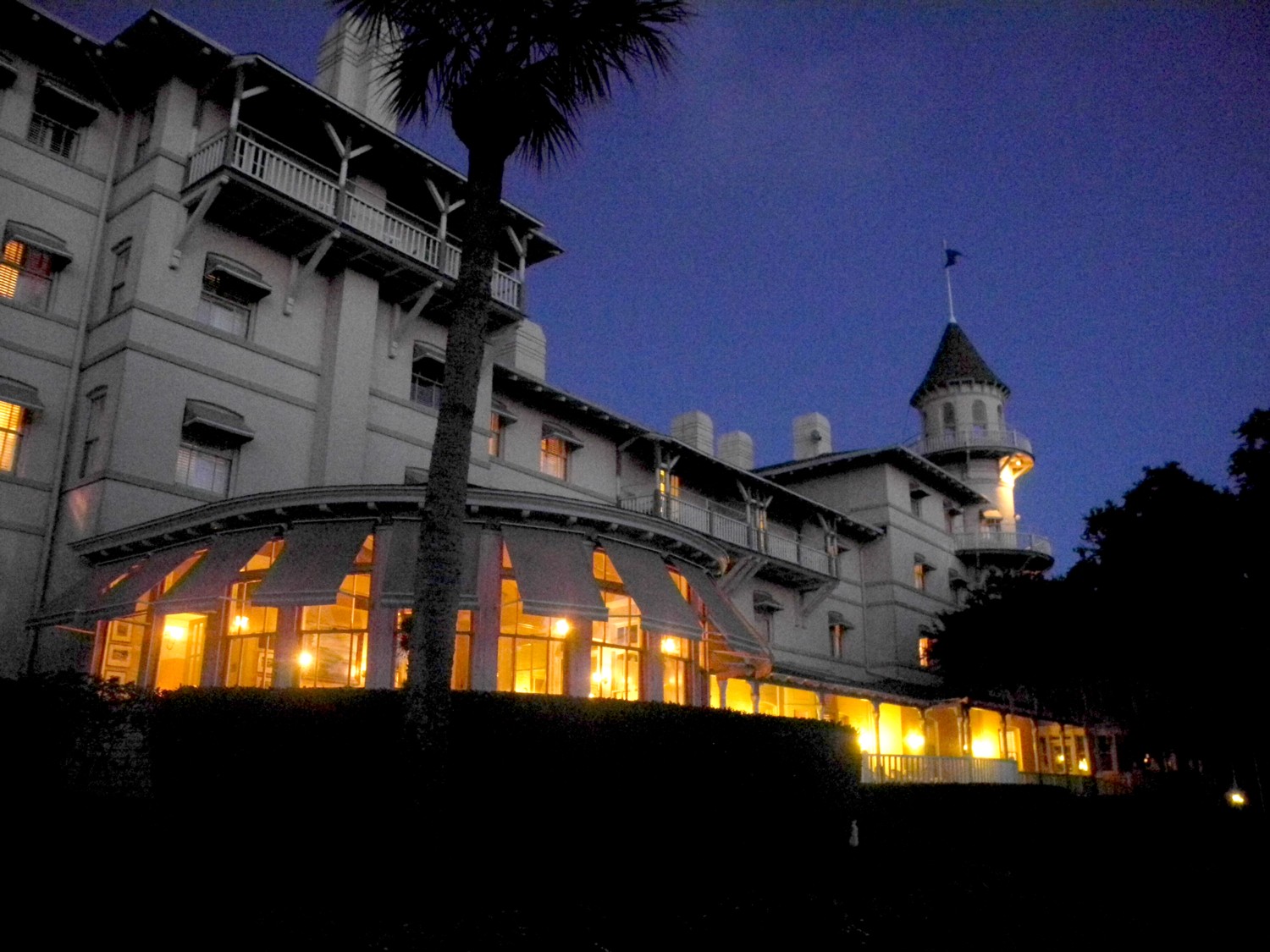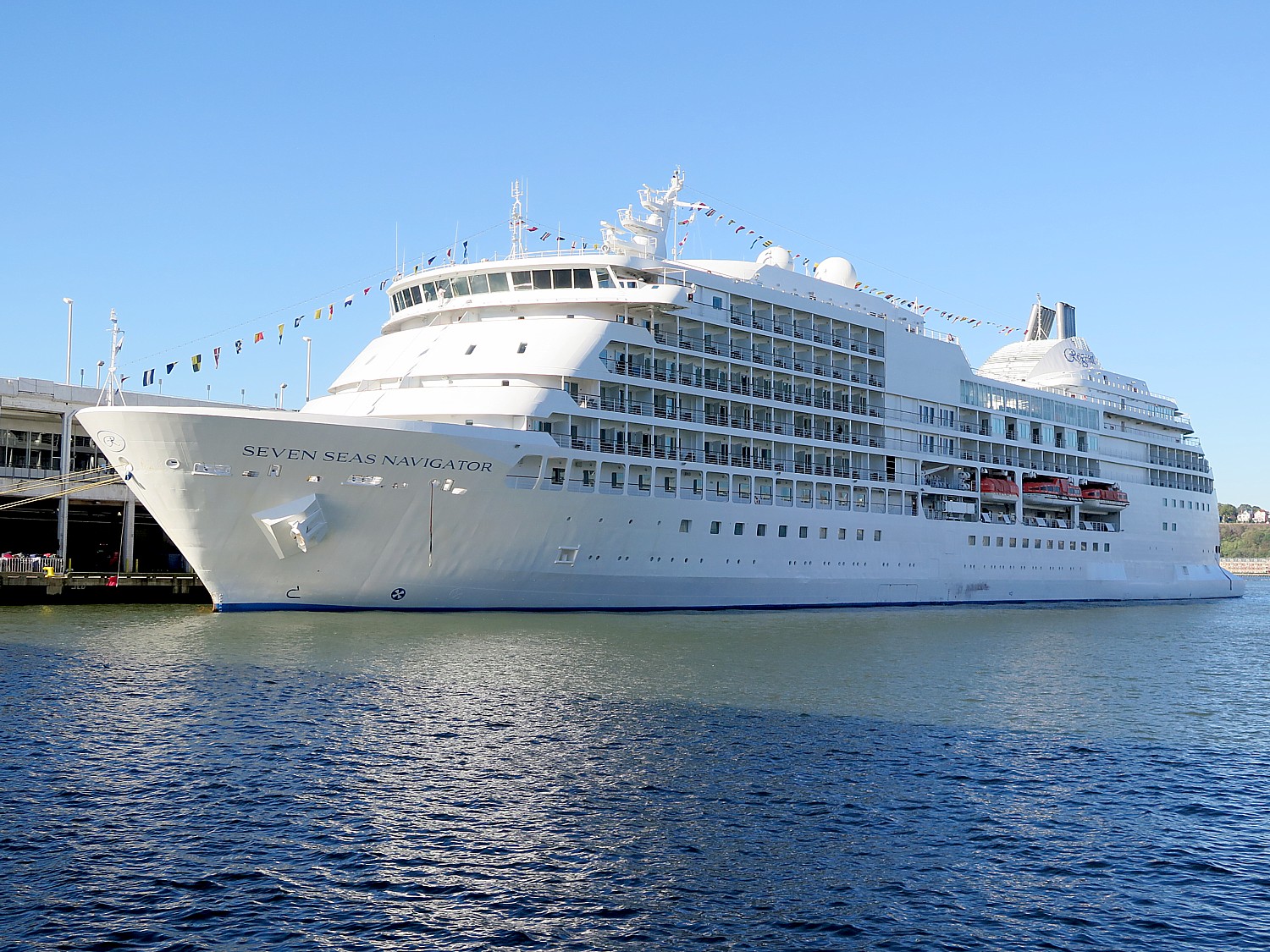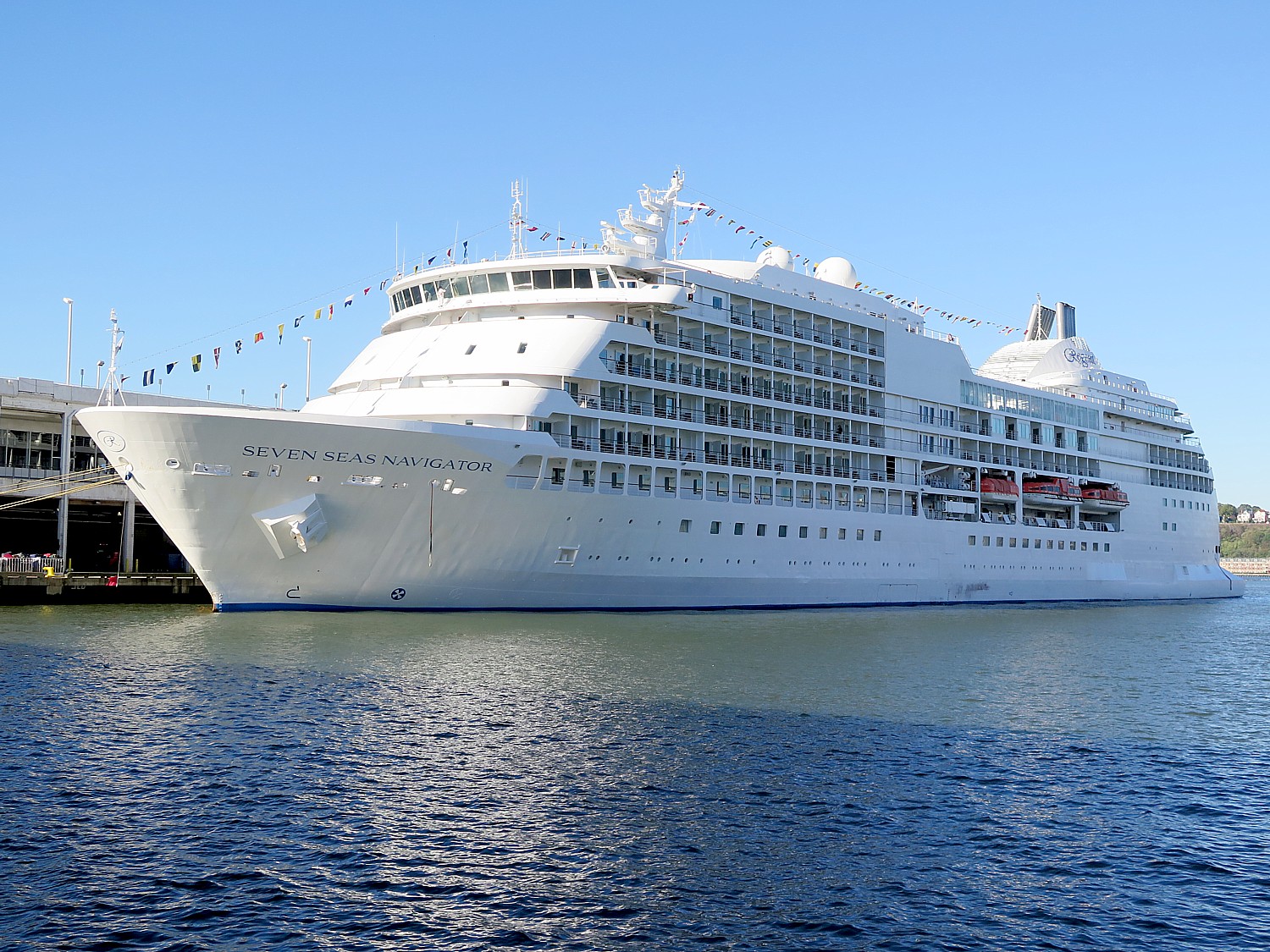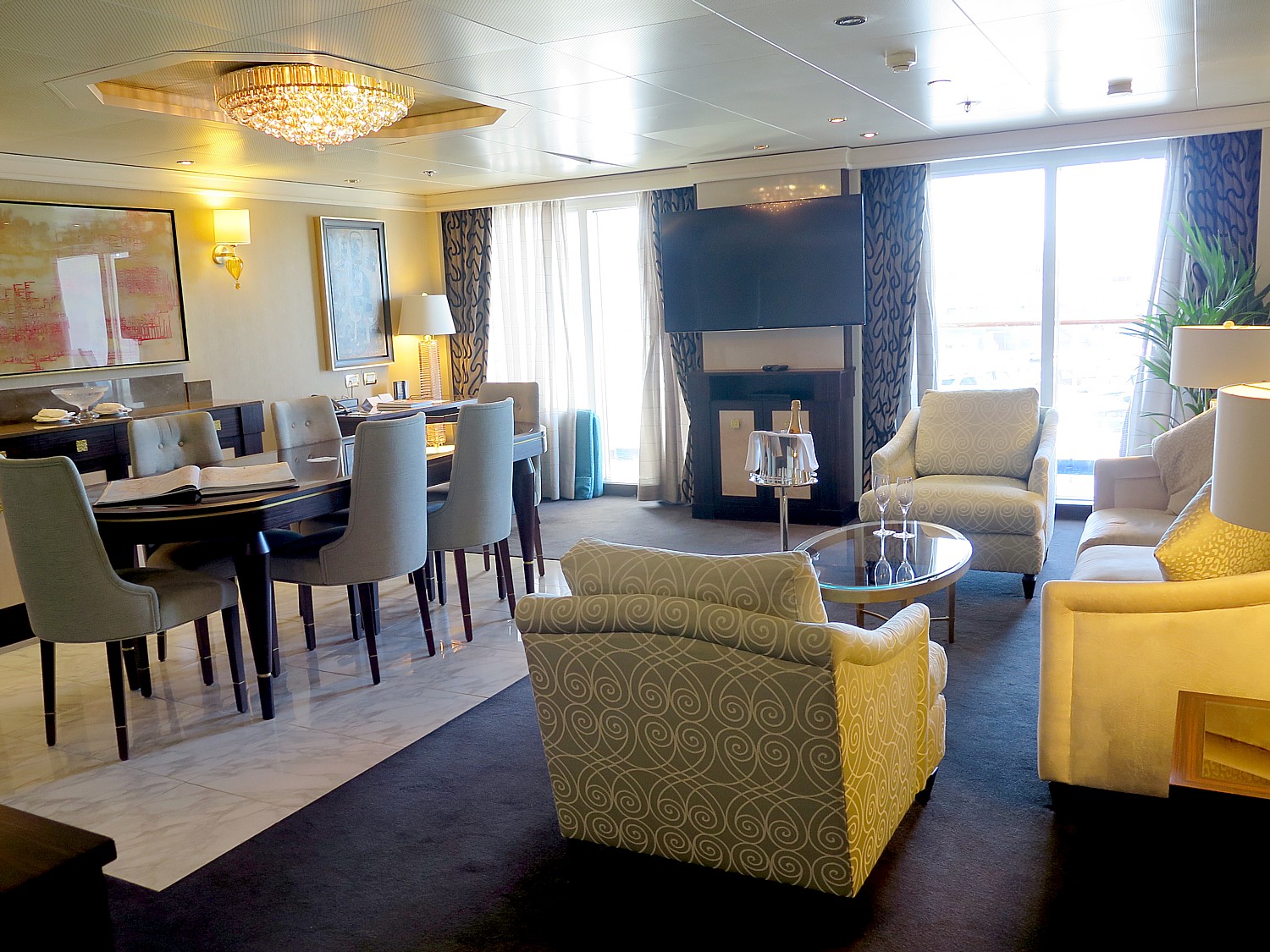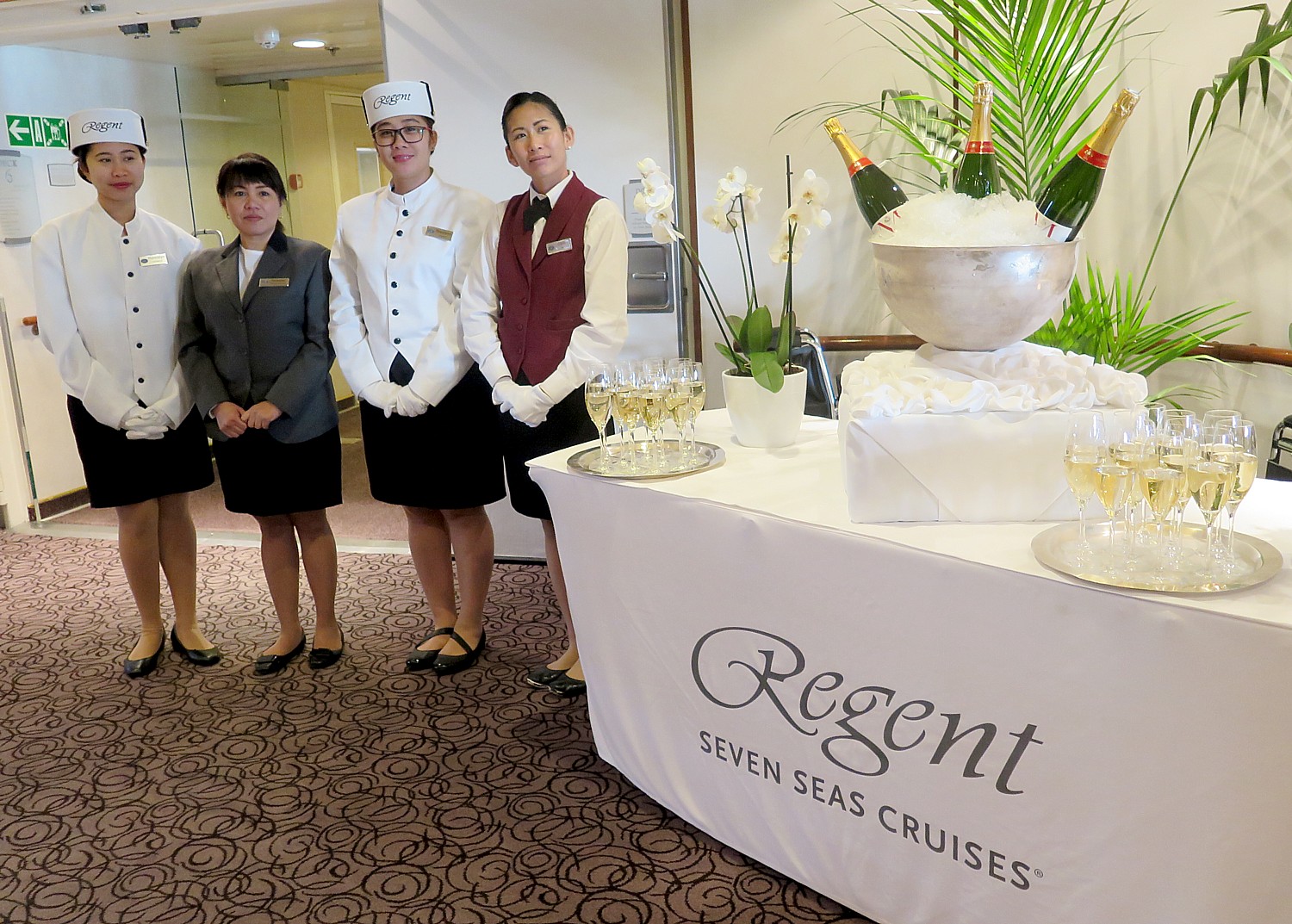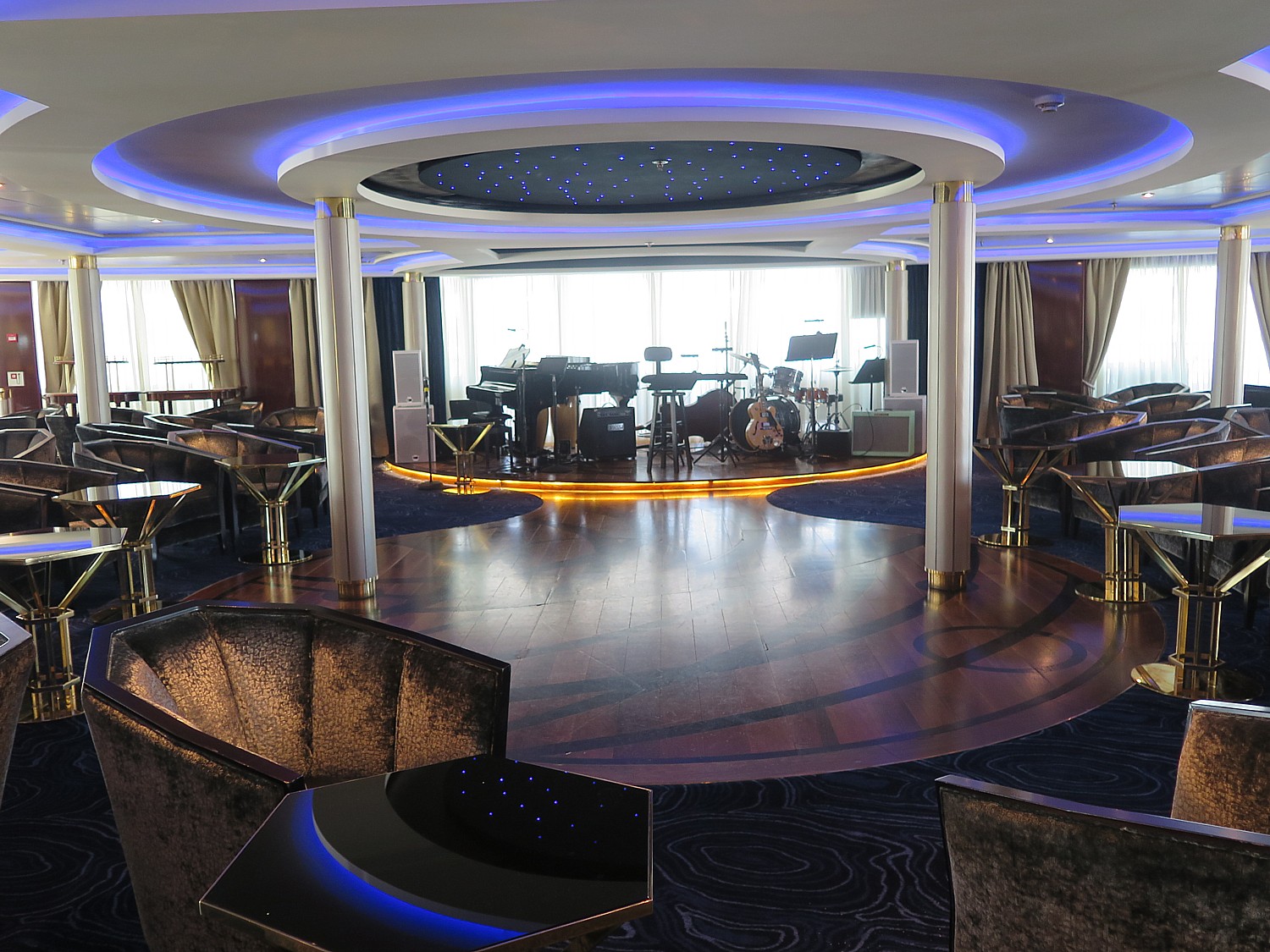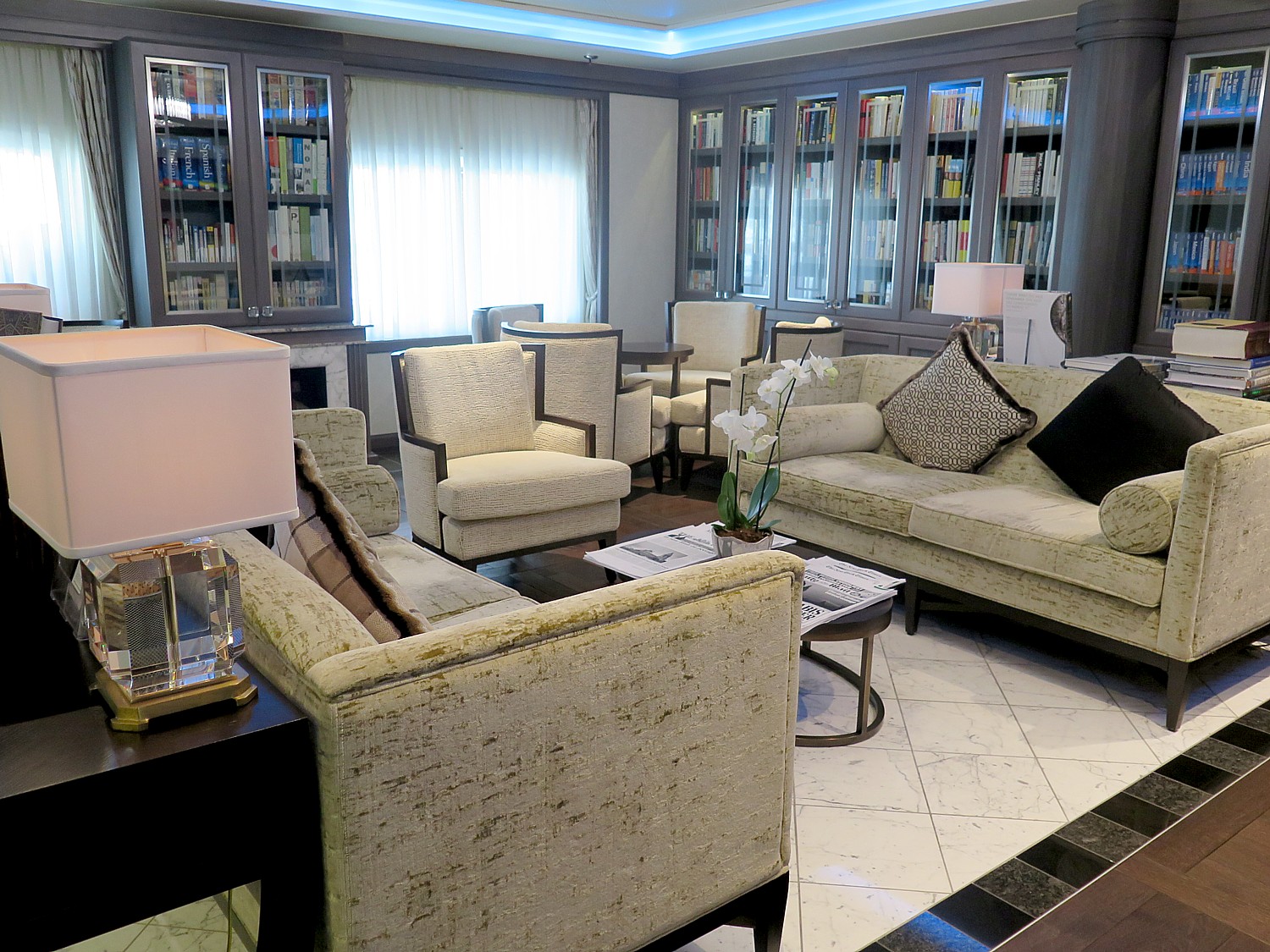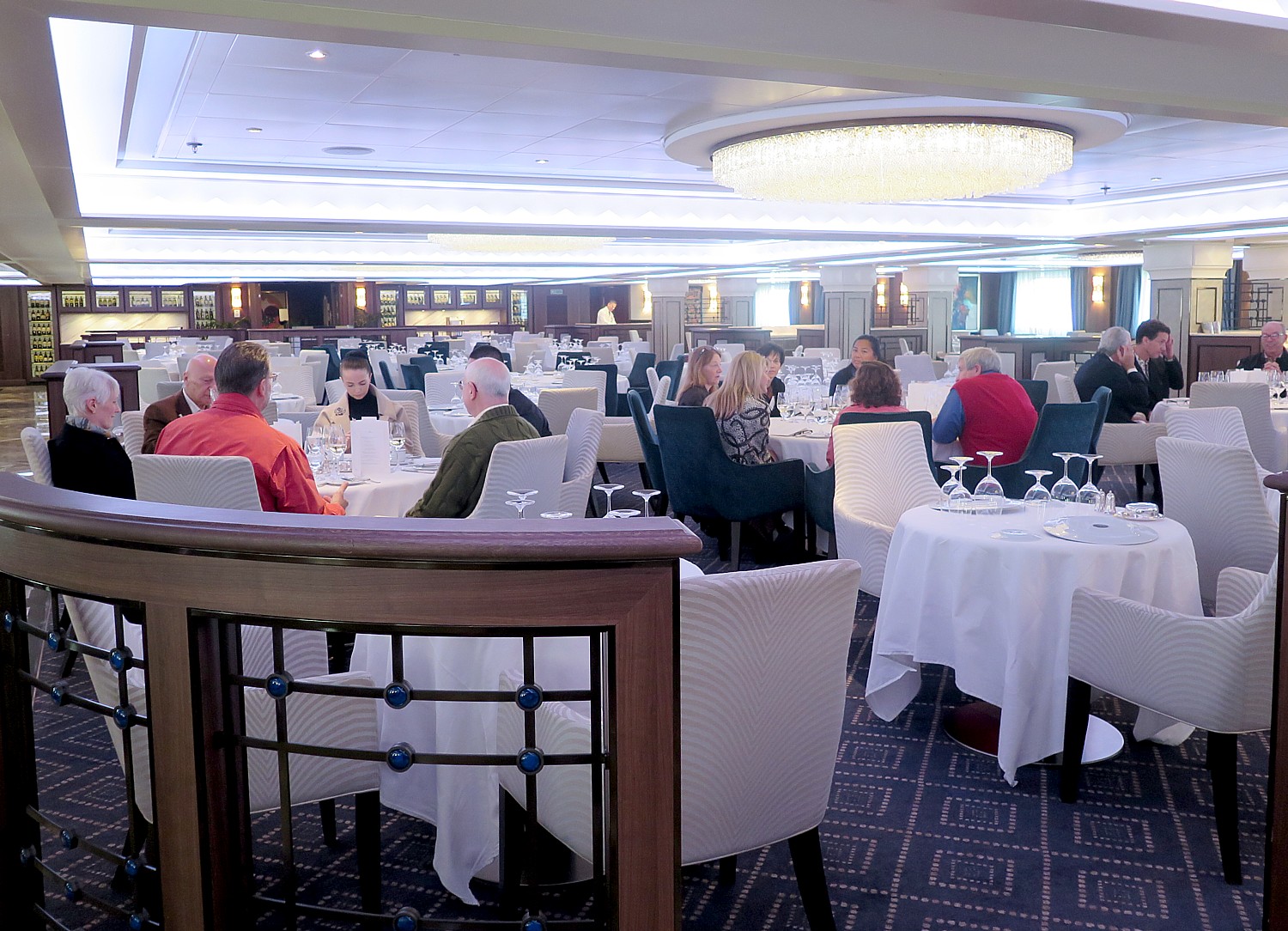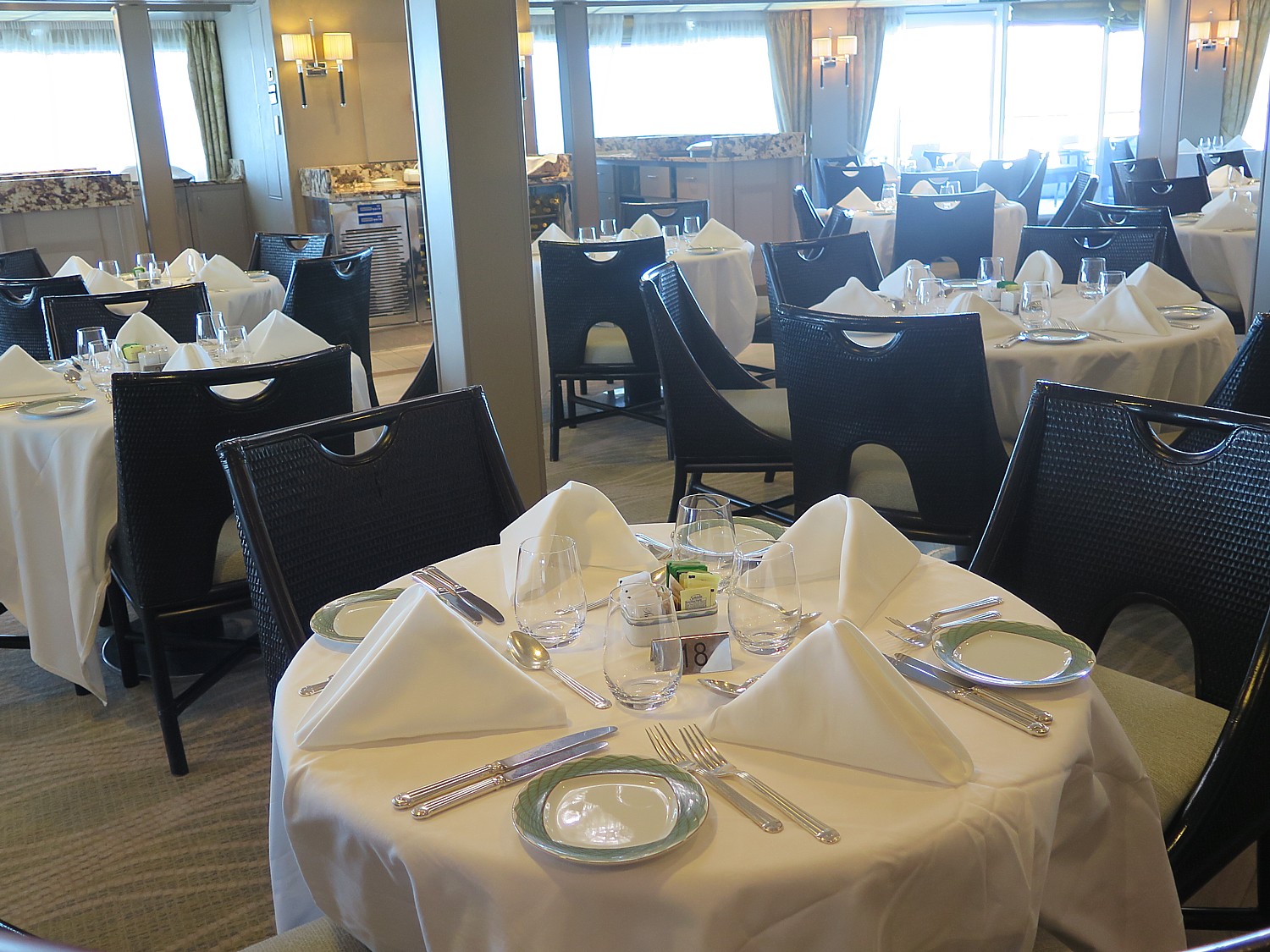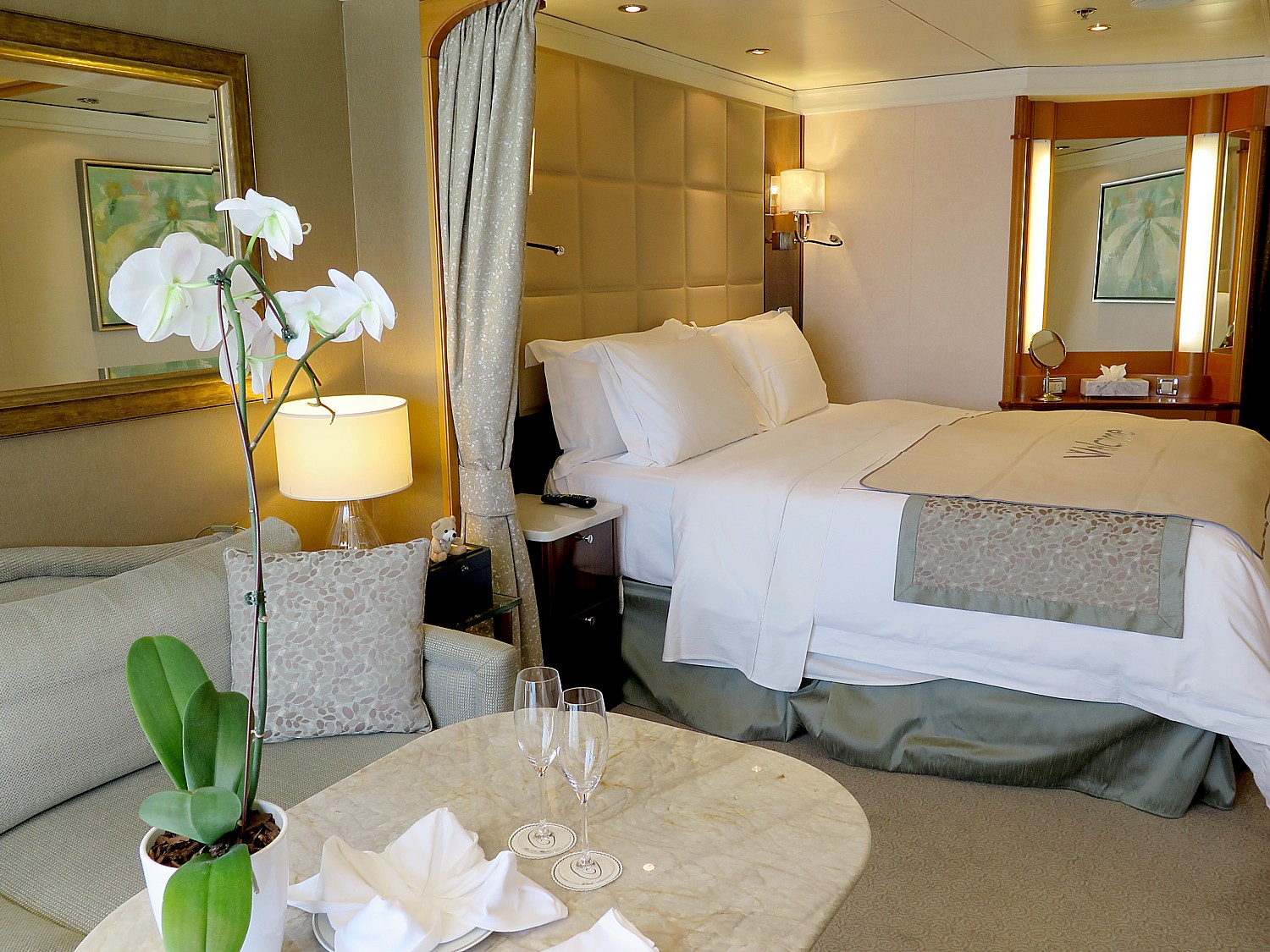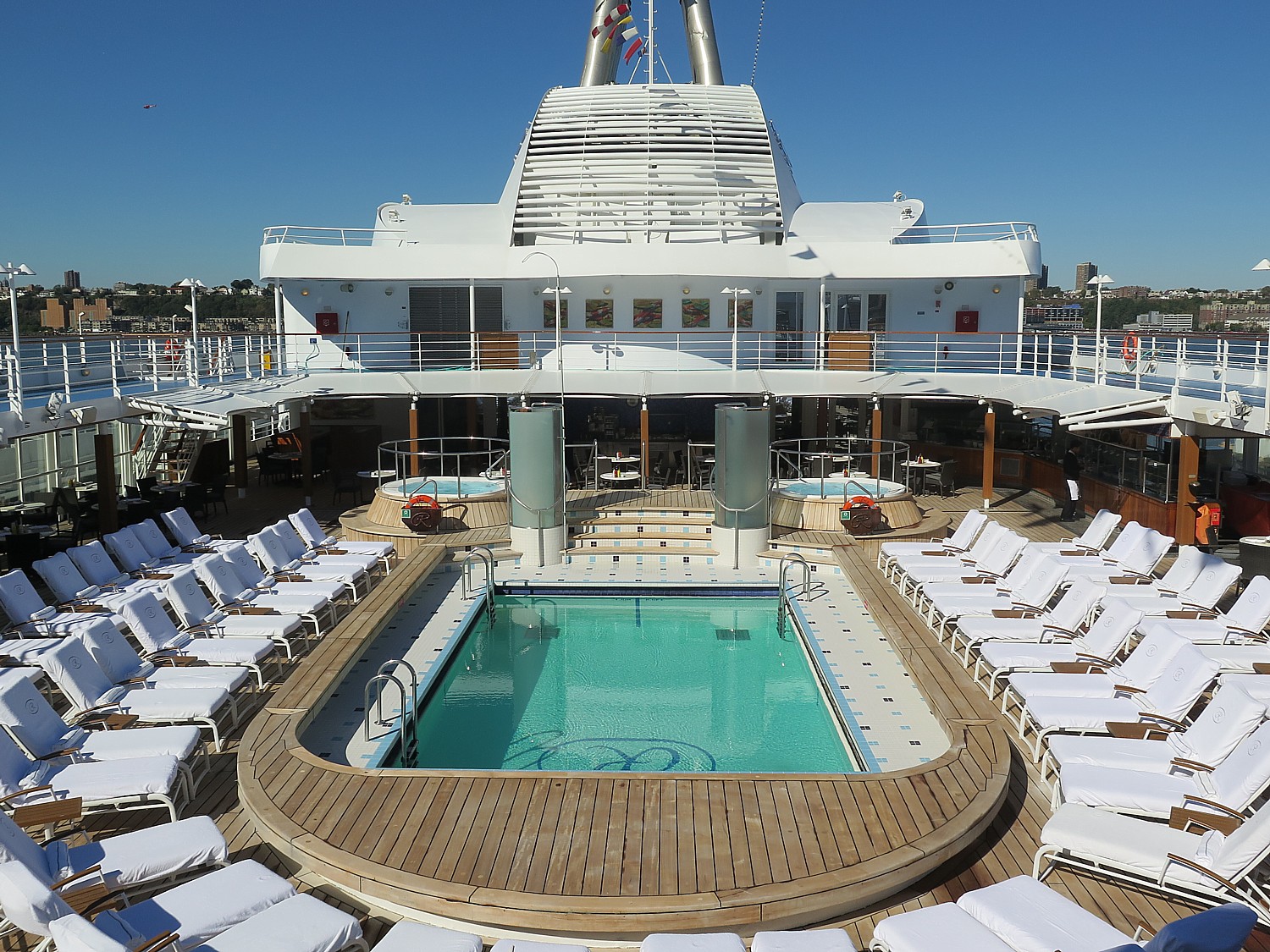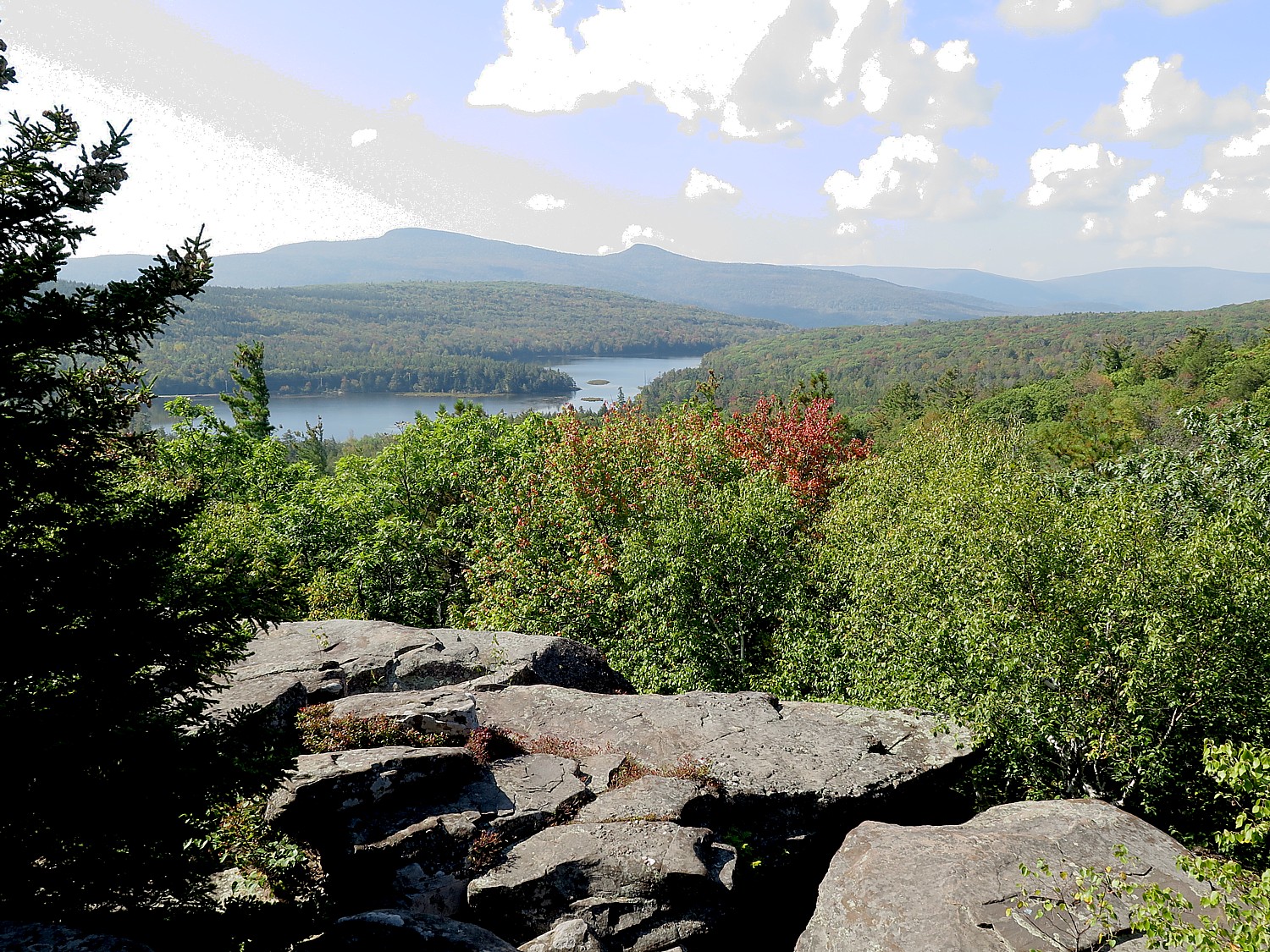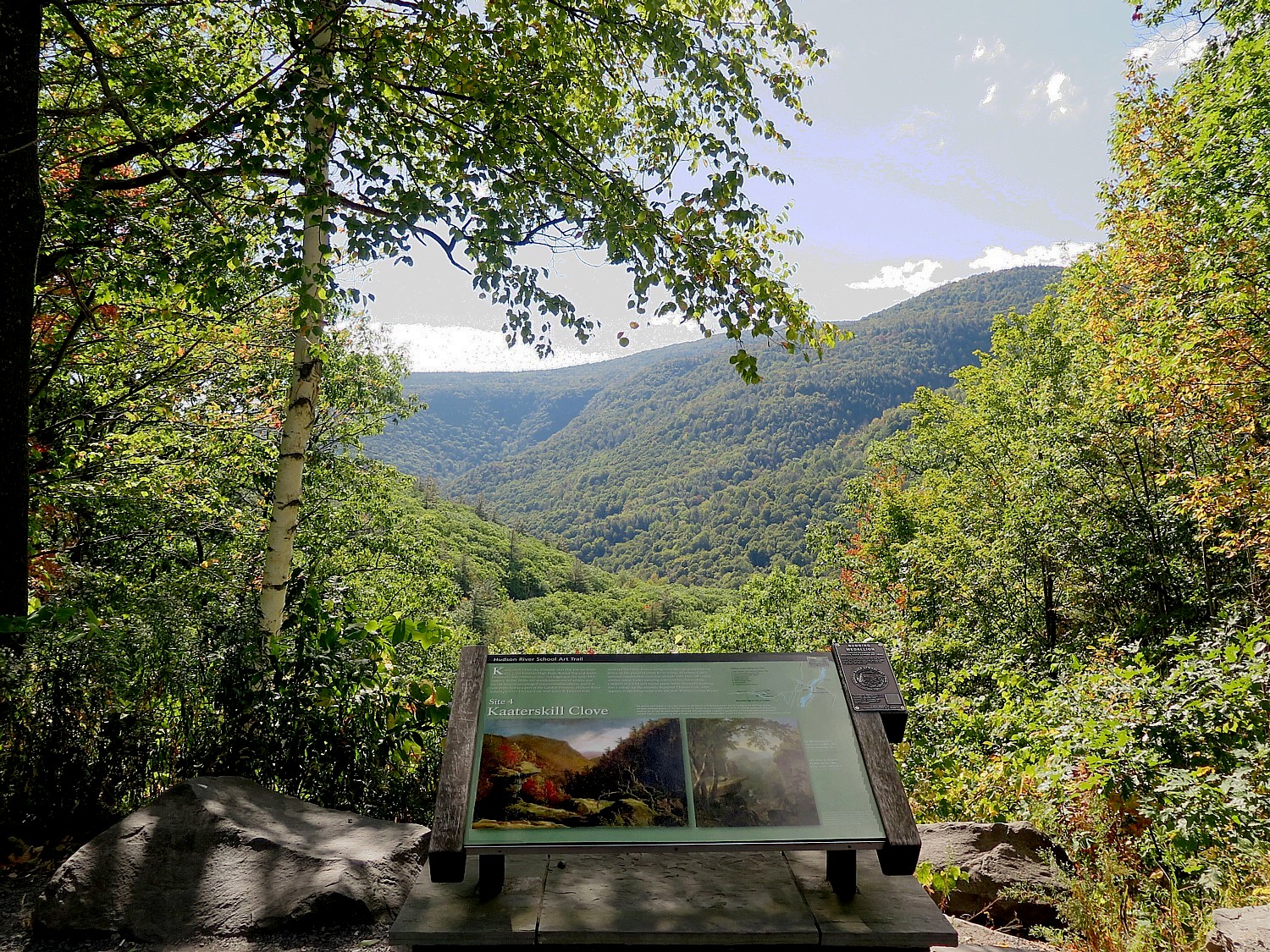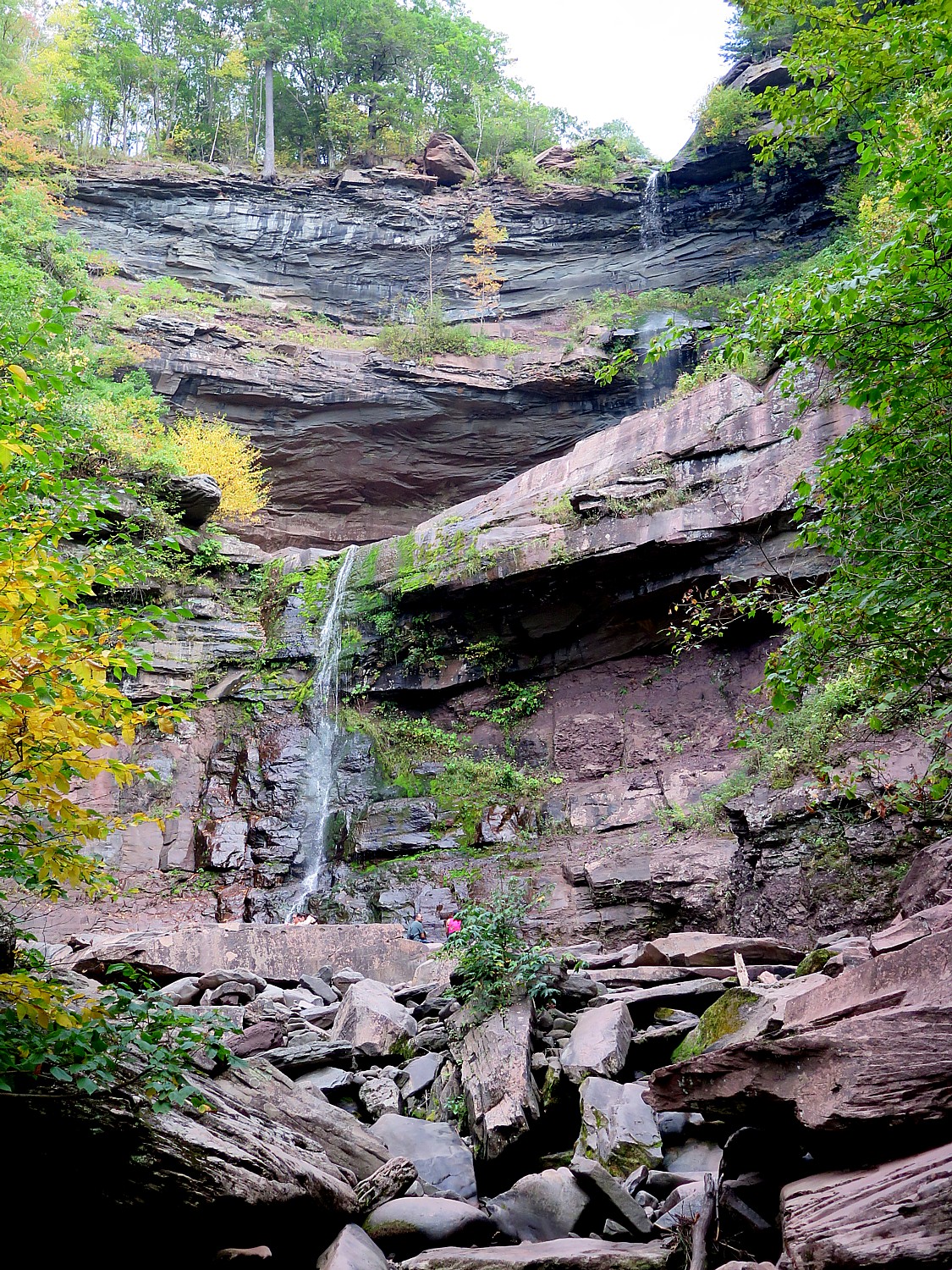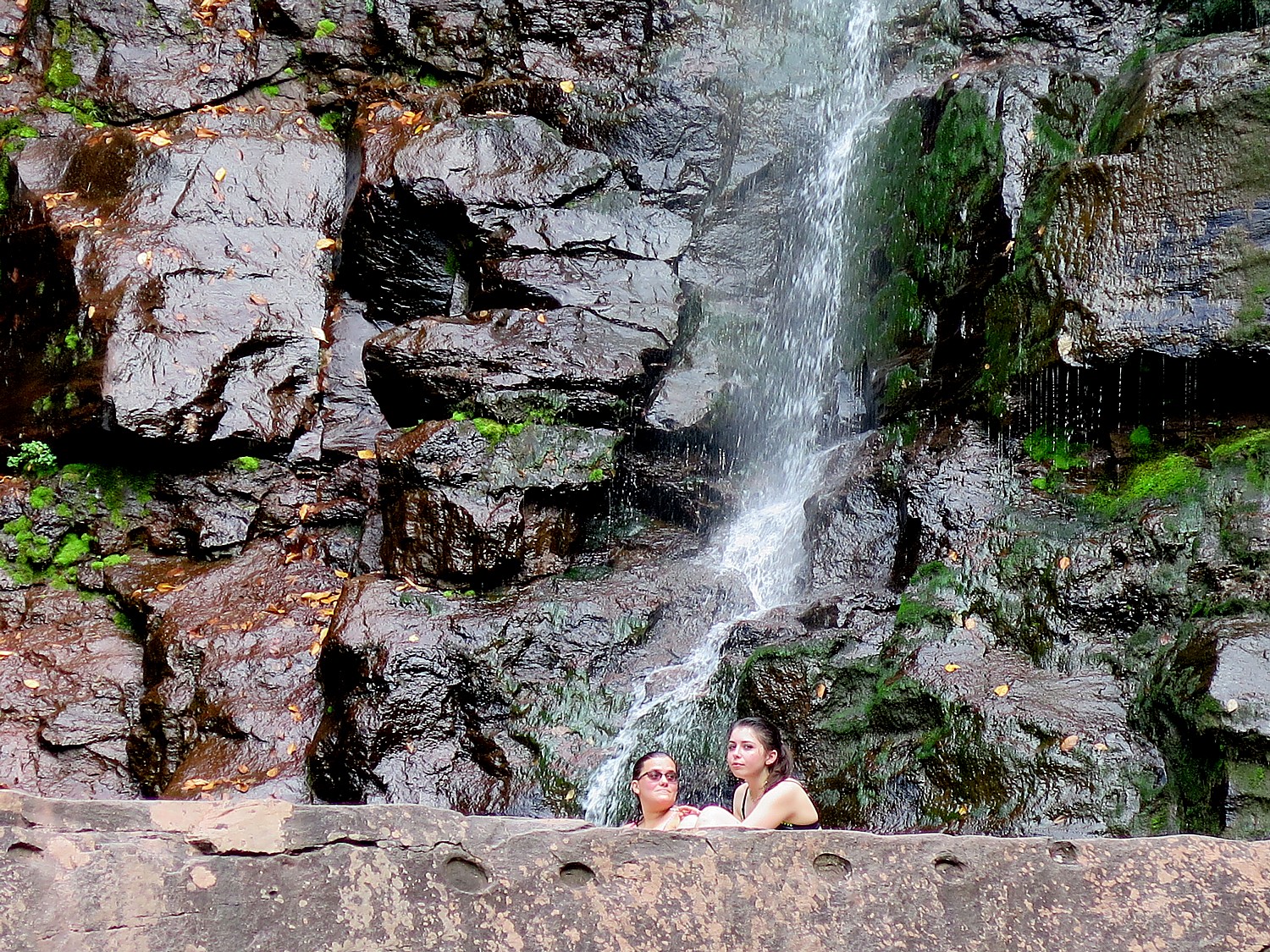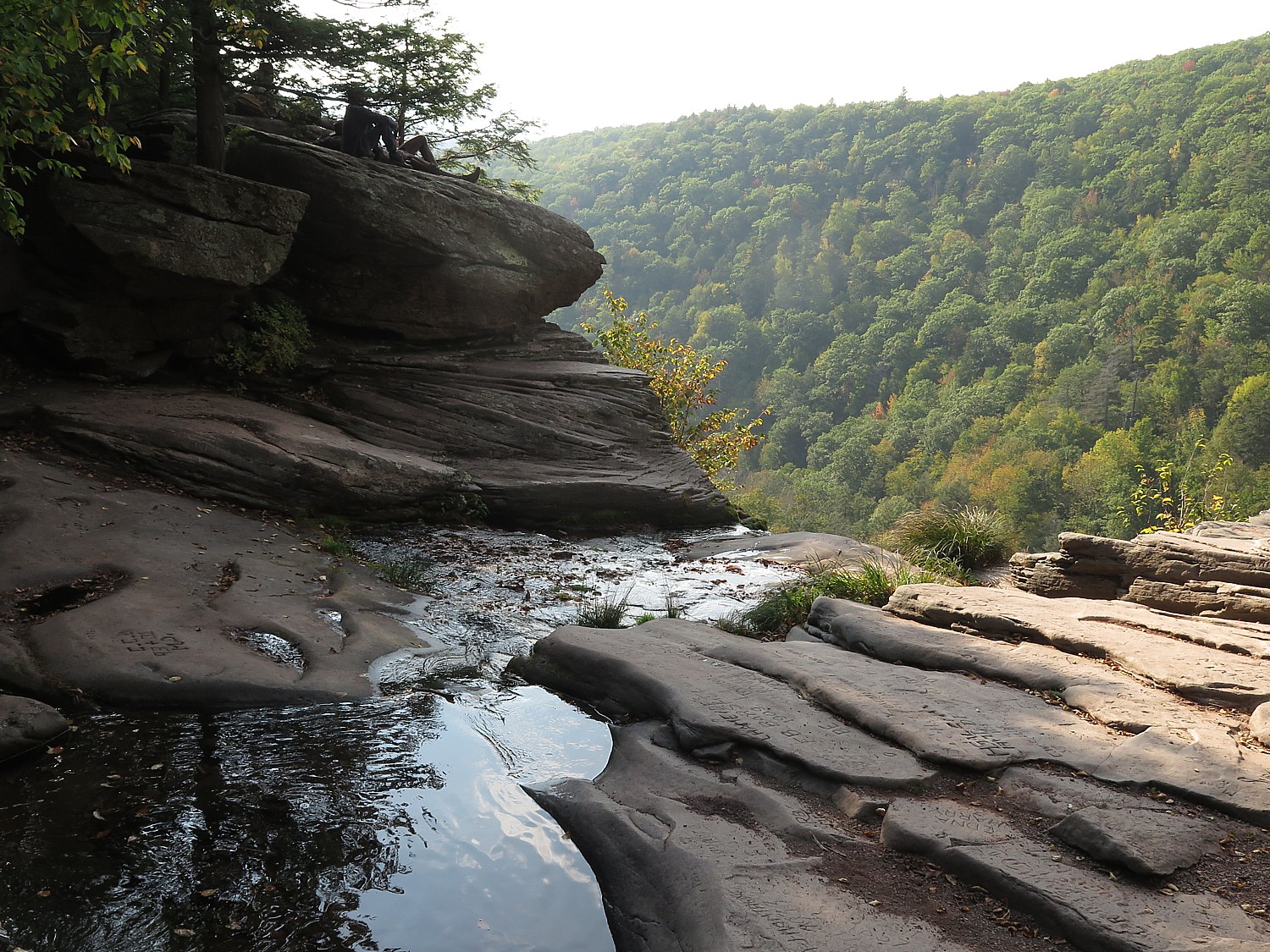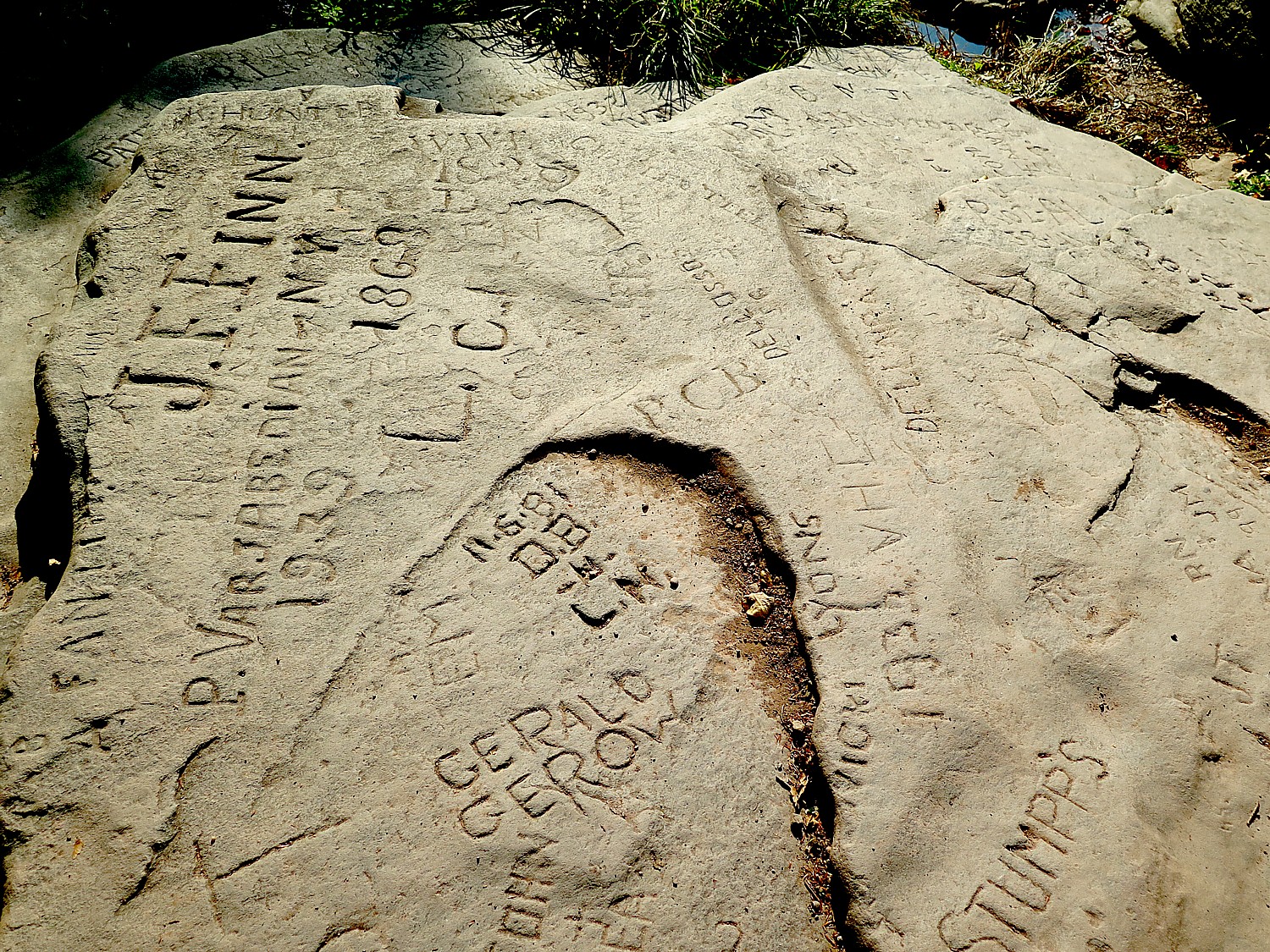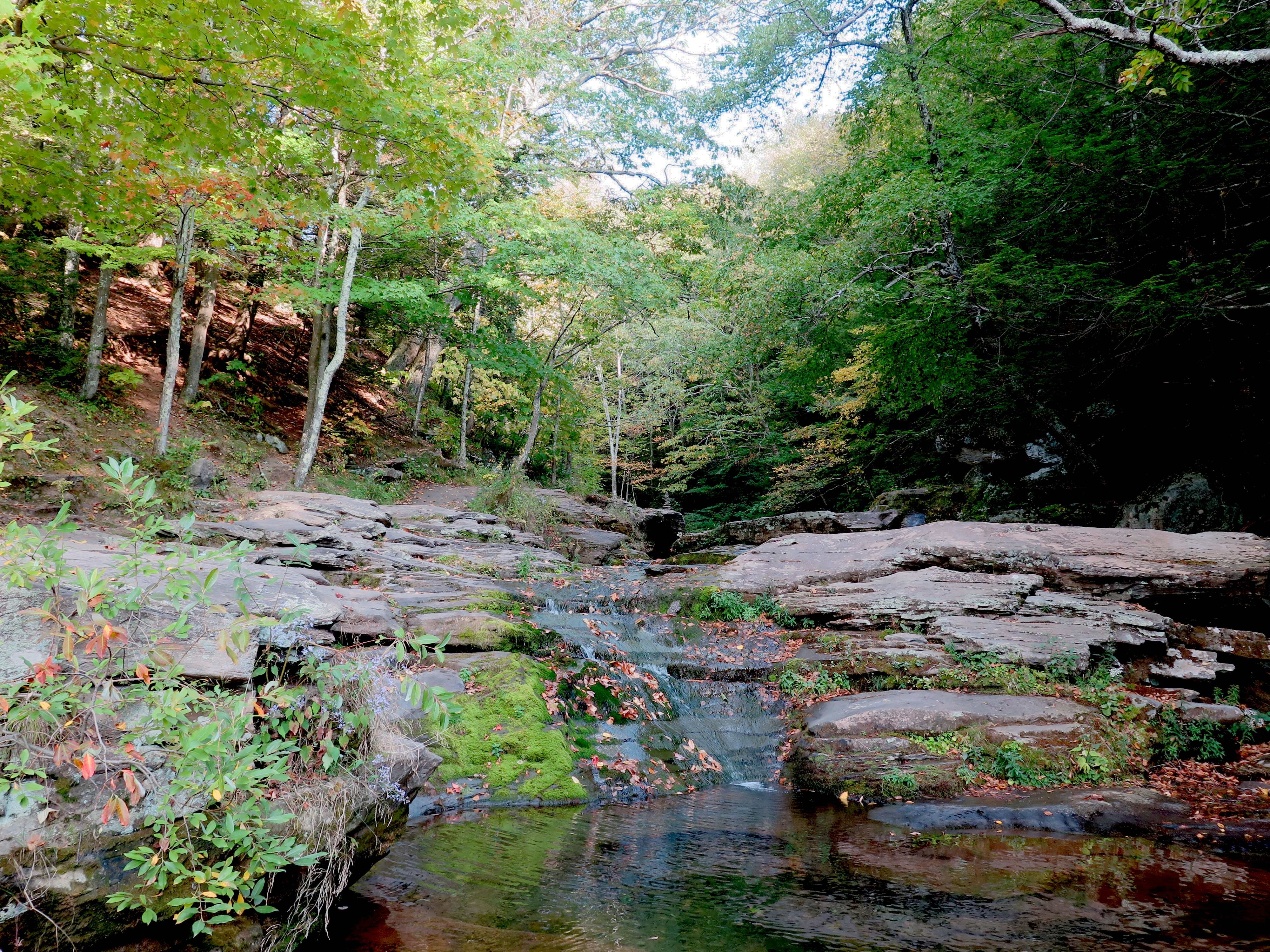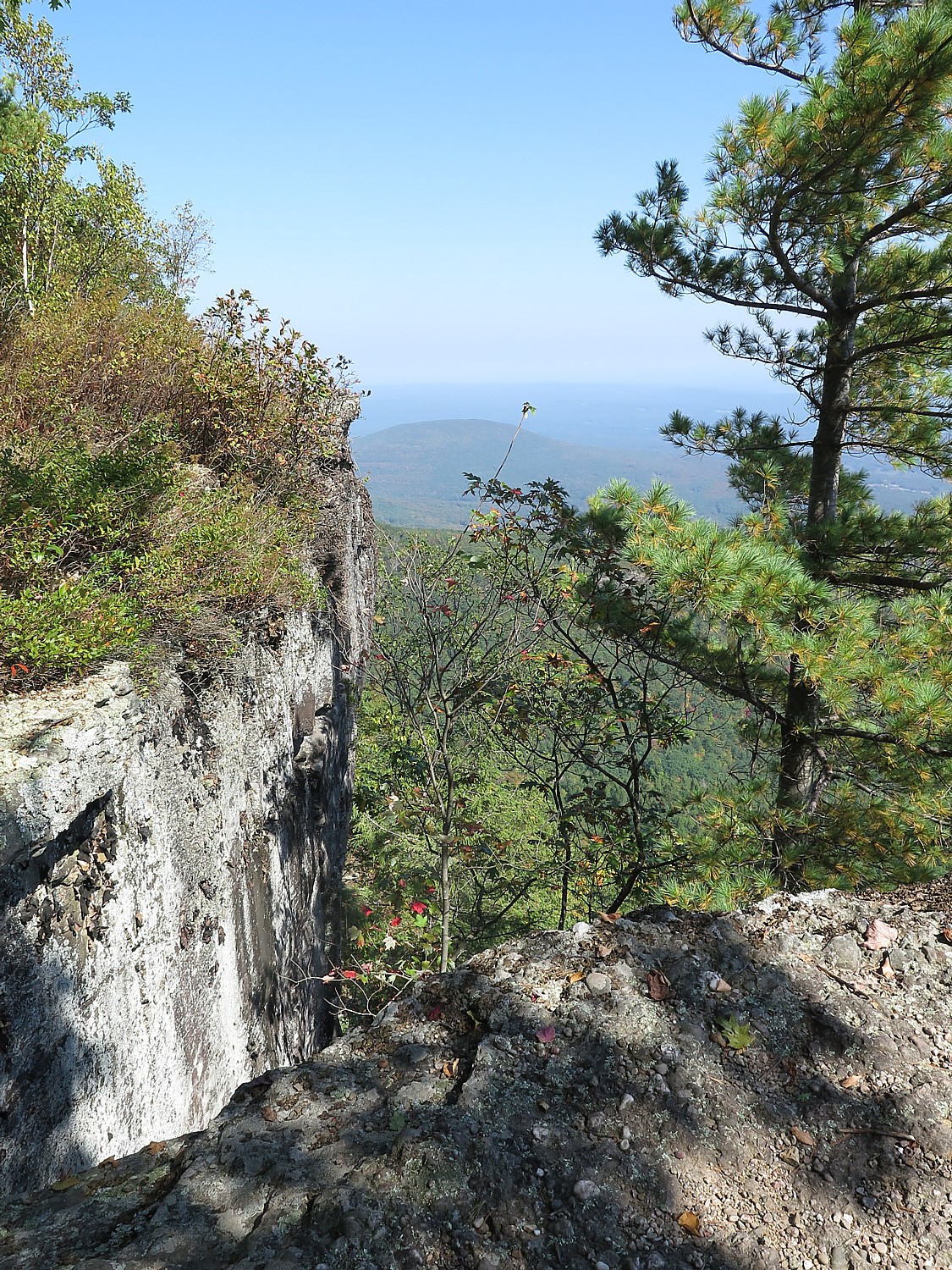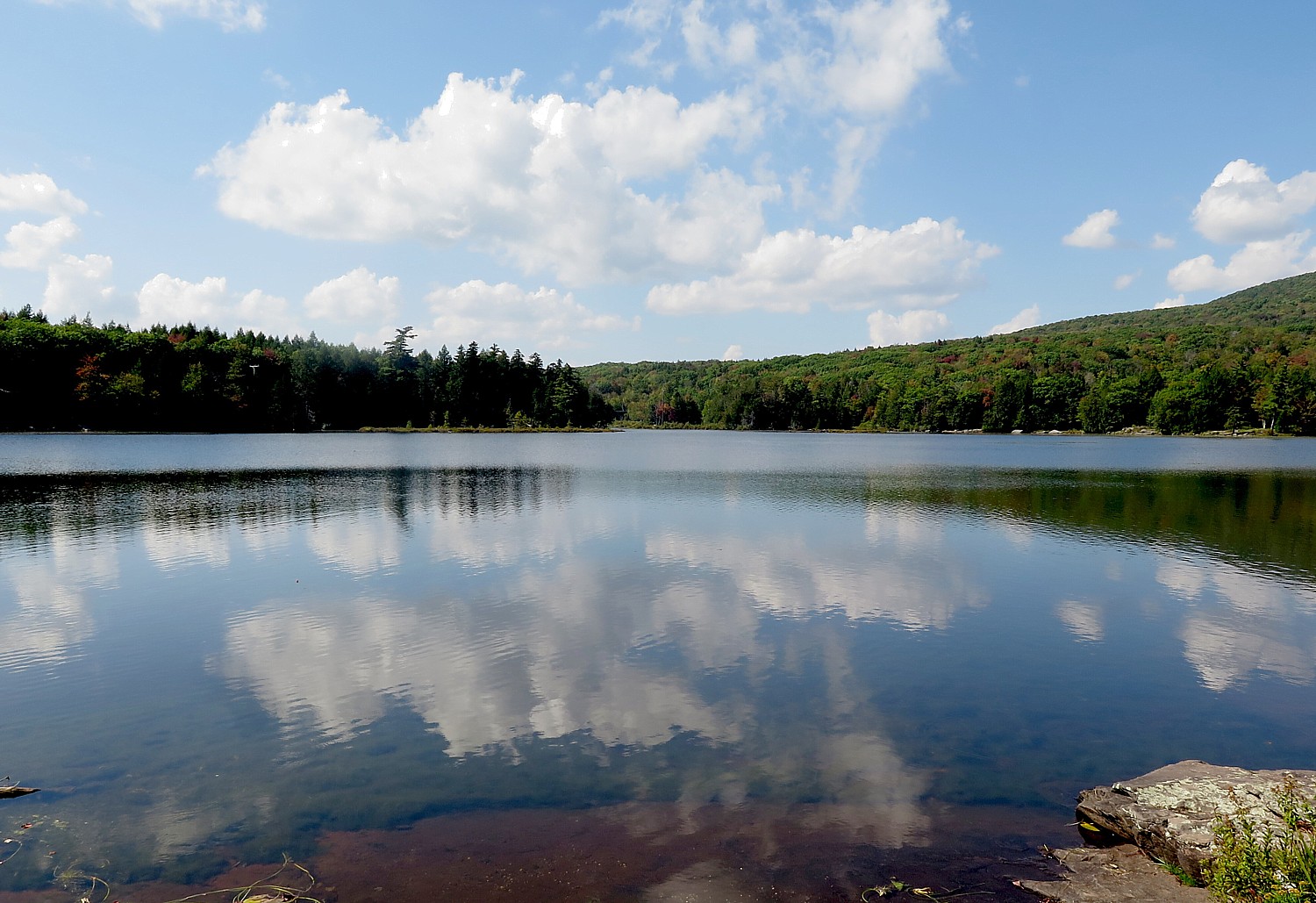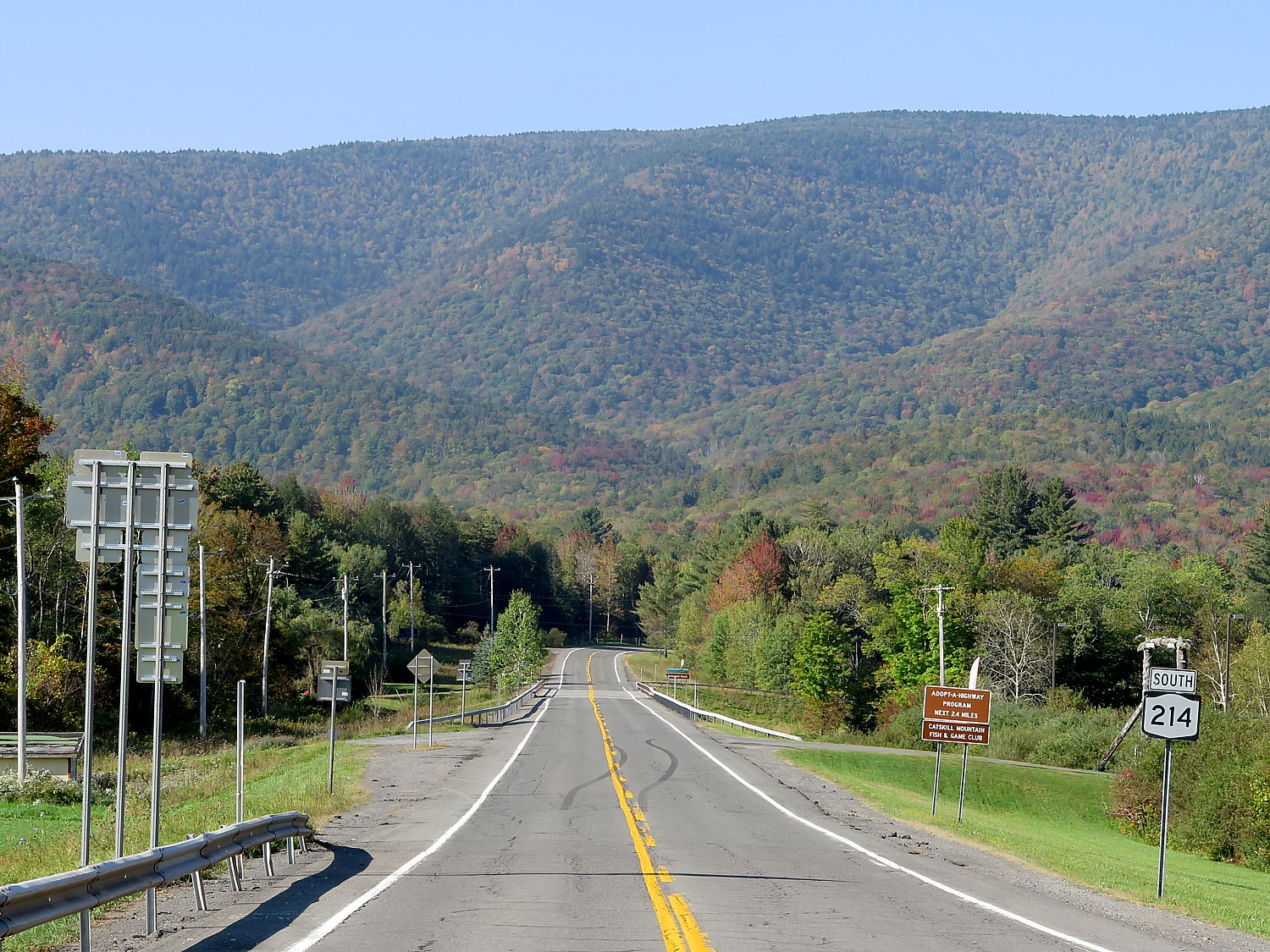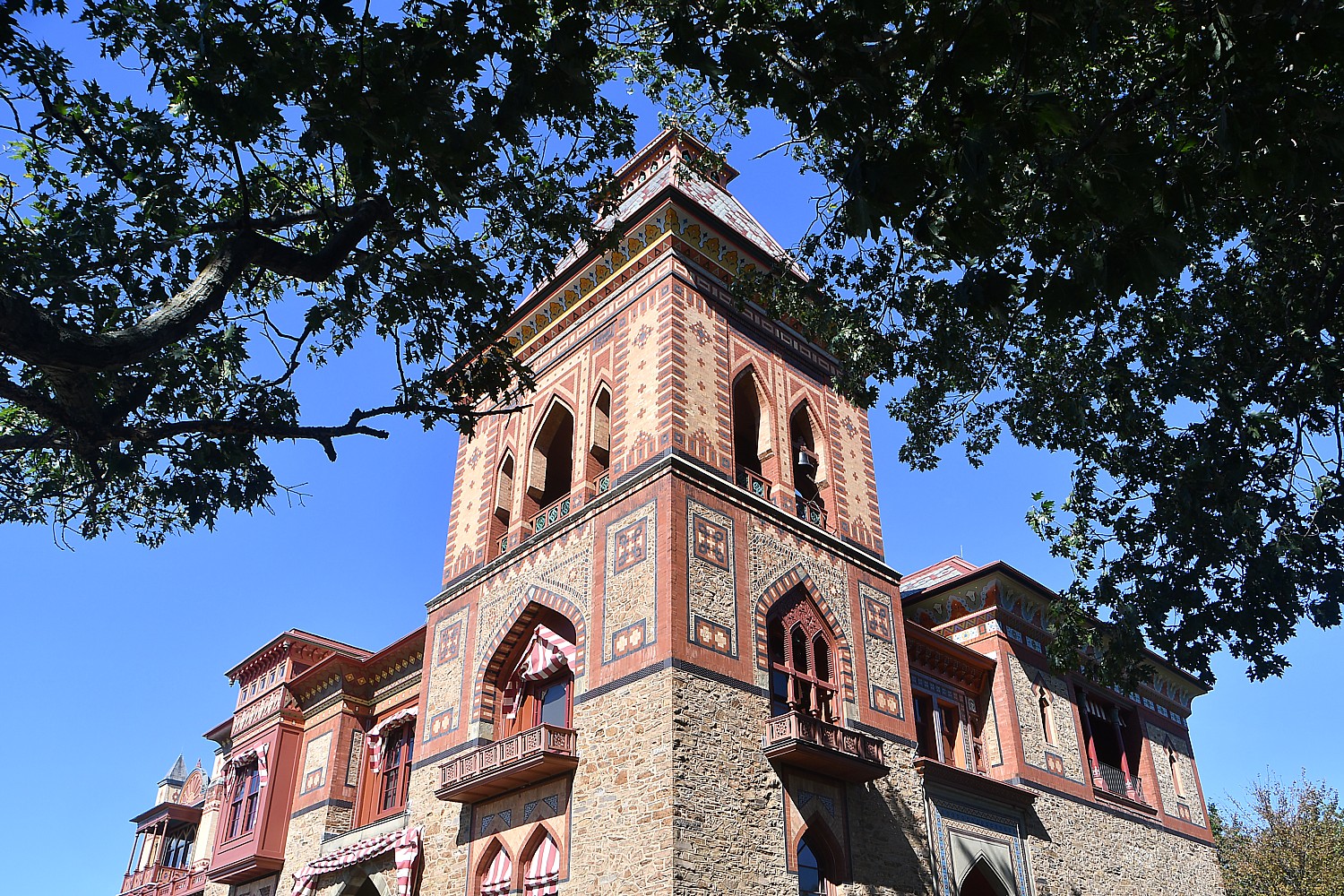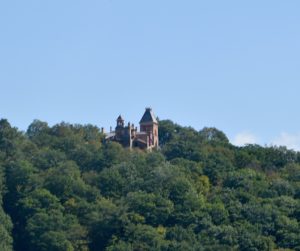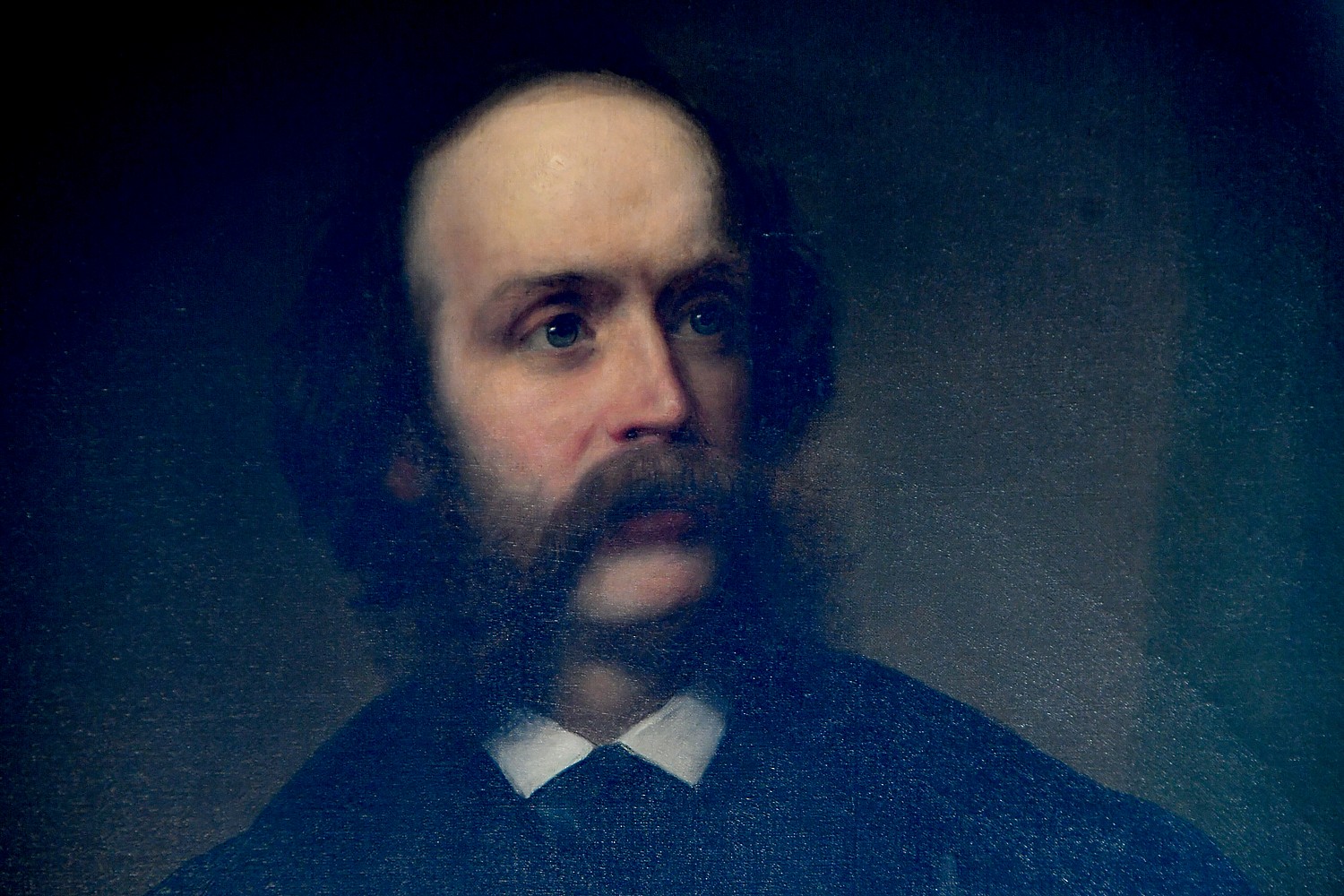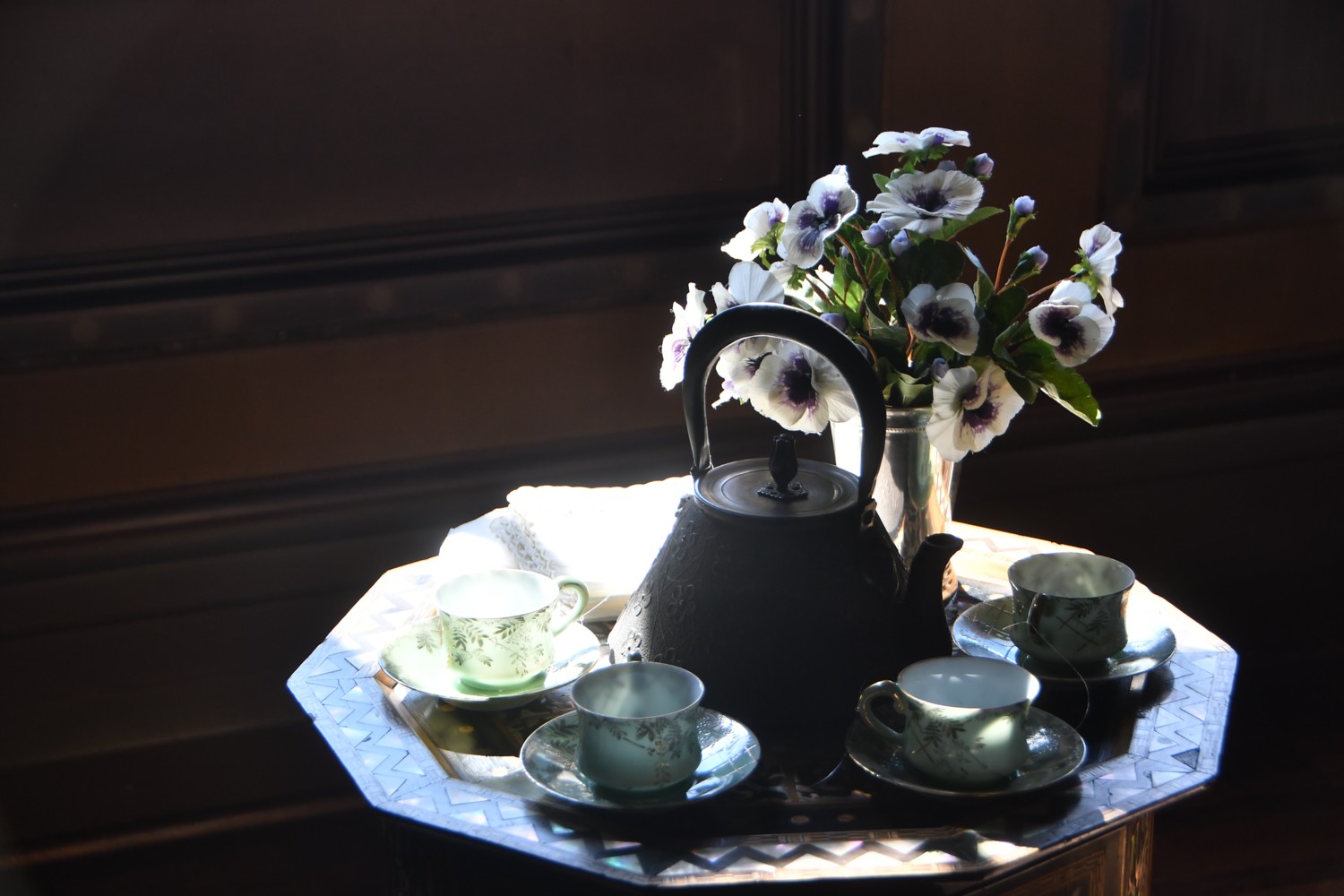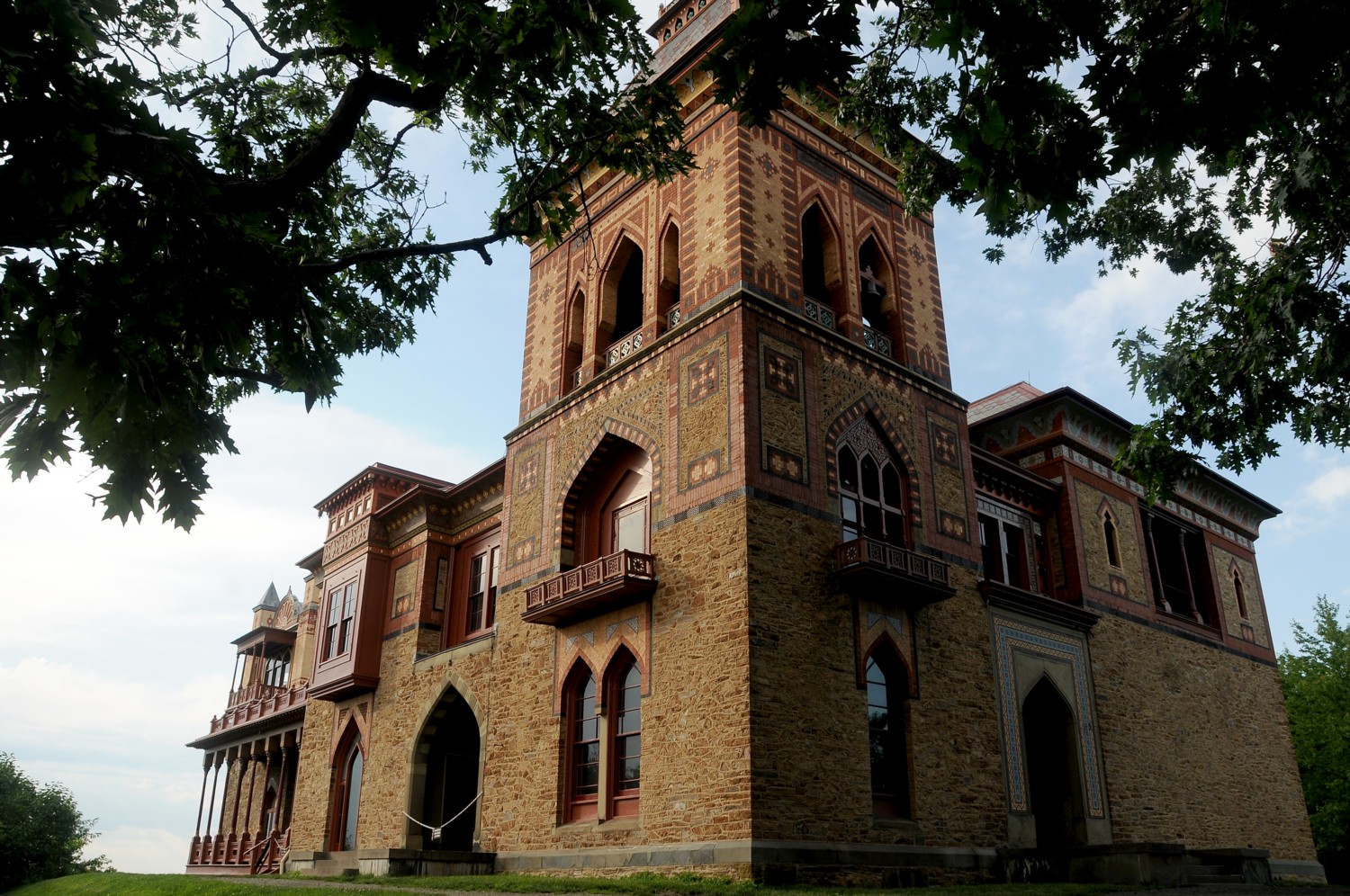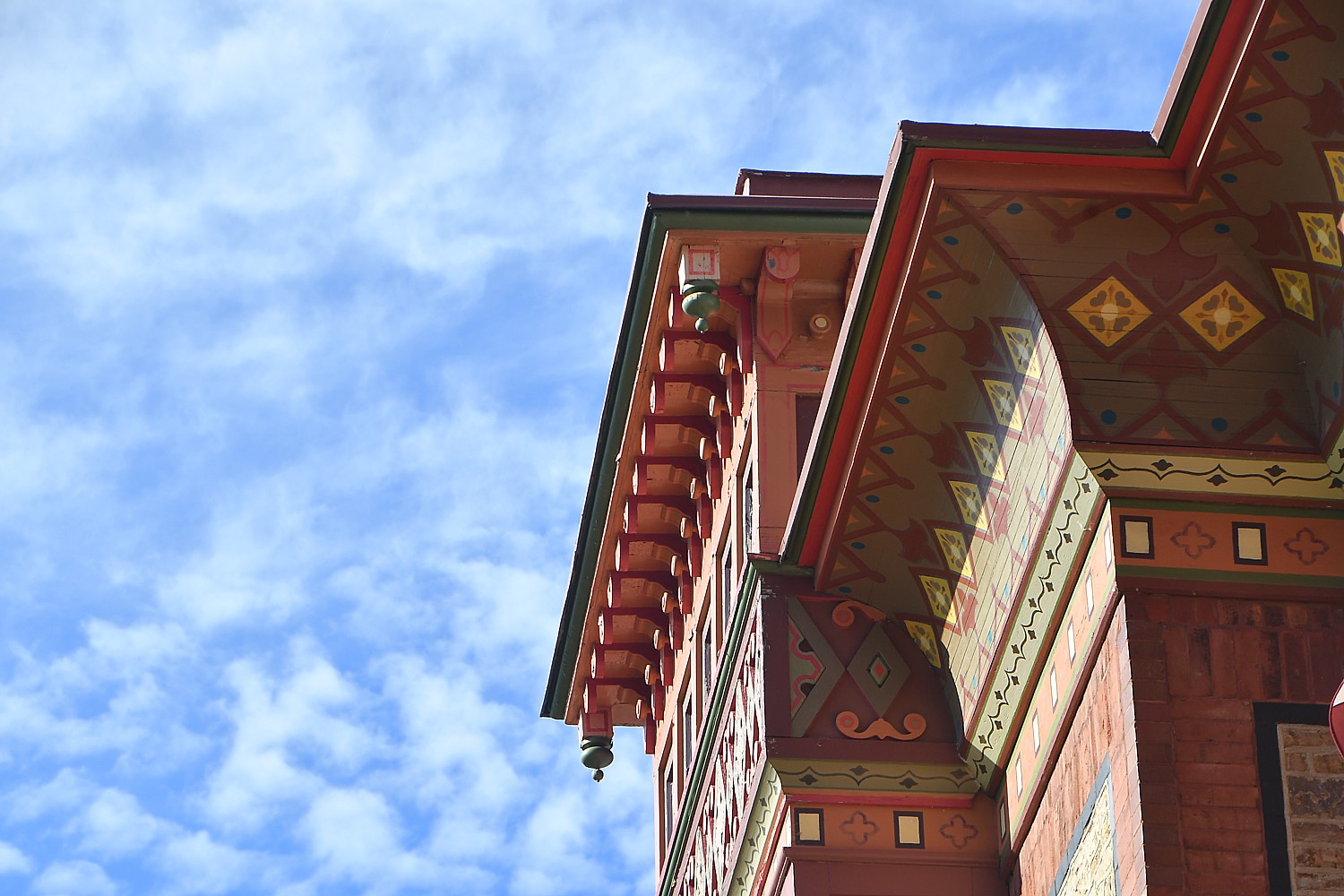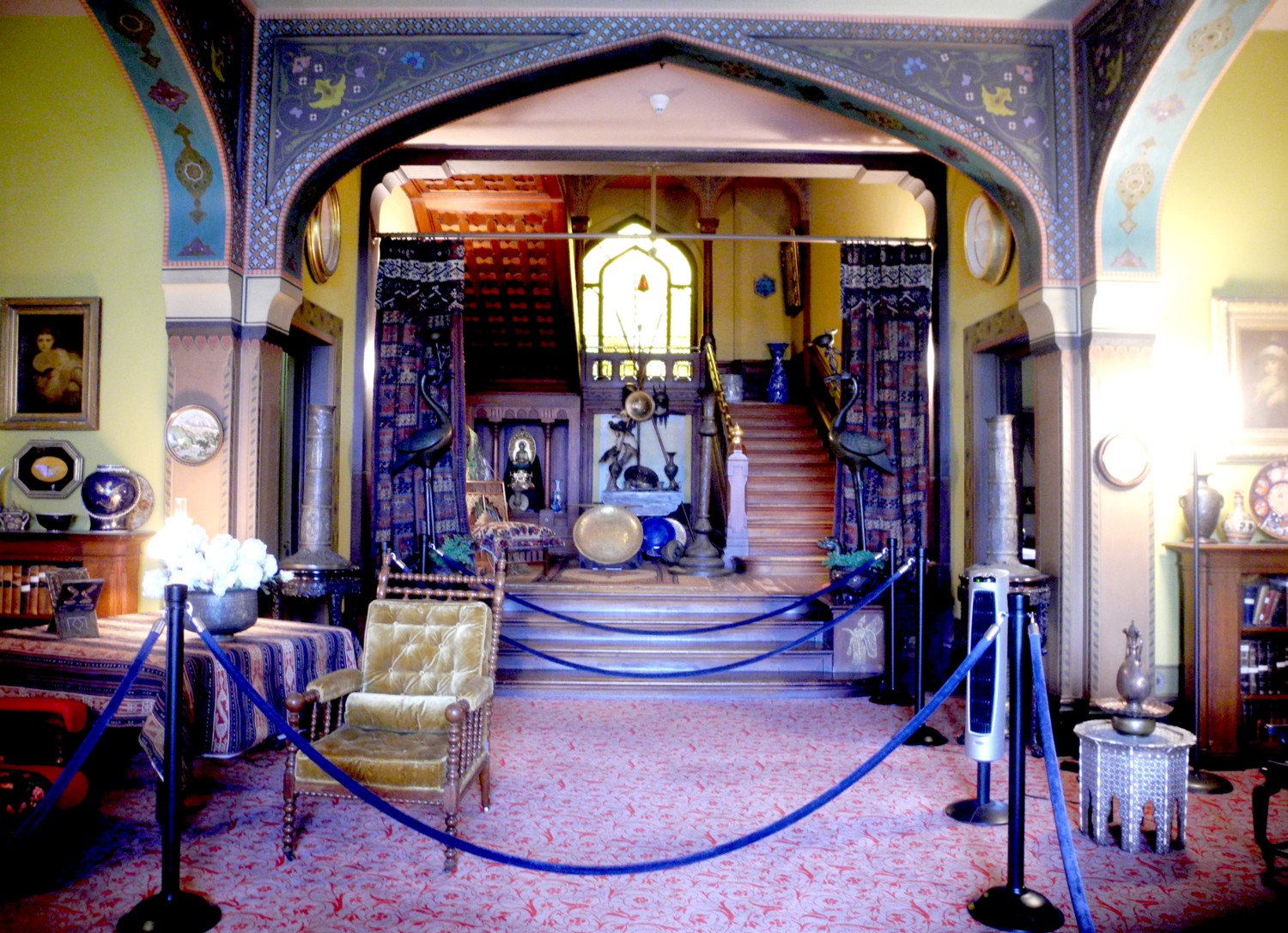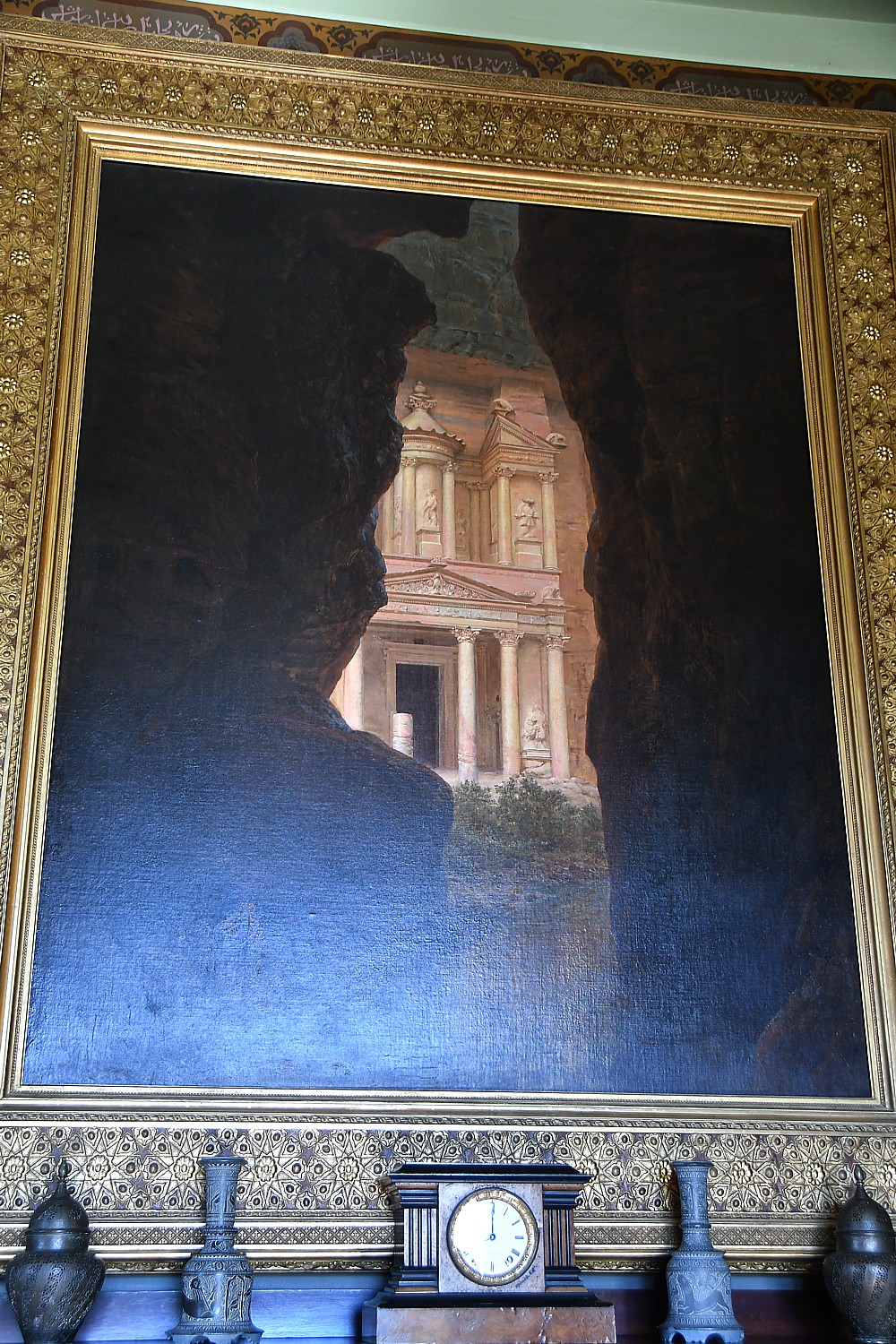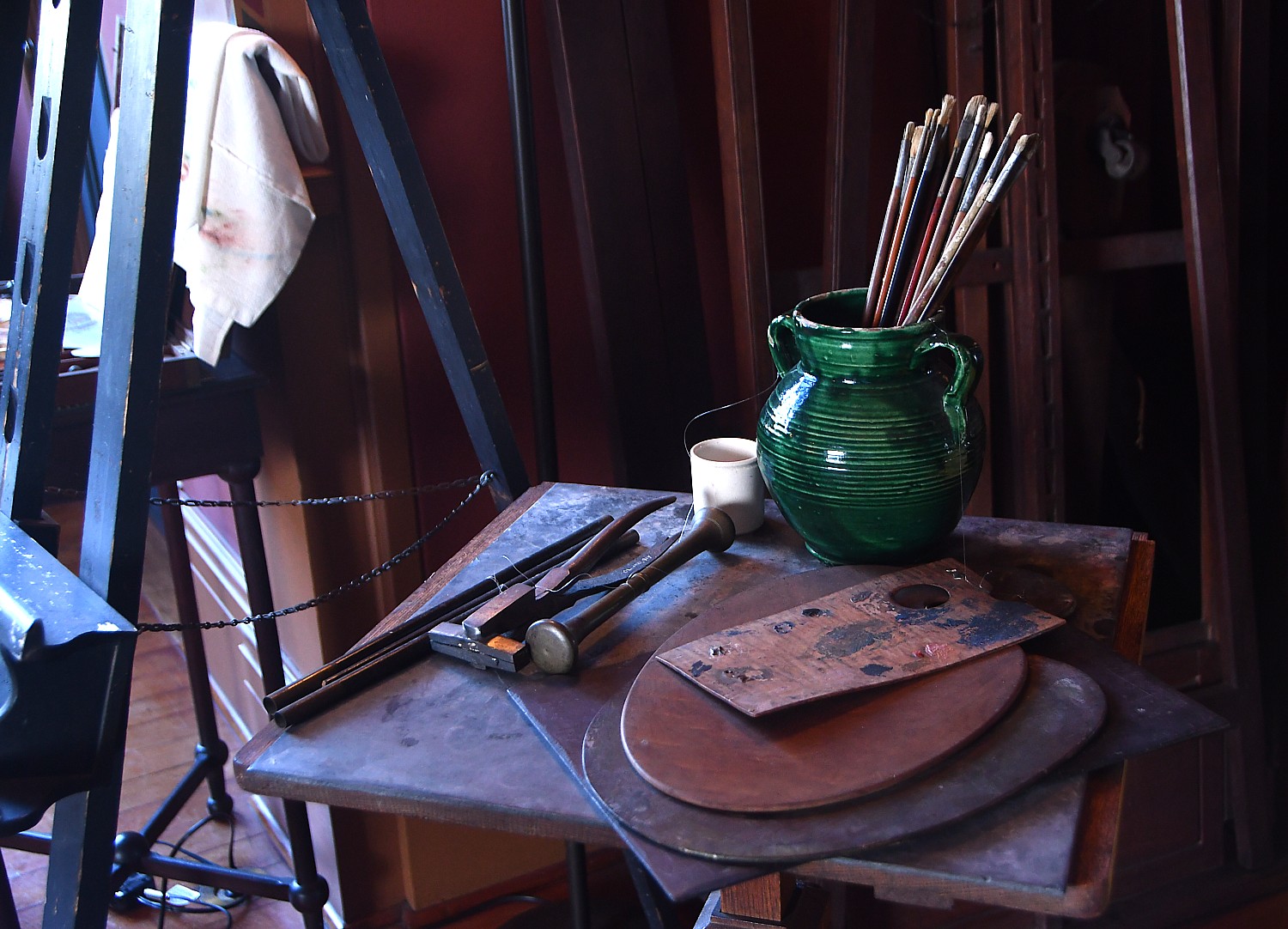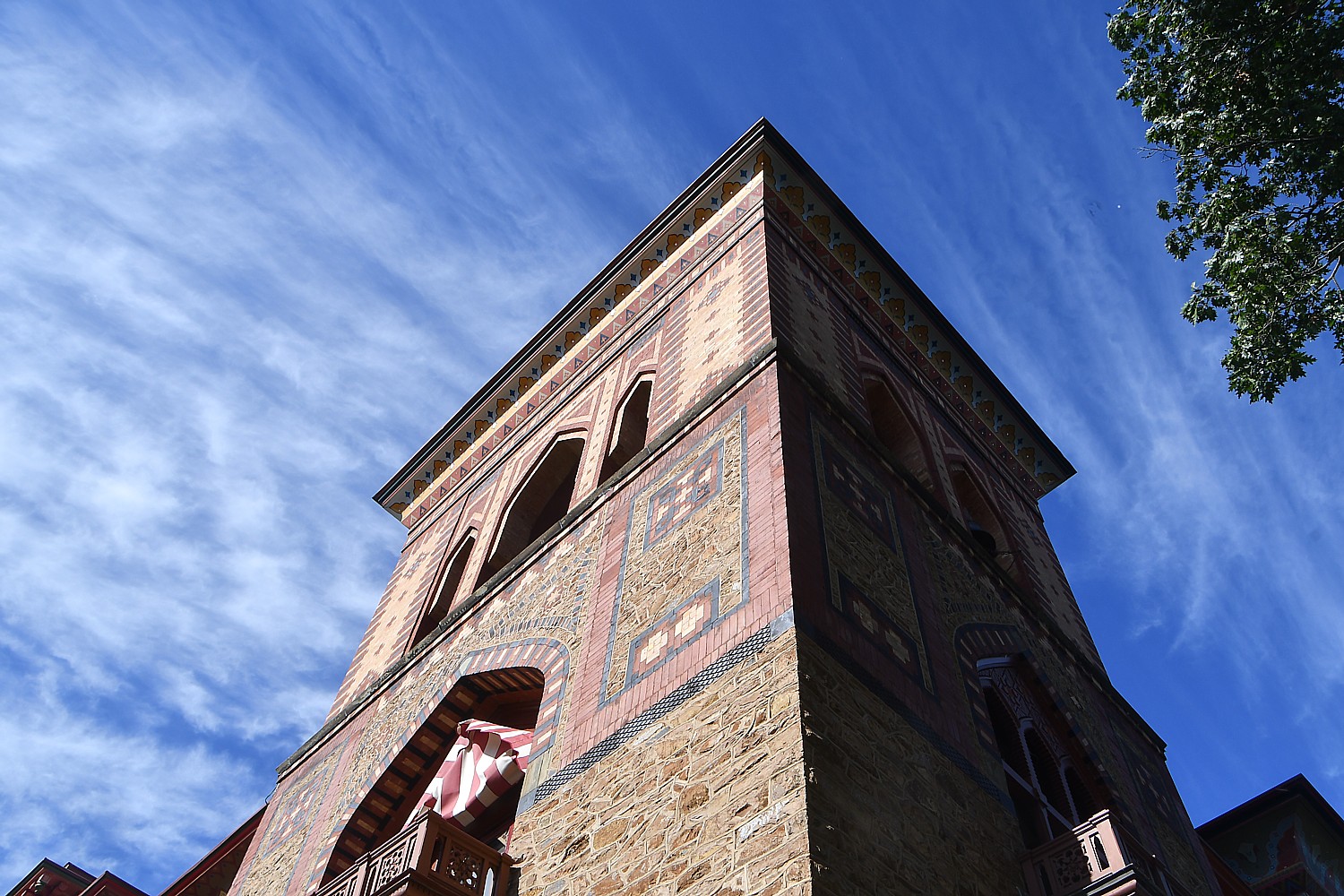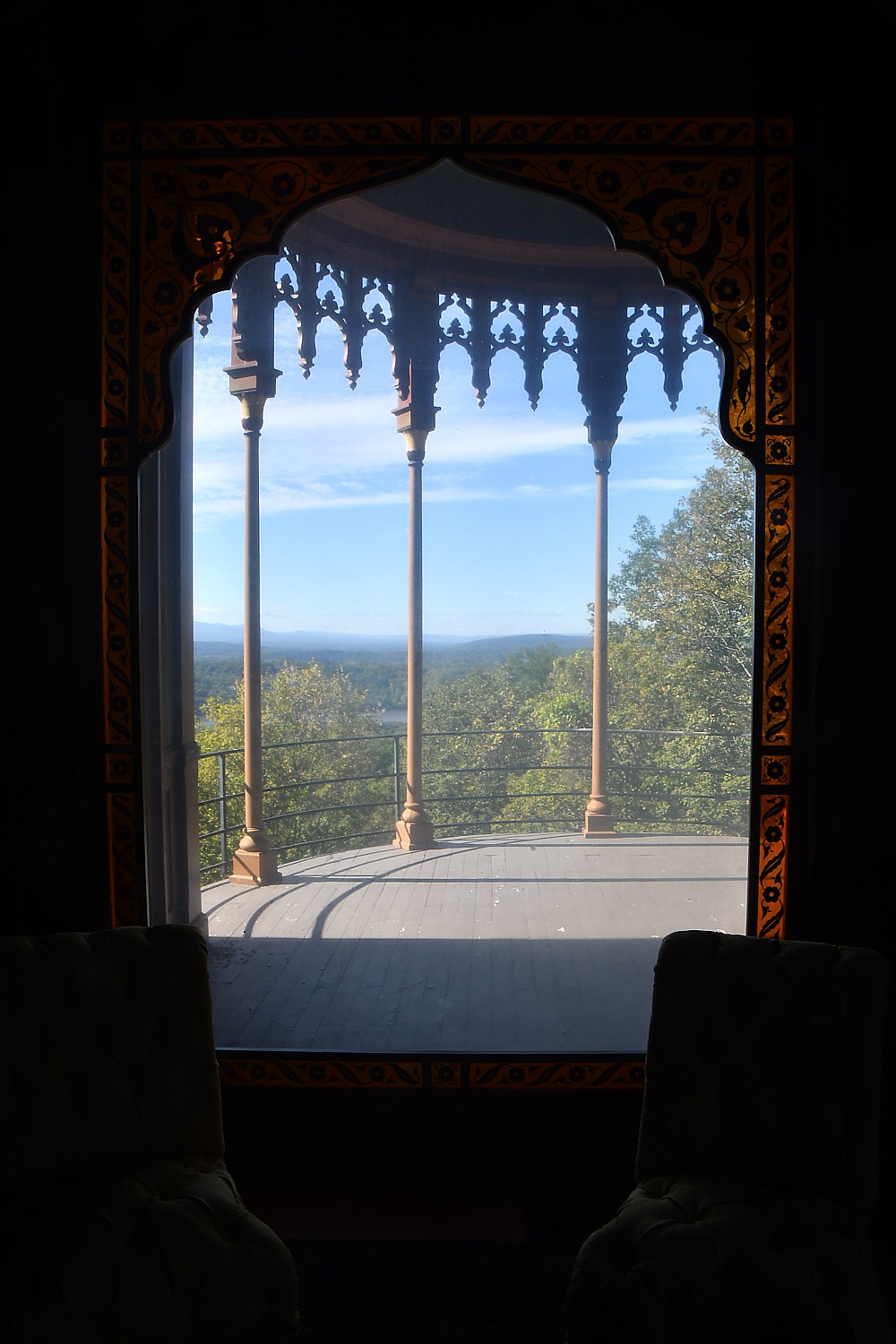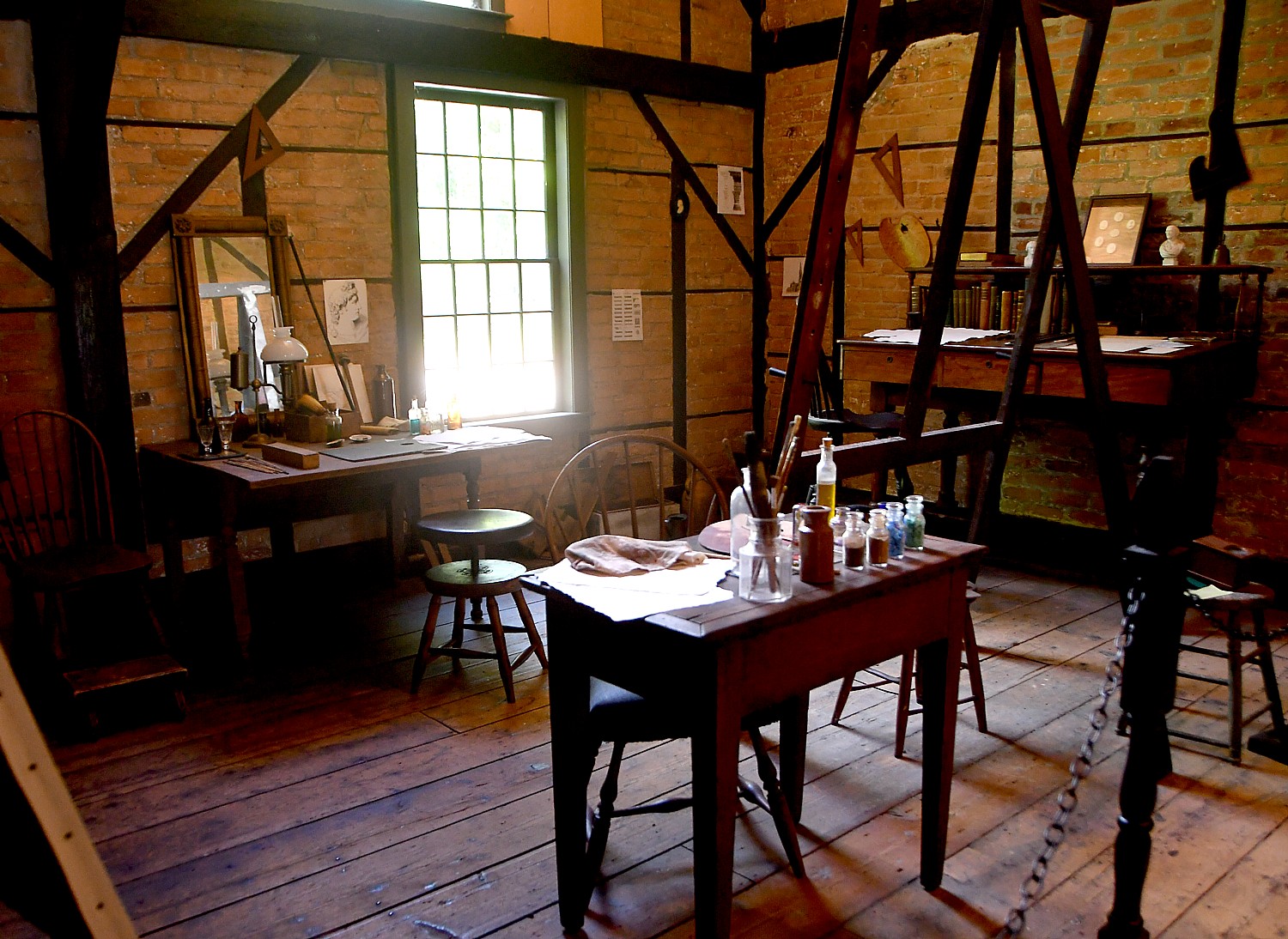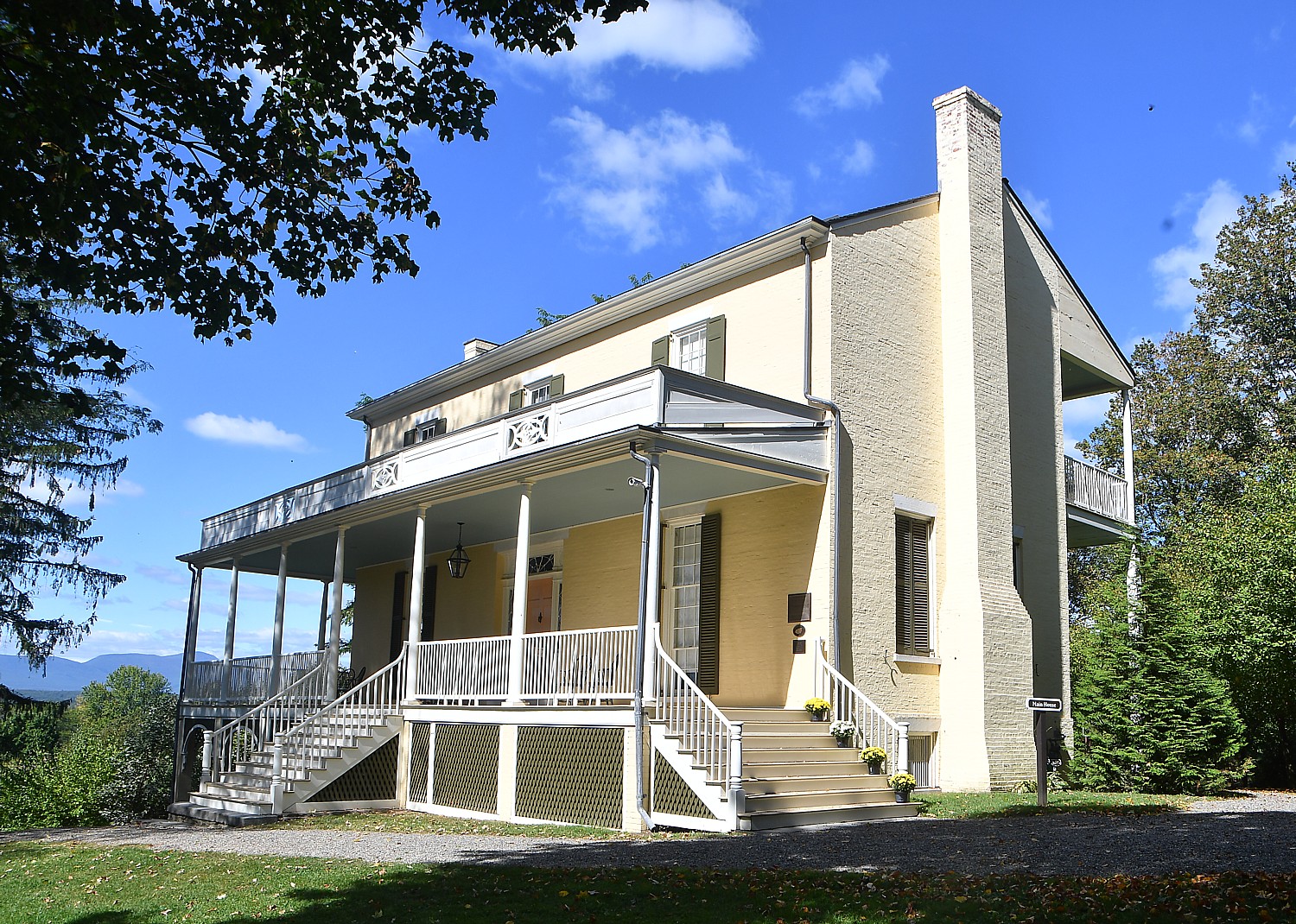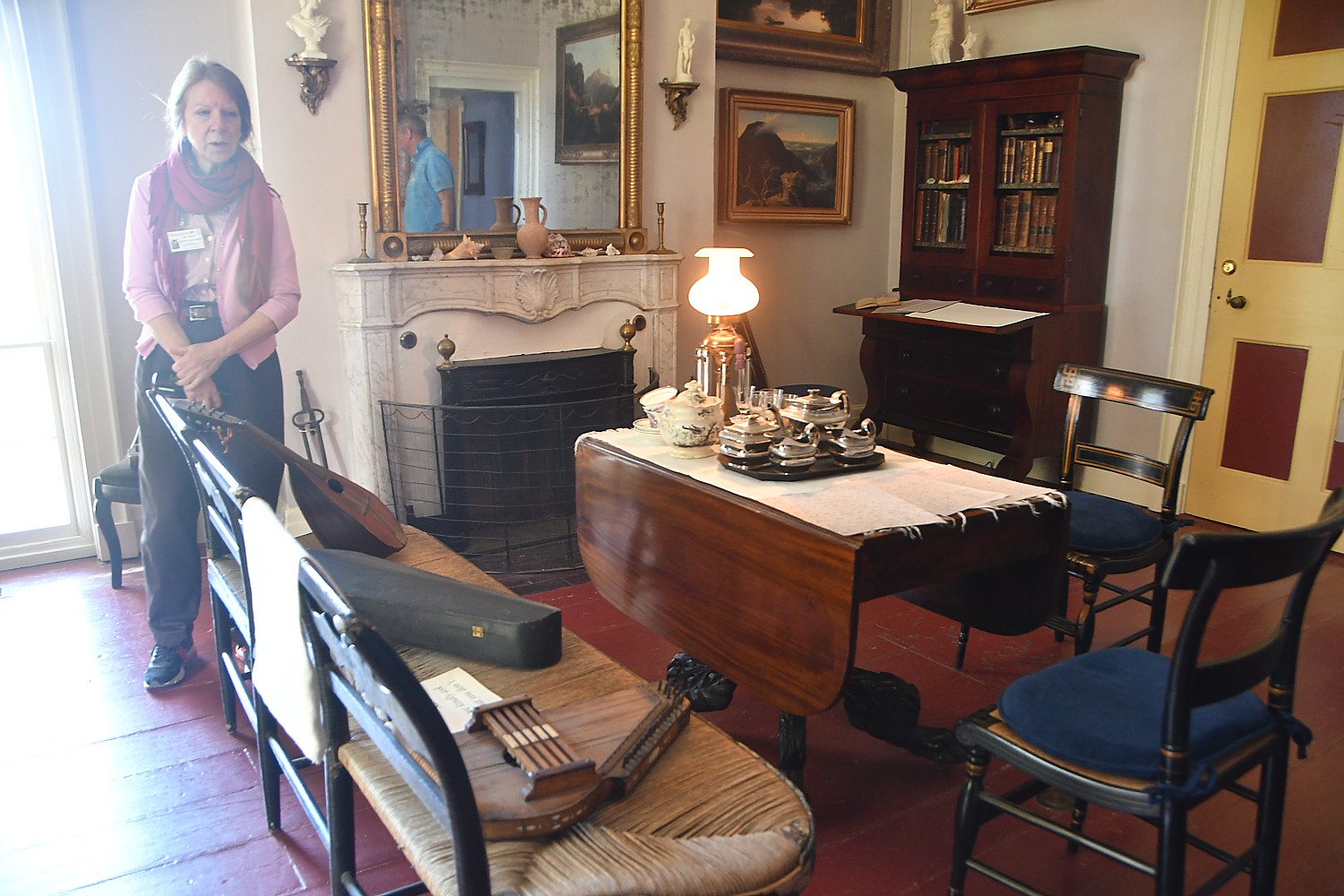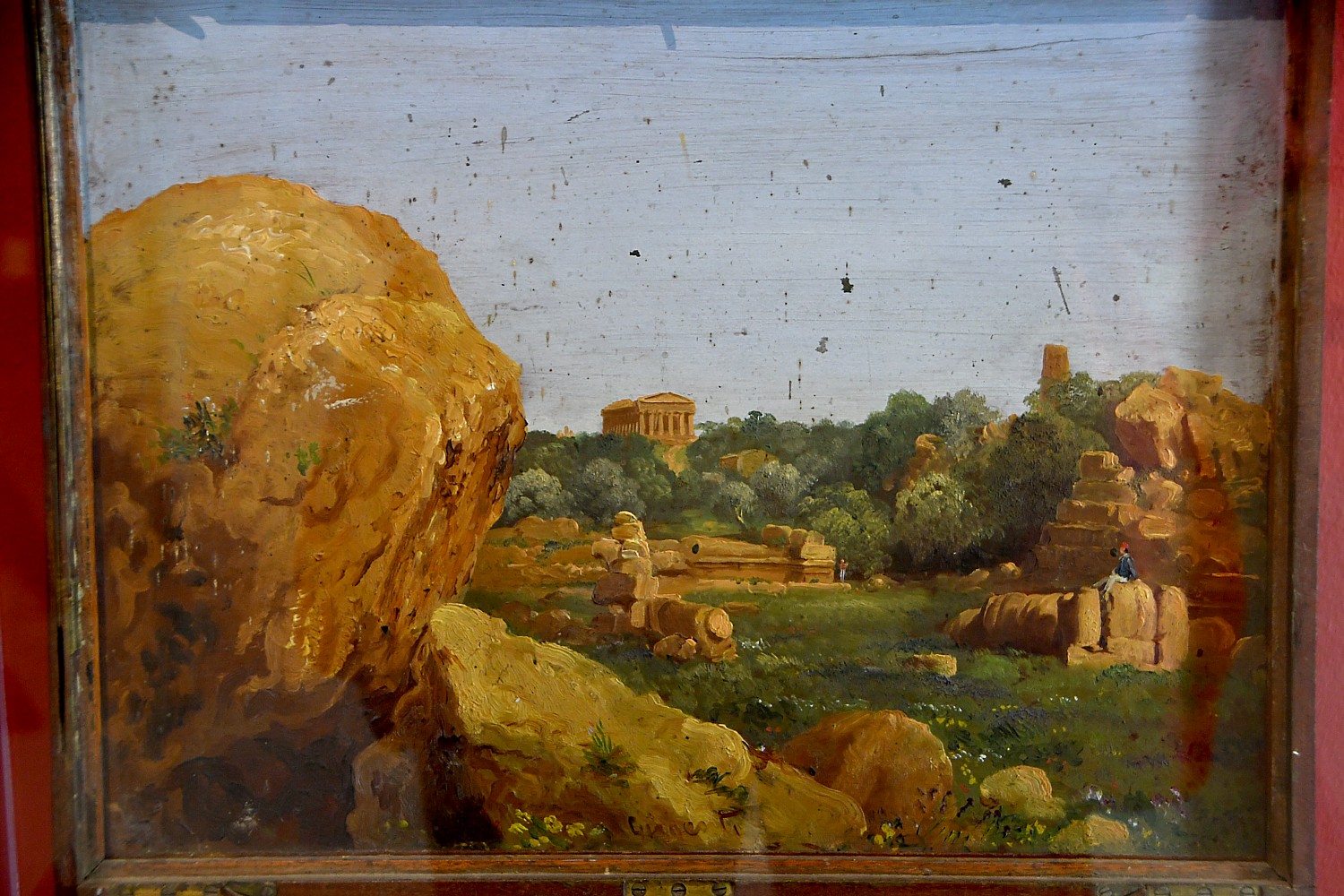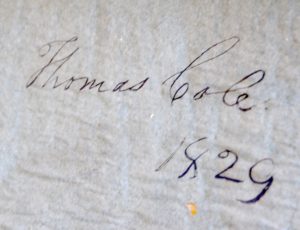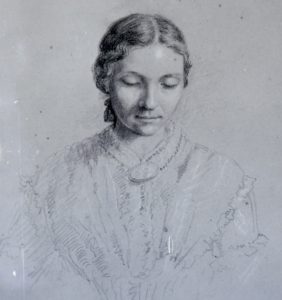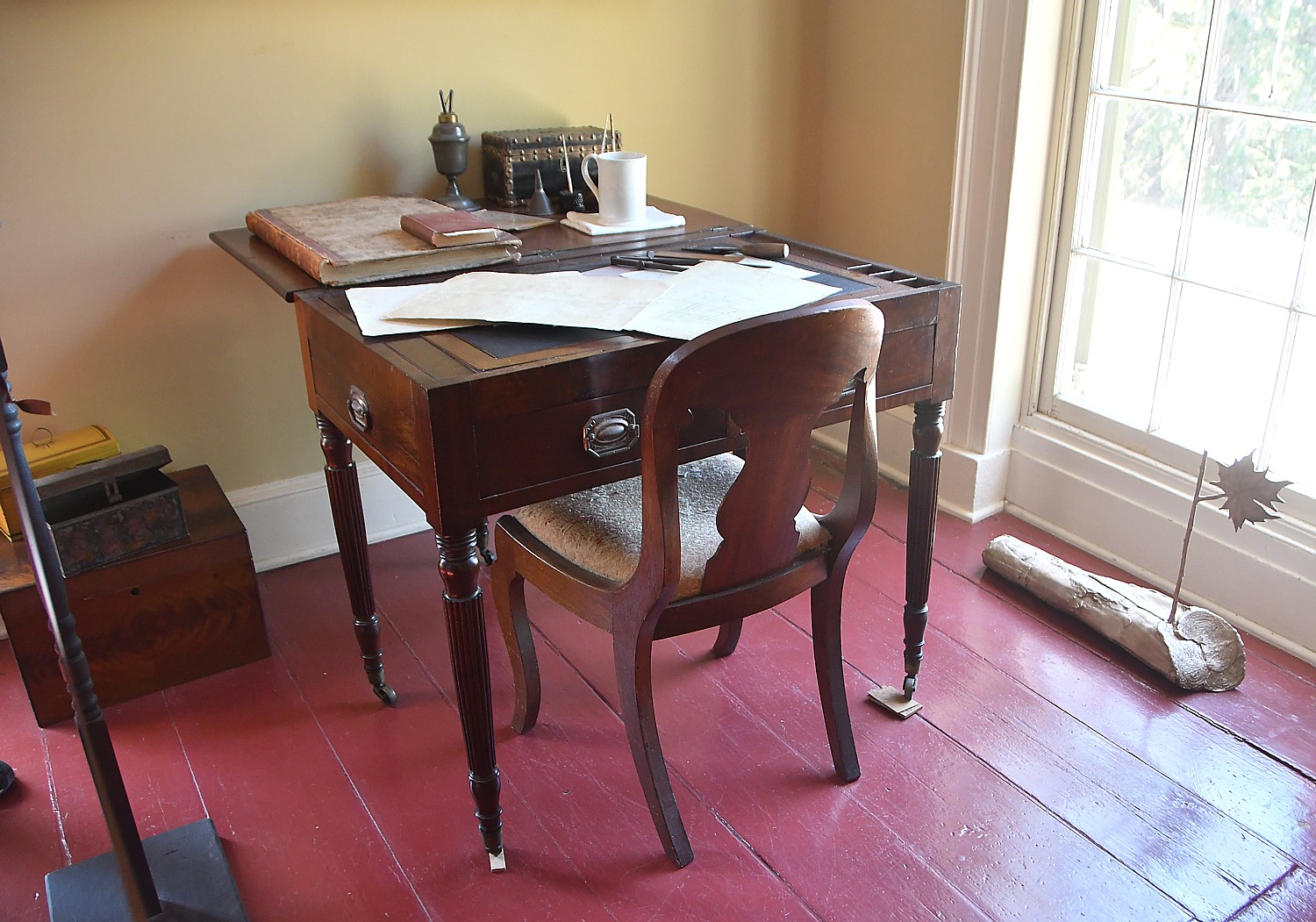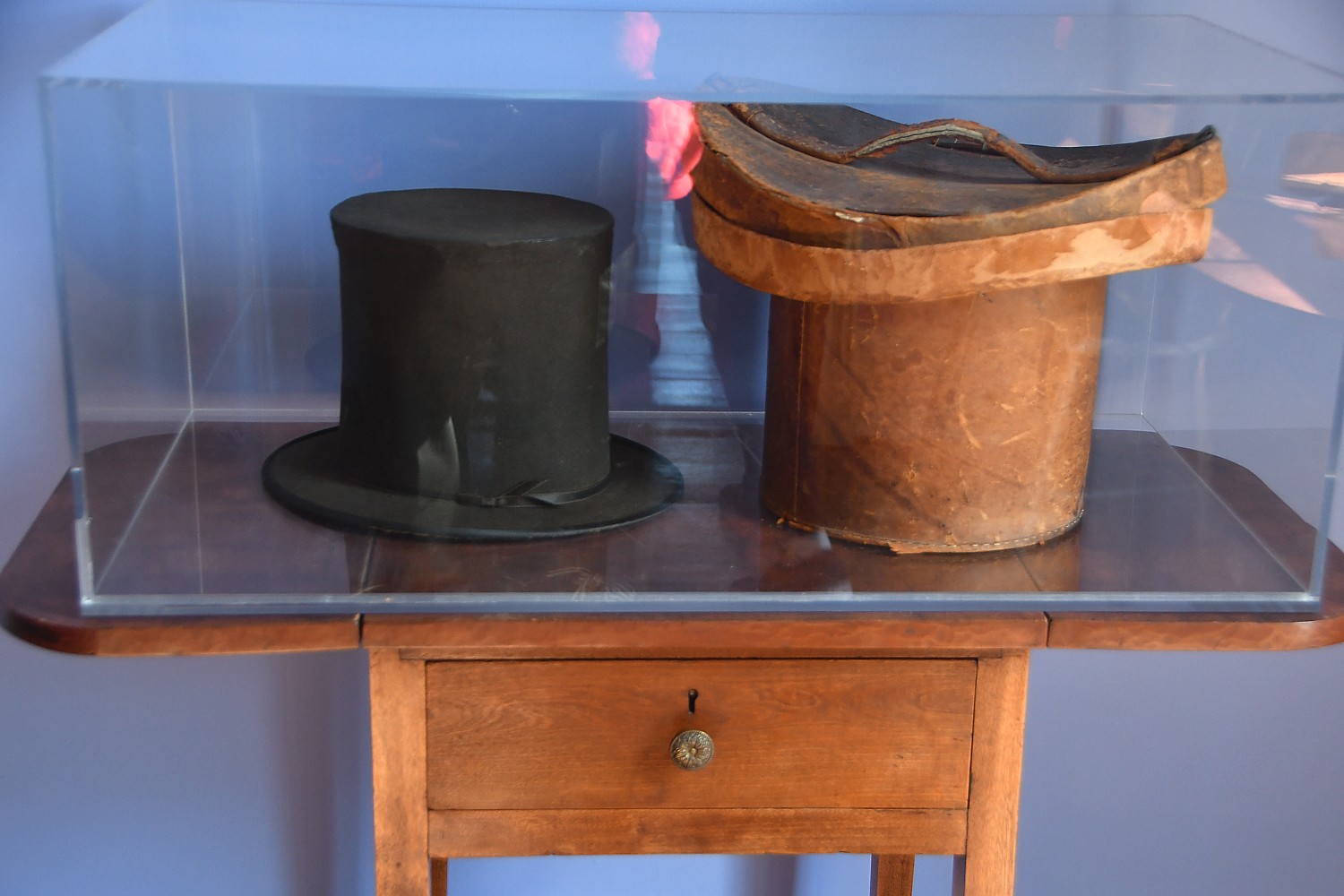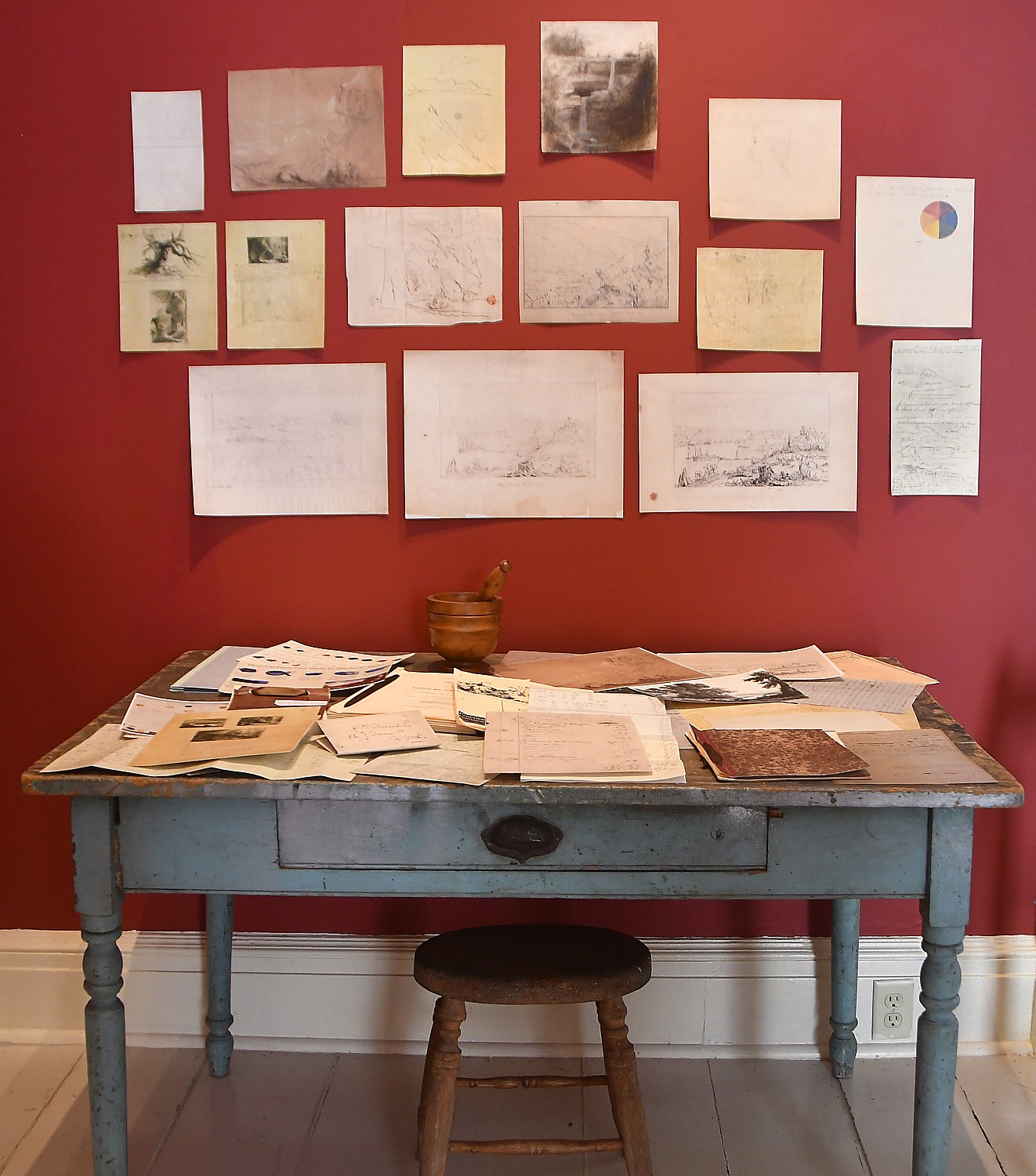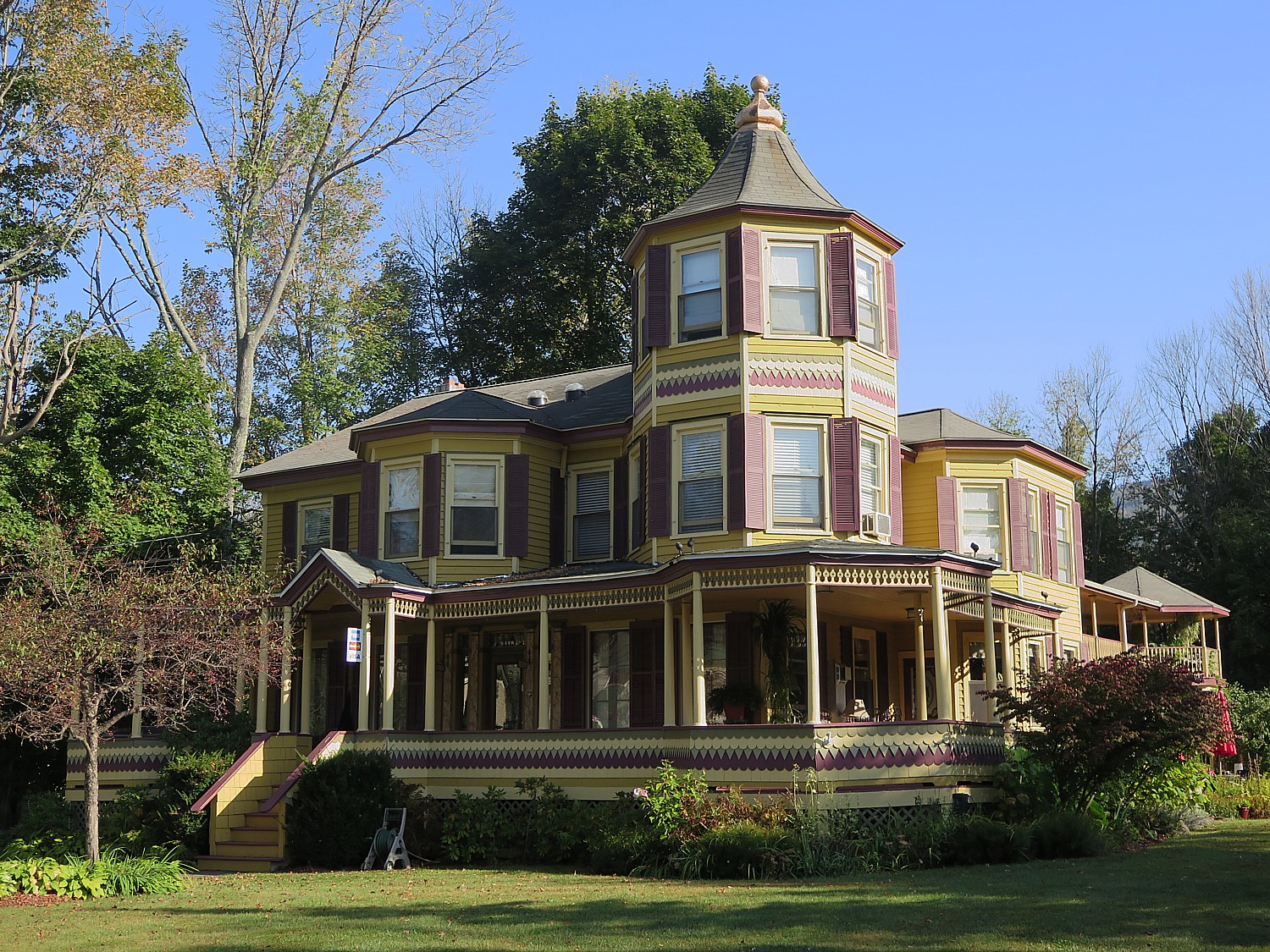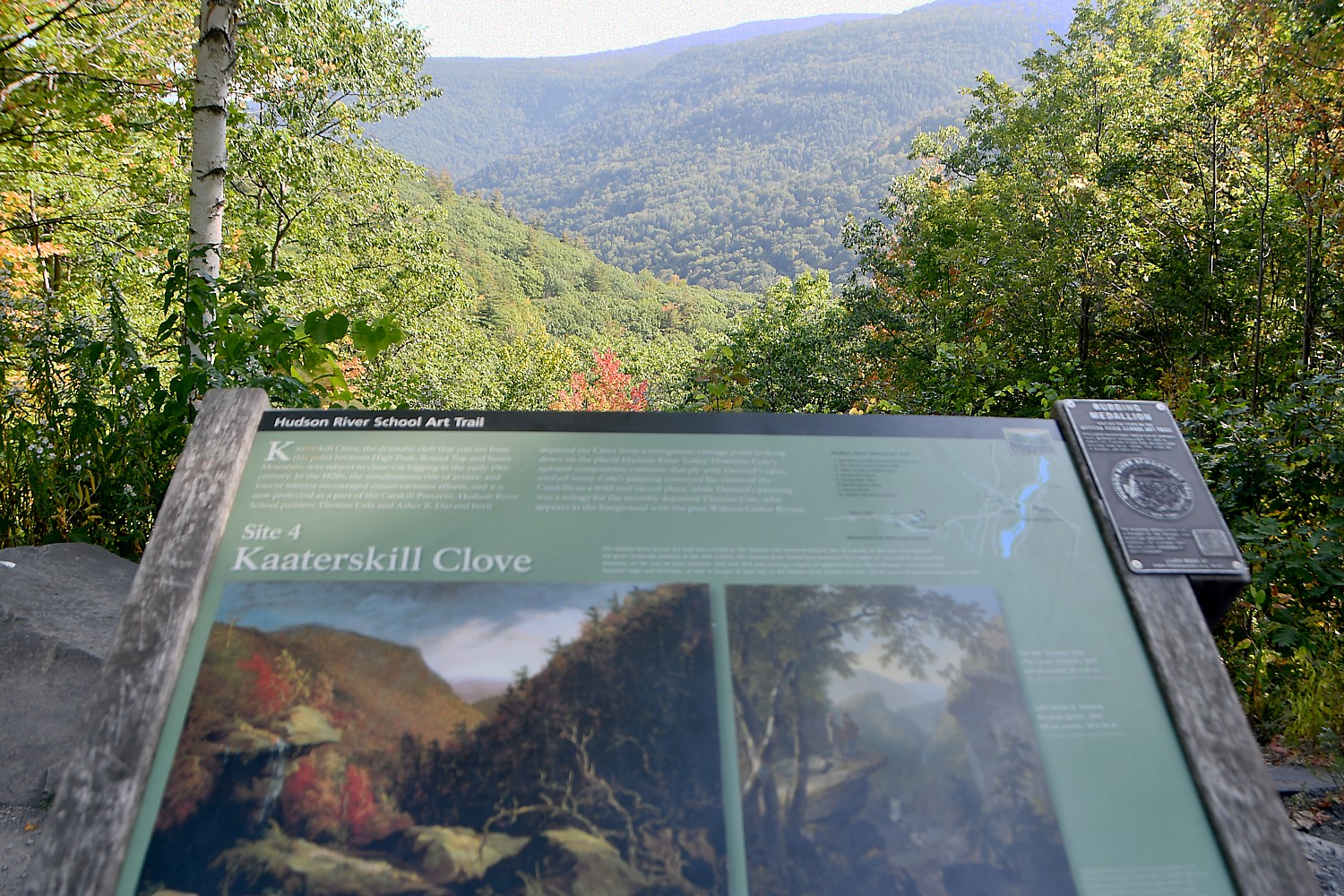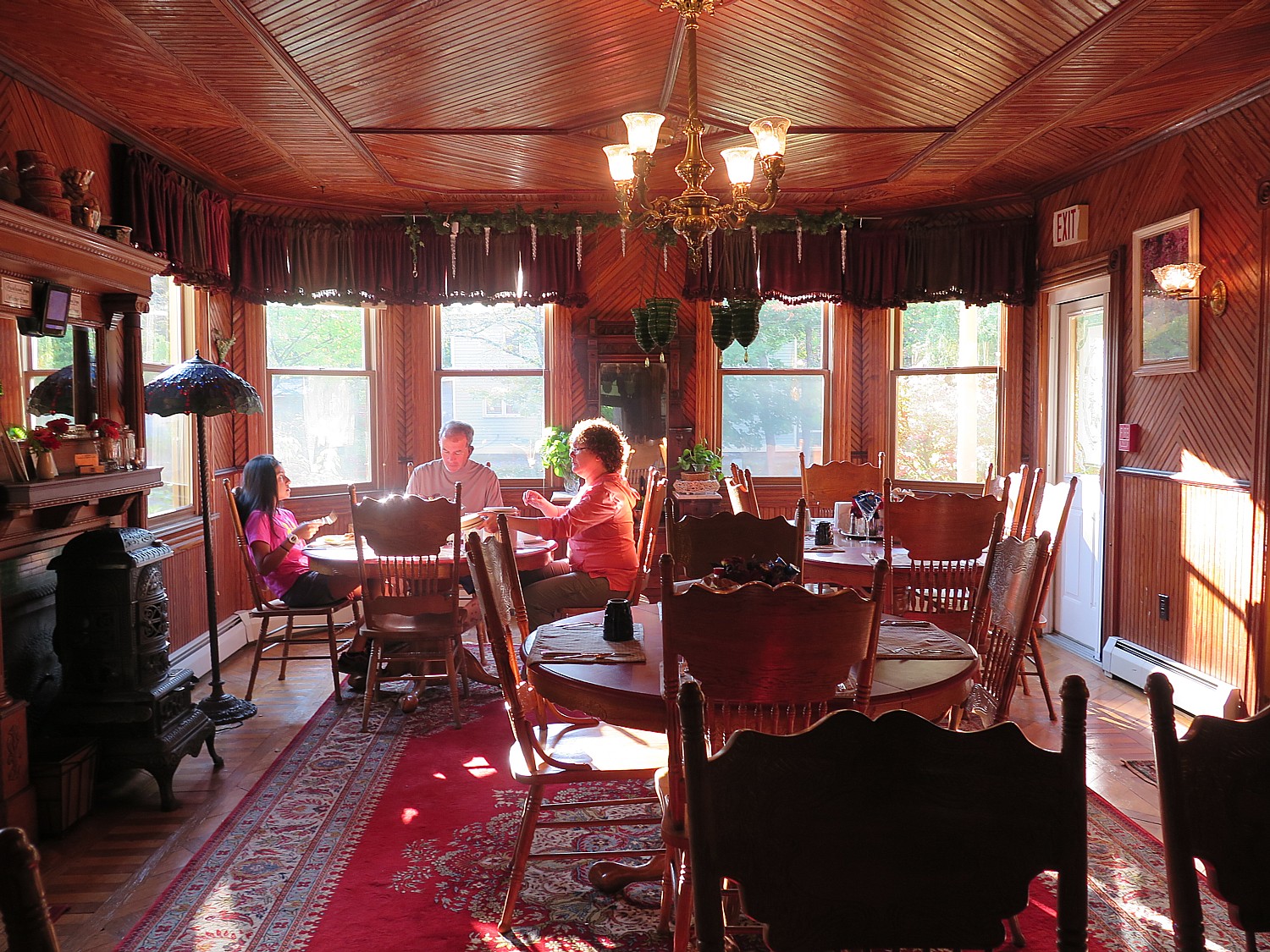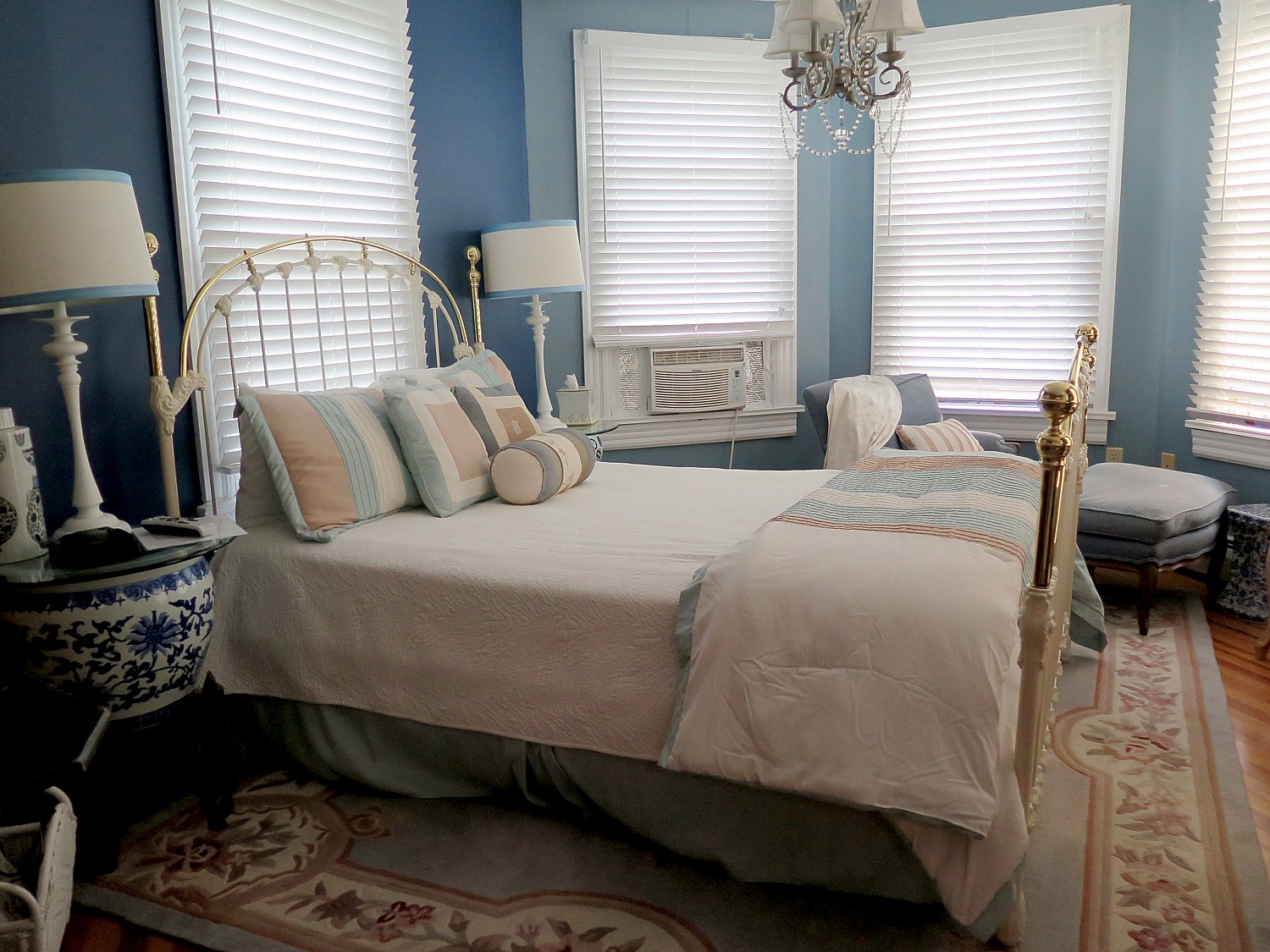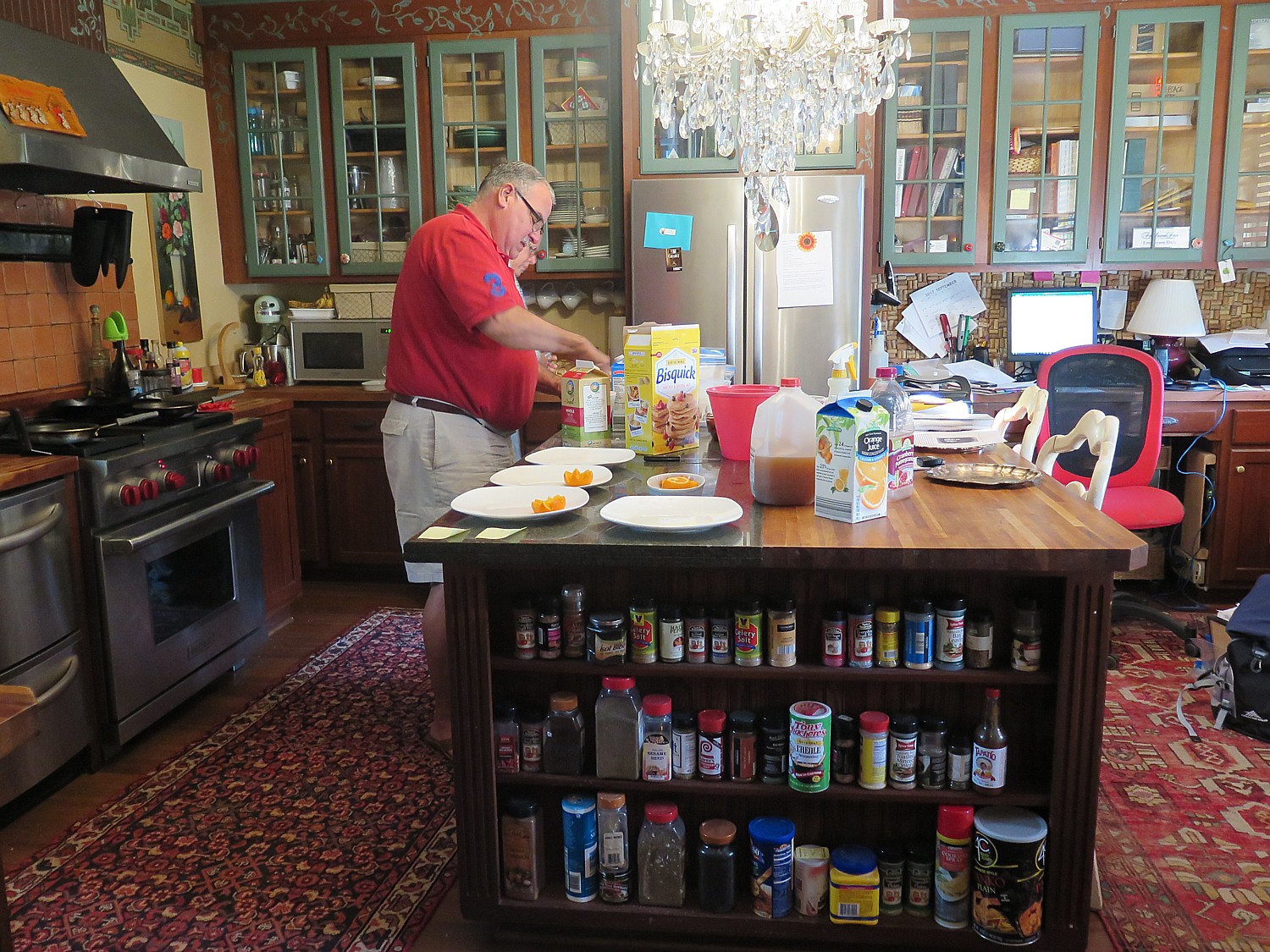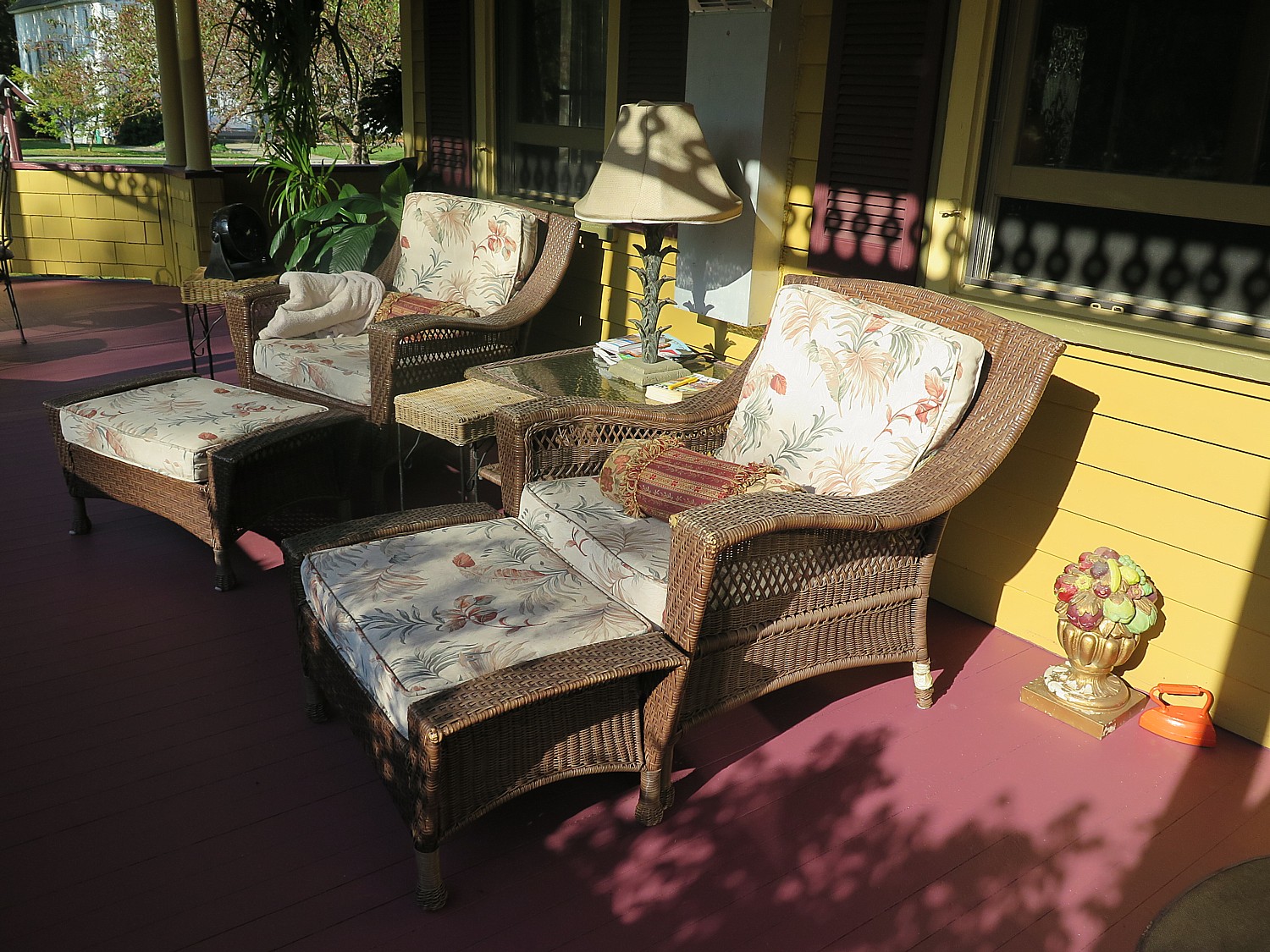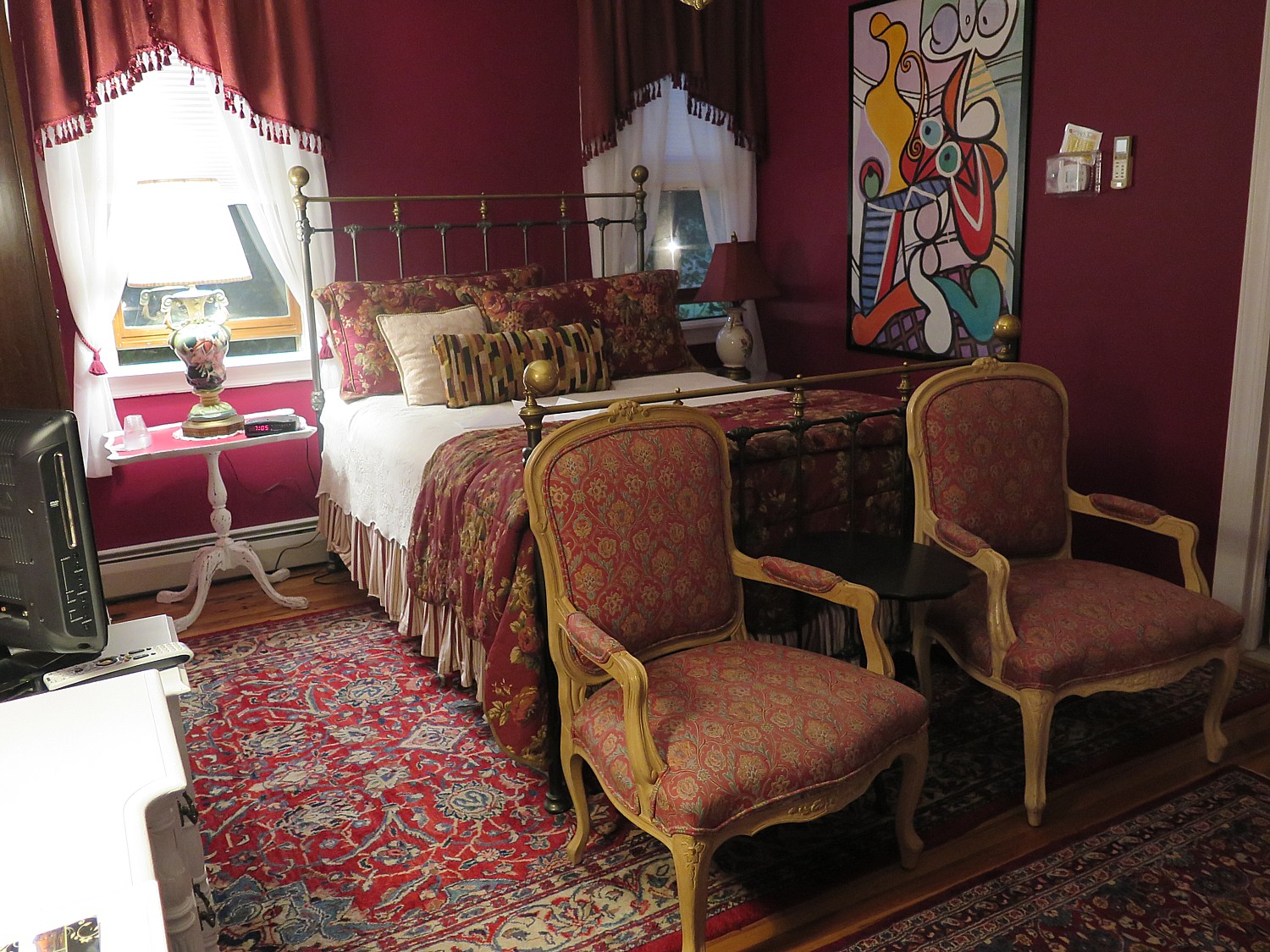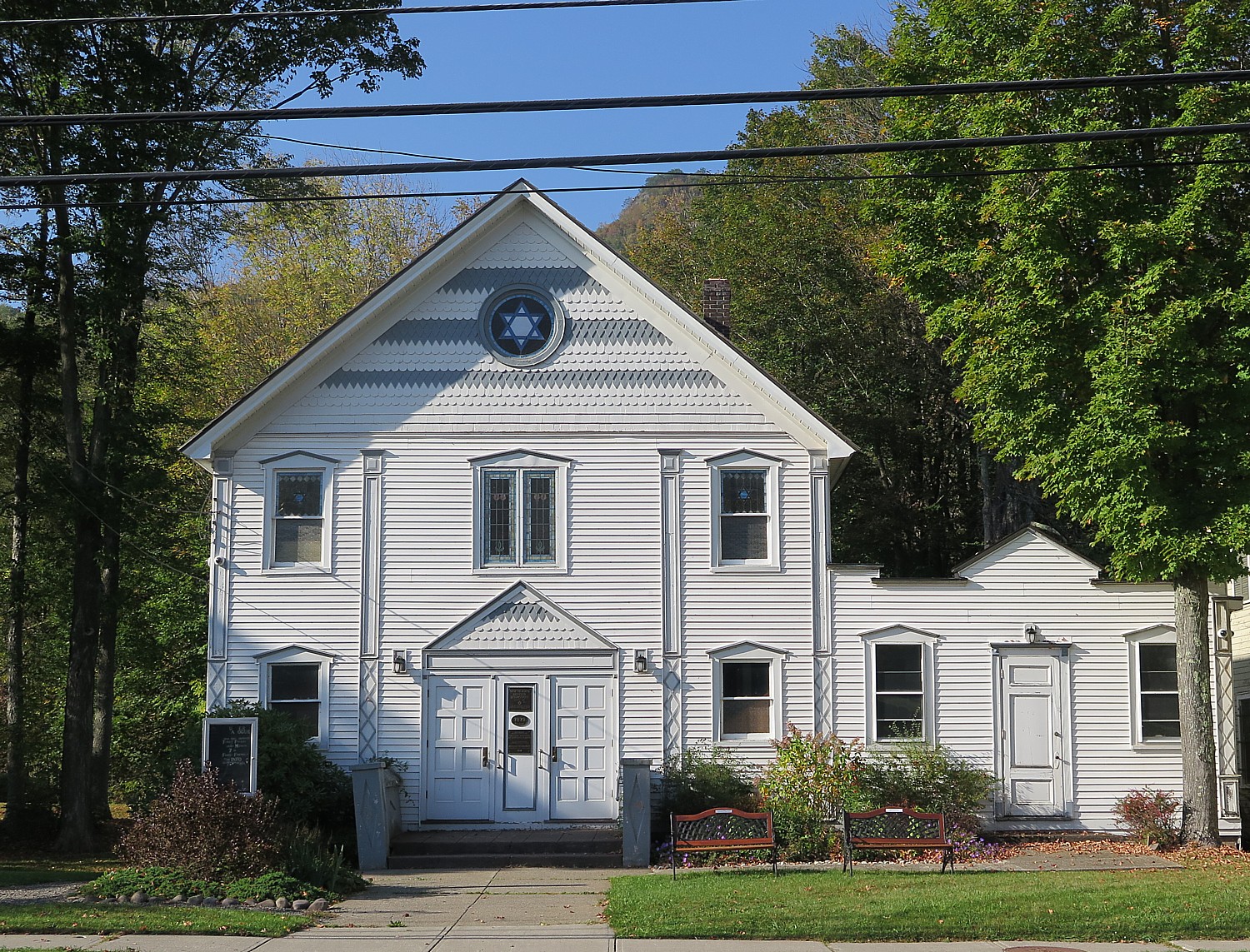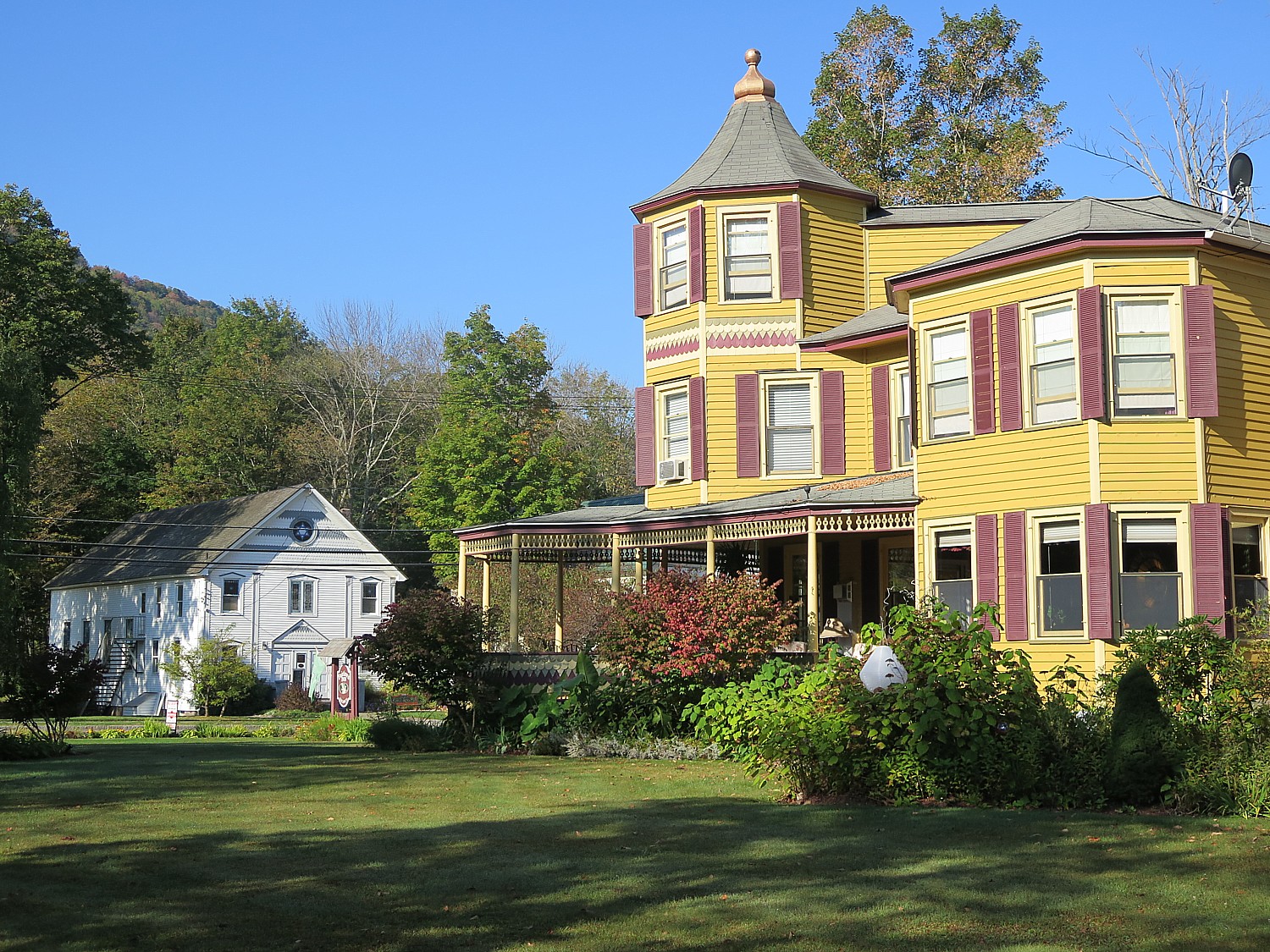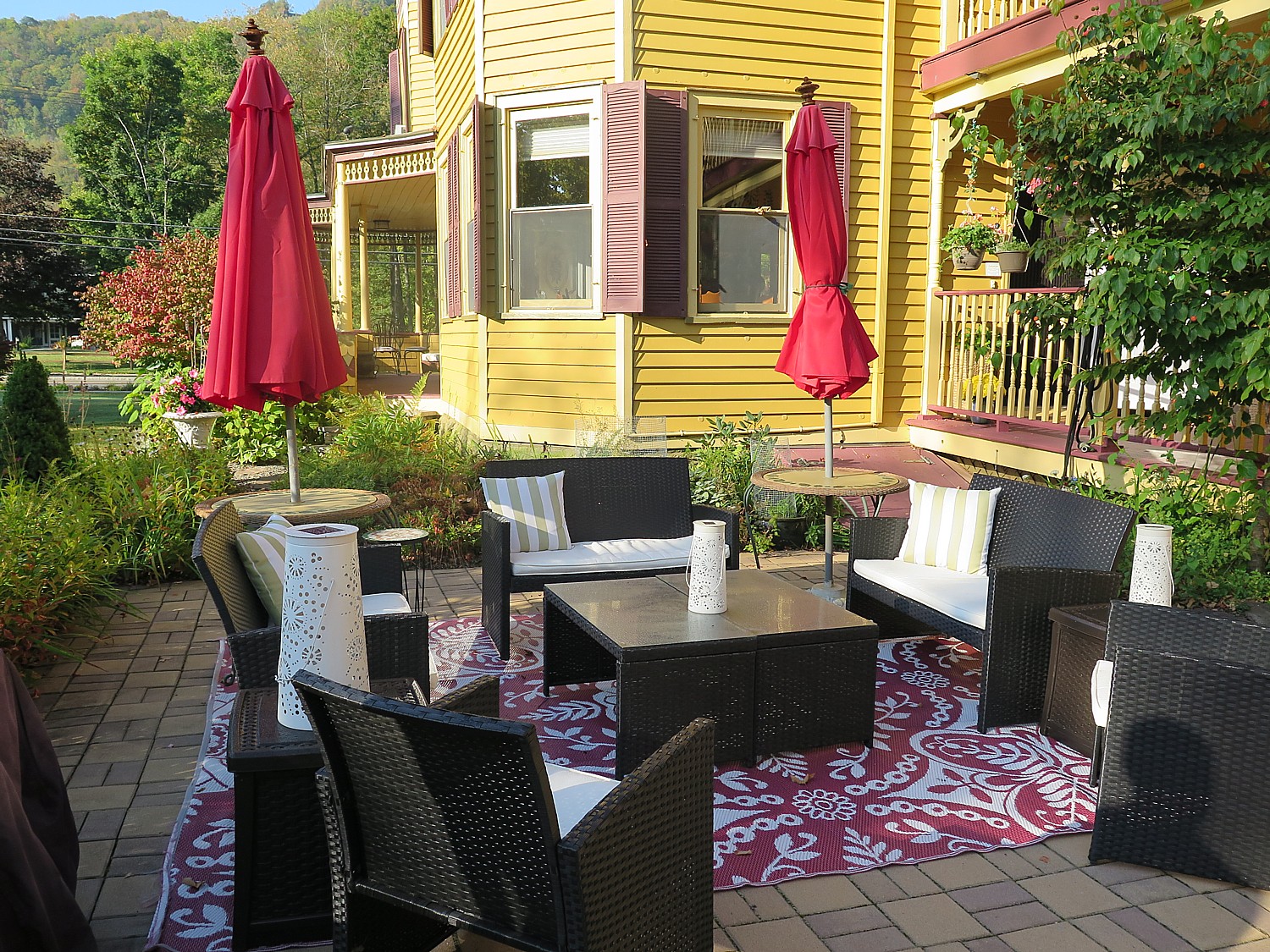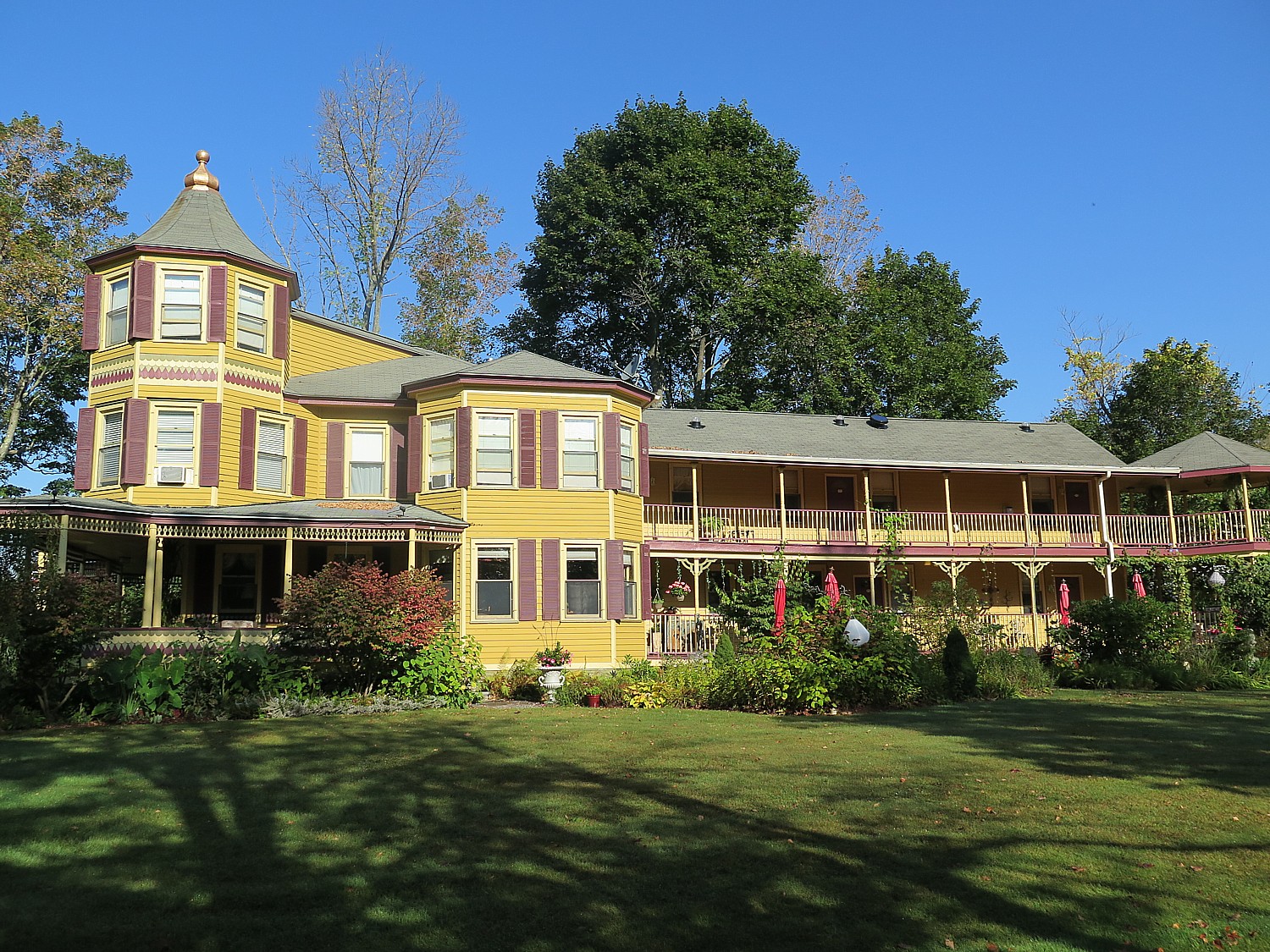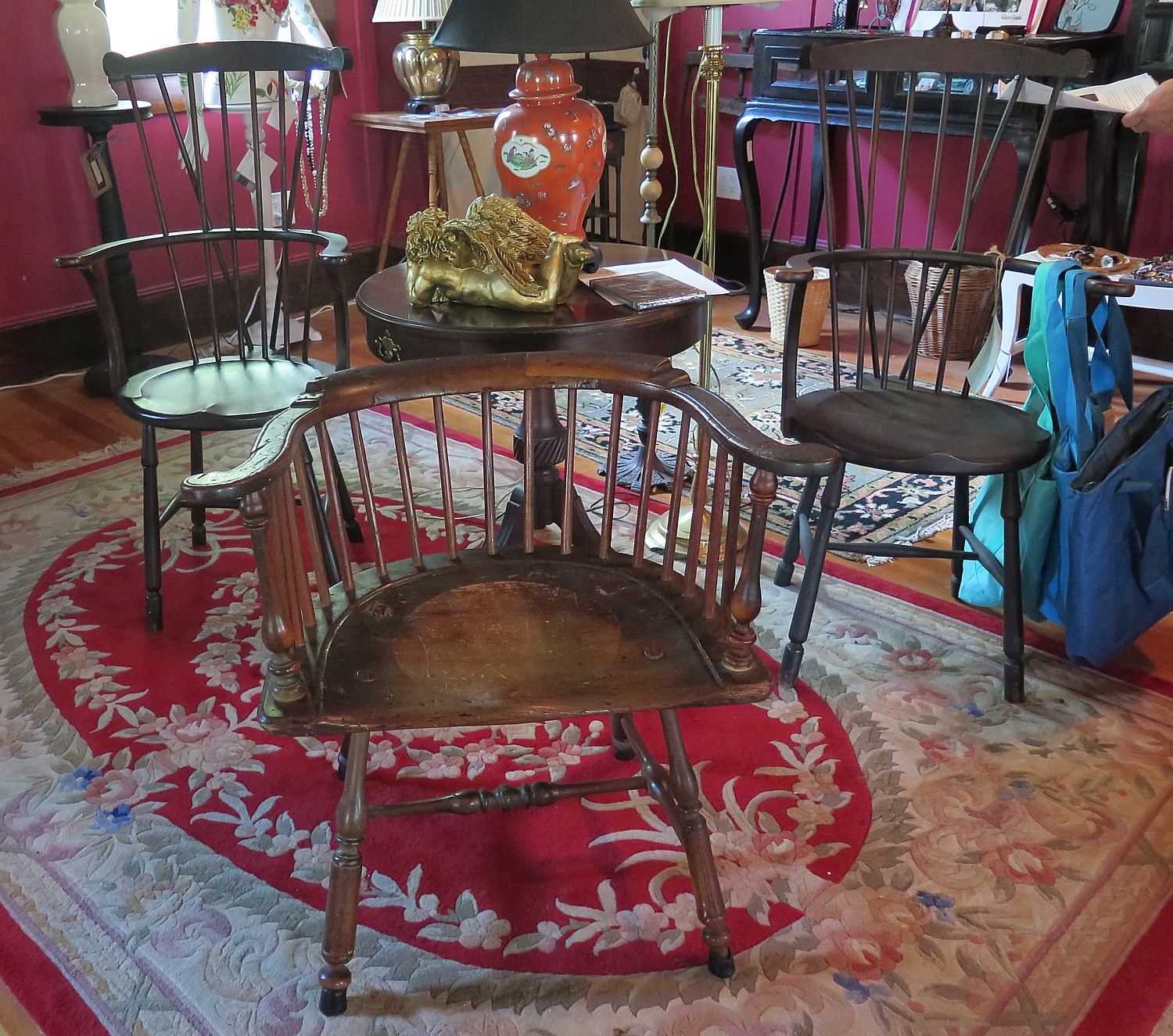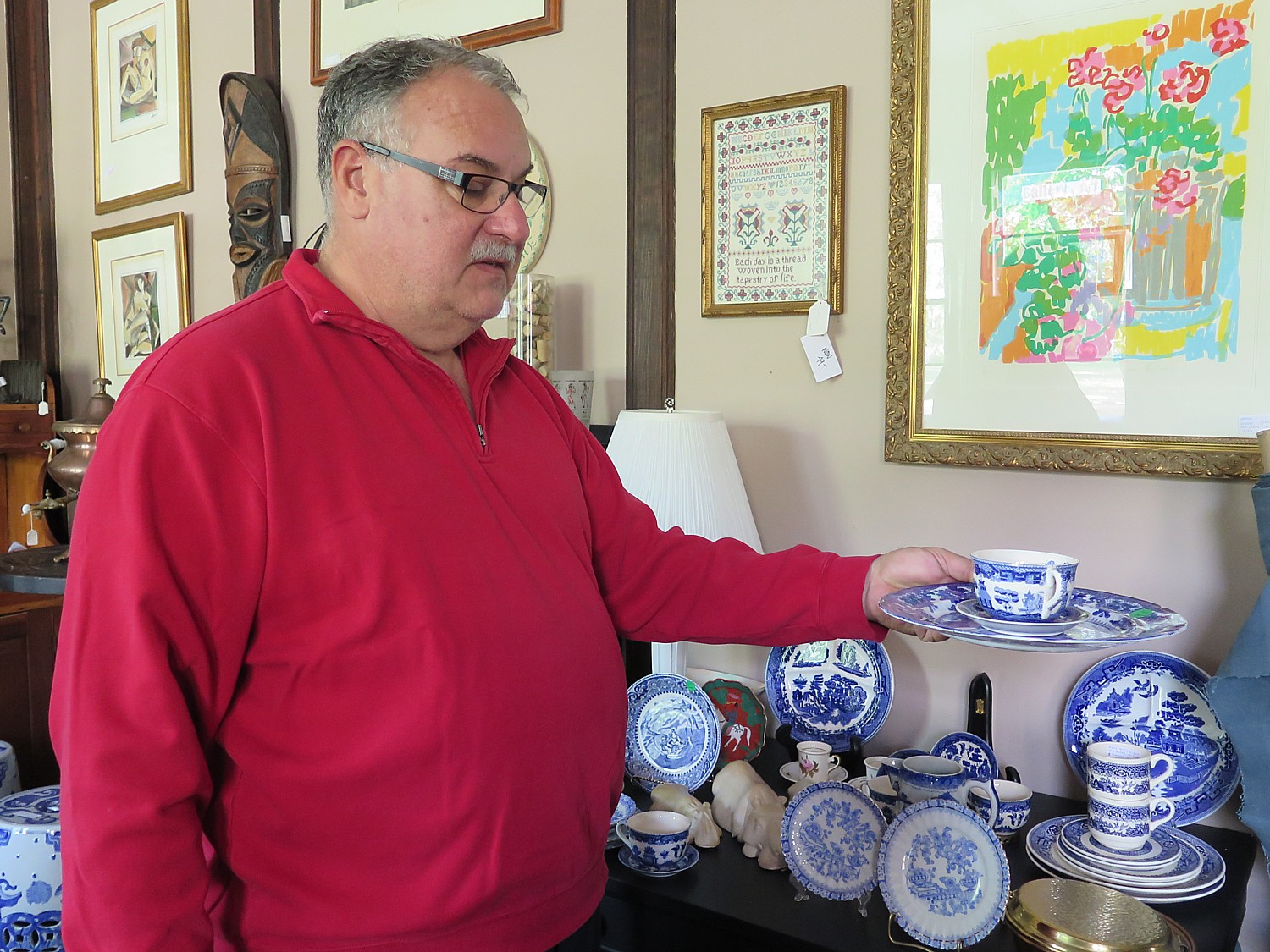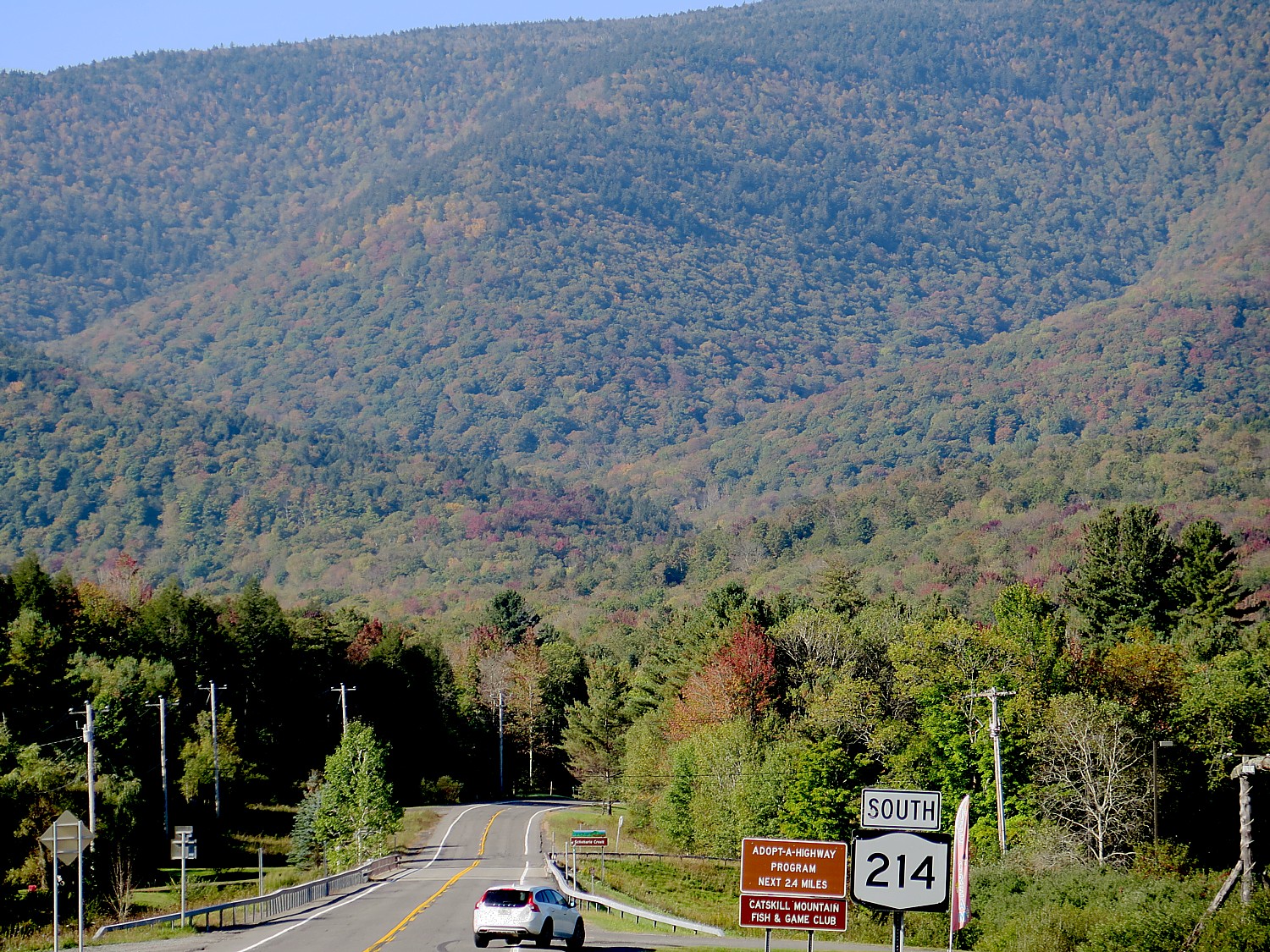
By David Leiberman & Laini Miranda
Travel Features Syndicate, goingplacesfarandnear.com
Bermuda is a magical place where the beaches have pink sand and the aquamarine water is so clear, you can see amazing marine life and feed fish Cheerios. But one of the most magical experiences of all is Dolphin Quest.
The experience starts off with our own training – shaping our own behaviors in order to properly interact with the dolphin. We join three others for a 30-minute Dolphin Dip – one of several different interactive encounters that are available. Lottie, the cheery dolphin trainer, tells us so much about how the dolphins learn and how they respond to specific calls. She demonstrates some incredible tricks (behaviors) by teaching the five of us how to signal to the dolphins ourselves.

When we are in the large pool, Lottie calls me out to the middle of the lagoon and tells me to bring my hands together with palms facing up on the surface of the water. She blows a whistle and Caliban swims up to me and puts her snout on my hands, seeming to smile up at me with that broad dolphin mouth. Then she tells me to show her my cheek and he kisses me on the cheek!
Now it’s Dave’s turn to come out. Lottie tells him to put his hand out to the side. Then Caliban swims up and takes his hand. They practically dance! Then Caliban swims past us, inviting us to stroke her tummy for positive reinforcement. We get to feed her a small fish after each behavior which she seems to really enjoy.
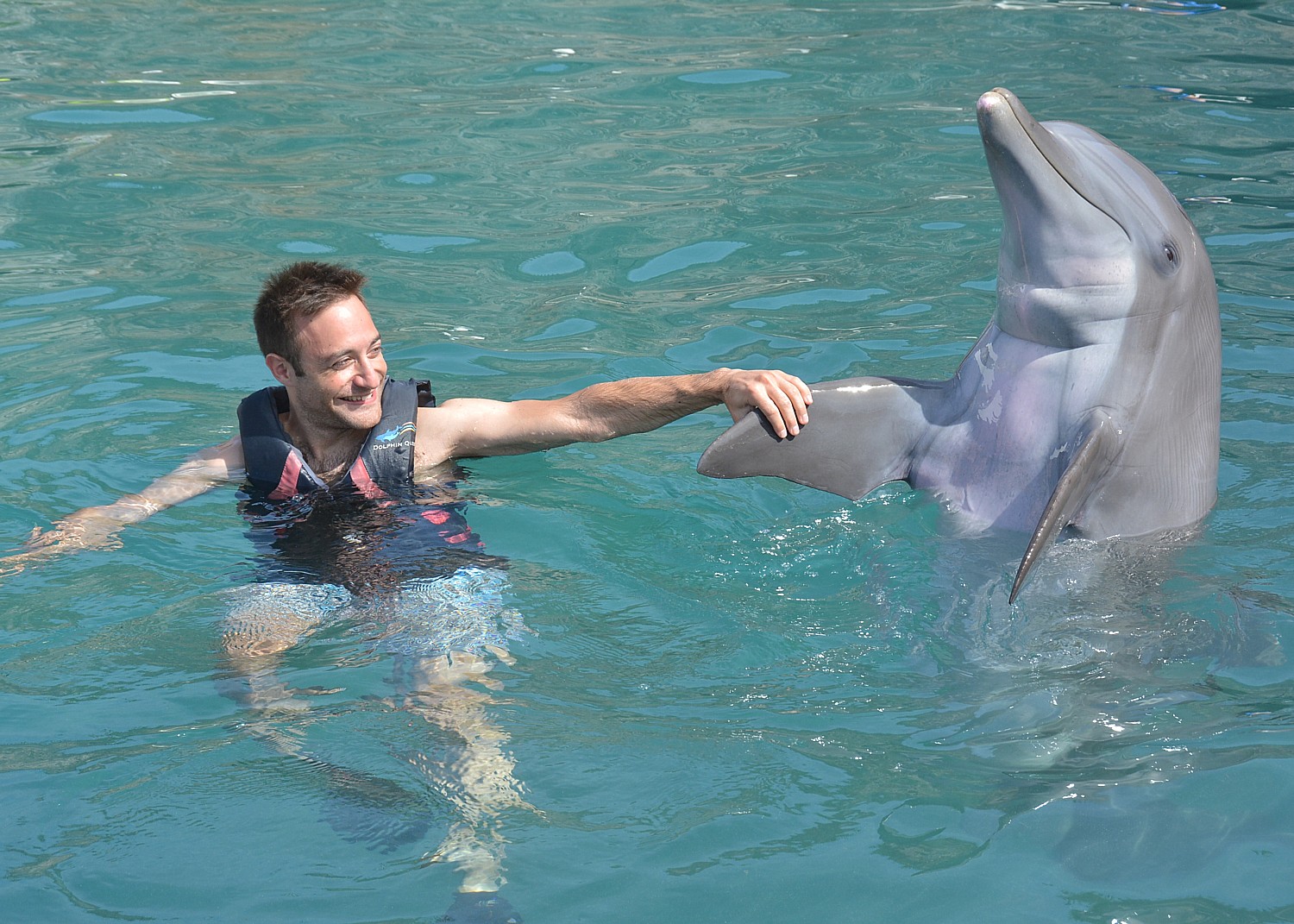
Lottie has each of us engage different behaviors with the four dolphins we get to meet, which are all also perfect photo opps. A professional photographer is on hand shooting photos the whole time and capturing so many amazing moments.
The digital and physical copies of the photographs are available for sale through an online portal. They’re pricey, but they capture priceless moments! There is free seating poolside so if anyone in your party is not in the water with you, they have the opportunity to capture their own photos, too.
The photographer is also extremely knowledgeable about the dolphins. He tells us about the 5- star health care they have and that the average lifespan is roughly double for the dolphins in their facility compared to dolphins in the wild. They also have a larger, more natural enclosed swimming area just outside the walls of the maritime museum, though we can’t see it ourselves because it is being cleaned.
It’s $219 for the 30-minute “Dolphin Dip” — pricey, but one of the cooler experiences we’ve had. It’s an amazing gift for someone you want to indulge and celebrate! Family/friends can watch from the sidelines where they can also enjoy seeing the dolphins up-close without paying the premium of being actually in the water with them.
A portion of the proceeds goes towards continued animal research. So far, Dolphin Quest programs in Hawaii, Oahu and Bermuda have contributed more than $3 million in funding, resources and field support to vital marine studies around the globe. University research studies have generated hundreds of published scientific works that are helping researchers find solutions to the threats dolphins and whales face in the wild. These studies also help the marine mammal community better care for dolphins in human care.
But there is something more: Dolphin Quest gives people a rare experience to interact and engage with dolphins, deepening our empathy for marine mammals and raising awareness about conservation programs.
“With our dolphins, we touch the hearts and minds of our guests in a fun and inspirational way, sharing how each of us can play a vital role in protecting our precious ocean ecosystem,” Dolphin Quest says.
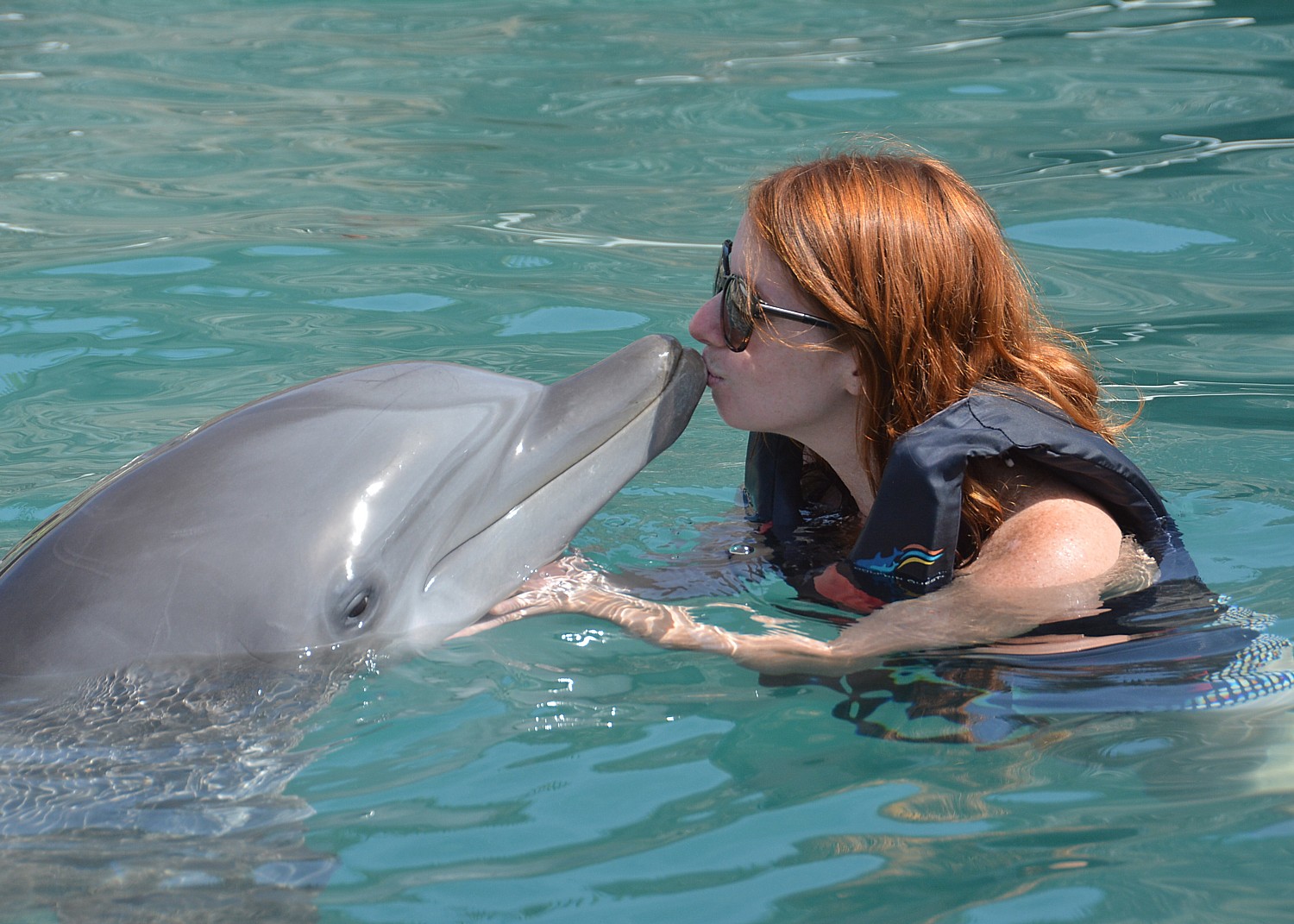
Our time with the dolphins is not like a performance. We are reminded that dolphins are wild animals; they clearly only engage with us as they like, and seem to genuinely enjoy the intellectual stimulation.
It is an incomparable experience to interact with another species, and especially so with an intelligent marine mammal.
In addition to contributing millions of dollars toward research and conservation programs, Dolphin Quest also contributes essential medical and training support to wild marine mammals in distress through the marine mammal stranding networks in Hawaii and Bermuda. Its team members also hand raise newly hatched endangered sea turtles, releasing them back into the wild when they are large enough through the “Turtle Ambassador Program”.
Dolphin Quest also organizes beach and stream cleanups, recycling efforts, and other environmental stewardship initiatives.

Indeed, Dolphin Quest’s humane stewardship of the marine animals living in its care is recognized: Dolphin Quest is an accredited member of the Alliance of Marine Mammal Parks and Aquariums, with all three of its locations certified by the American Humane Conservation program.
After the Dolphin Dip (or any of the Dolphin Quest programs), you are given free admission to the Maritime Museum and the National Museum of Bermuda, where you can explore the 200-year-old fort and experience educational maritime and cultural exhibits including: the Commissioner’s House, Shipwreck Island, The Warwick Project, Bermuda’s Defense Heritage and The Hall of History 1000-square-foot mural painted by Bermudian artist Graham Foster, plus an onsite Playground and Playhouse for children.
New Programs in Expanded Ocean Habitat
Dolphin Quest Bermuda has expanded its large ocean water dolphin lagoon inside the walls of the National Museum of Bermuda to include an outer Ocean Habitat. Accessed by a tunnel passageway, this supplemental sea sanctuary provides Dolphin Quest’s dolphins and guests another enriching natural environment to explore.
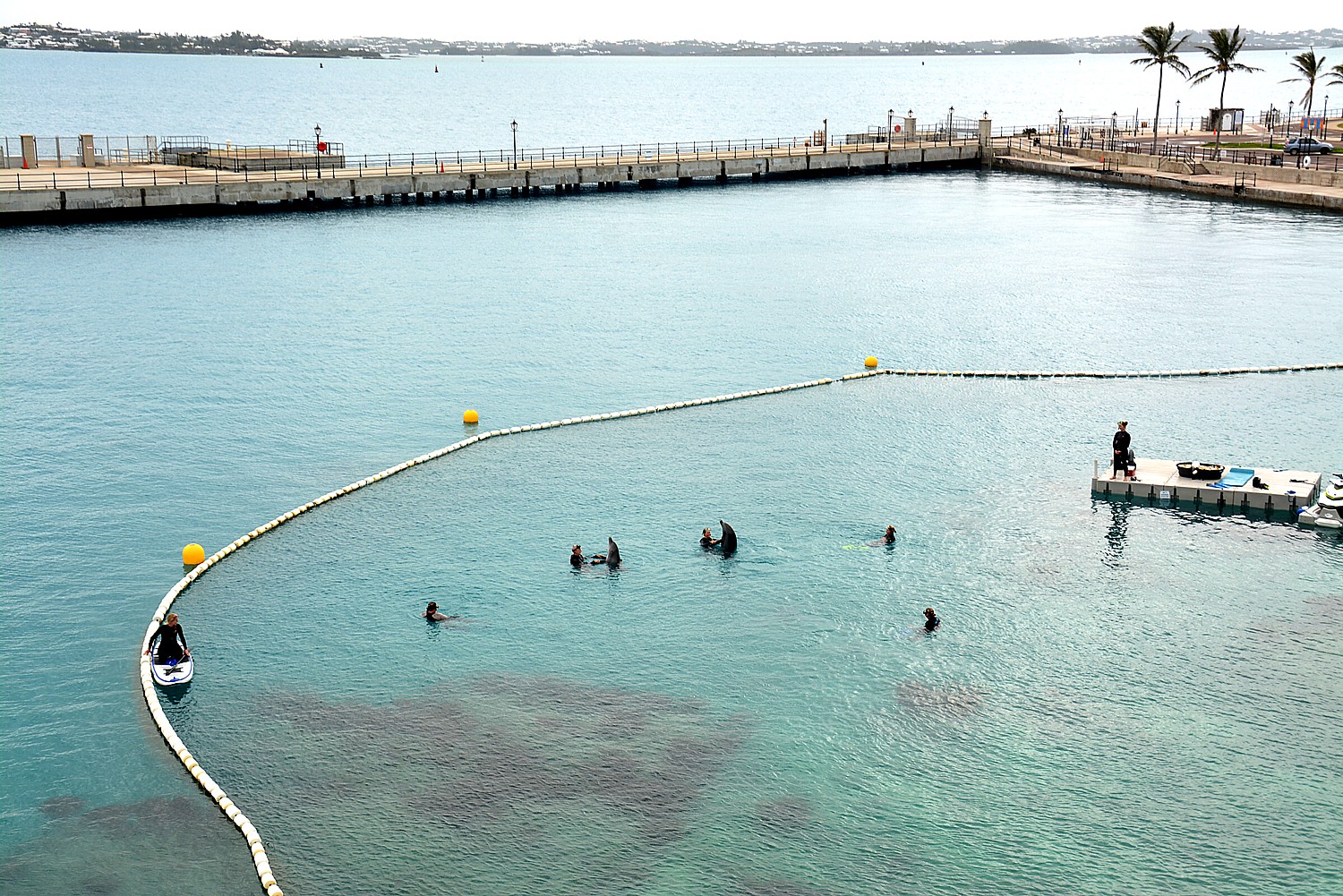
The outer Ocean Habitat utilizes an environmentally friendly sea pen structure. Its natural underwater terrain and sea life mirrors the shallow bays and estuaries where the coastal ecotype of Atlantic bottlenose dolphins are found in the wild.
“While our dolphins are thriving in their ocean water lagoon within the walls of the museum, it is so fun to be able to introduce them to another area for them to play, socialize and inspire people to care about and protect dolphins in the wild”, says Lauren McWilliams, Supervisor of Marine Animals at Dolphin Quest Bermuda.
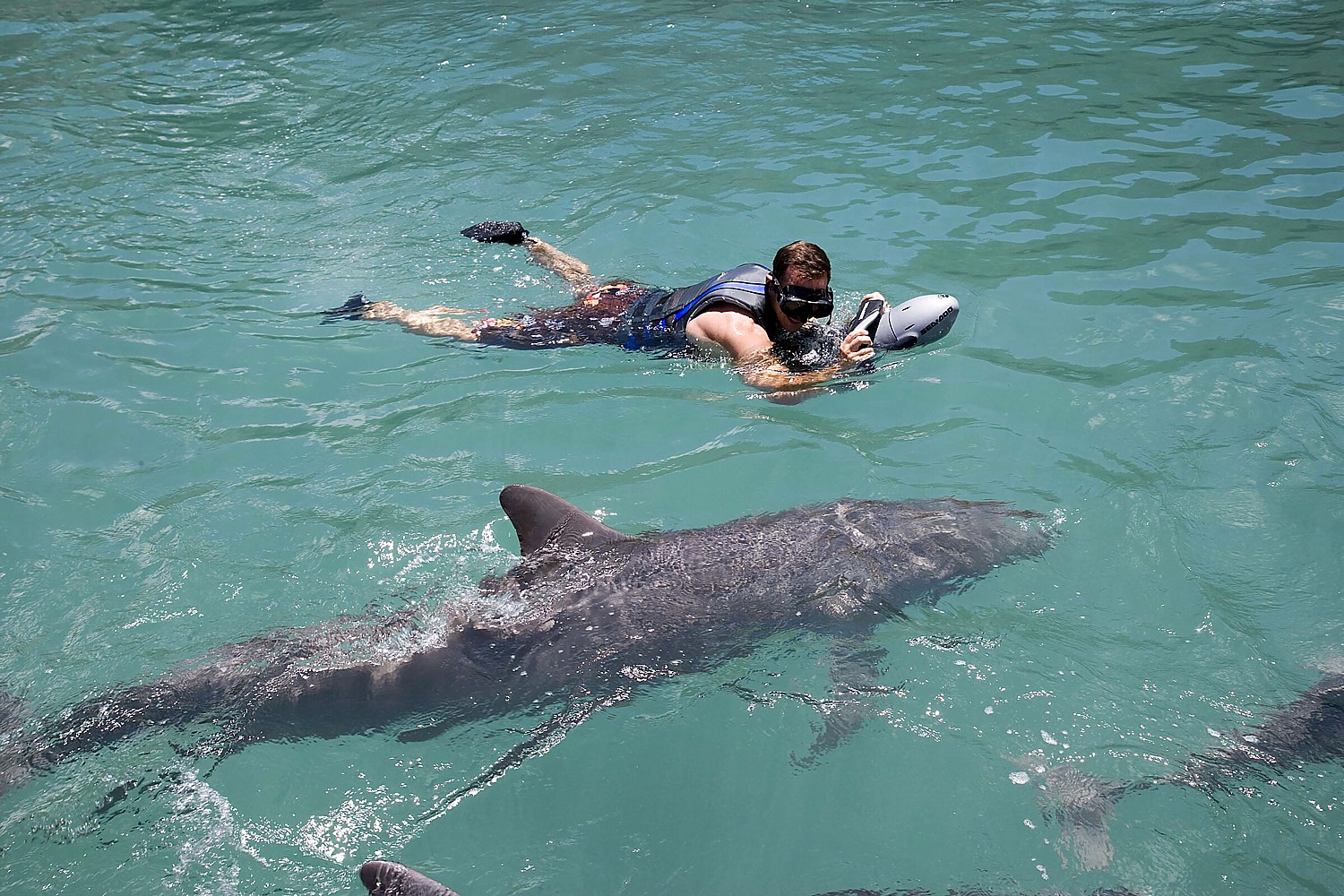
Founded by two marine mammal veterinarians in 1980s, Dolphin Quest continues to be on the leading edge of advocacy, conservation and research. Back then, Dr. Jay Sweeney and Dr. Rae Stone sought to create an alternative to oceanariums and “dolphin shows.” They set out to create pristine and enriching natural dolphin habitats where visitors could enjoy inspiring and educational dolphin encounters that, in turn, funded wild dolphin conservation.
Since opening their first location at the Hilton Waikoloa Village in Hawaii in1988, Dolphin Quest has become recognized as a leader in establishing large natural habitats for the animals, creating successful dolphin breeding programs and developing innovative interactive dolphin programs that combine fun and learning for the animals and the people, and promoting environmental stewardship.
They opened their first Dolphin Quest in Bermuda in 1996 at the Southampton Princess Hotel, but it was damaged in Hurricane Gert in 1999. The staff battled high winds and rough water to move the animals to a protected area on the most southwestern side of the island, into an area known as The Keep within the Royal Naval Dockyard. This offered a large, protective ocean-water lagoon within a historic fort, with a connected outer habitat that would be safe from hurricanes and weather events. This became Dolphin Quest’s home on Bermuda.
New innovative and inspiring interactive programs are now available in the Ocean Habitat: “Dive with Dolphins” helmet dive, the “Sea Quest” guided water scooter ride with the dolphins and the “Exclusive Sea Quest” which is a private experience.
Dolphin Quest Programs Year-Round
A variety of programs are offered year-round. The website offers excellent information and an easy-to-follow breakdown of the various programs available by season and by age-appropriateness. Programs include:
Ultimate Adventure, an hour-long program (45 minutes in the water with dolphins), the longest time available, appropriate for ages 6+, available May-October.
SeaQuest, a scooter program, April-October, for ages 8+, 45 minutes
Dolphin Encounter, available November through April, let’s you create your own dolphin experience (30 min., $175).
Underwater Exploration (20 minutes with dolphins, for ages 8+, $100 (maximum 3 people): You explore dolphins’ natural ocean habitat with underwater scooters and snorkeling; you have the opportunity to interact with dolphins in deeper waters, guided by marine mammal specialists (water scooters and masks provided; you must be a proficient swimmer; no more than 3 people and the trainer). After the program, the marine mammal specialists are available to discuss dolphins’ care and wellness, animal training, conservation; and you get free full day admission to the National Museum of Bermuda. Winter programs (November- May) provide free wetsuits and booties; and a winter hot tub special (December 15-April 30, limited spaces available).
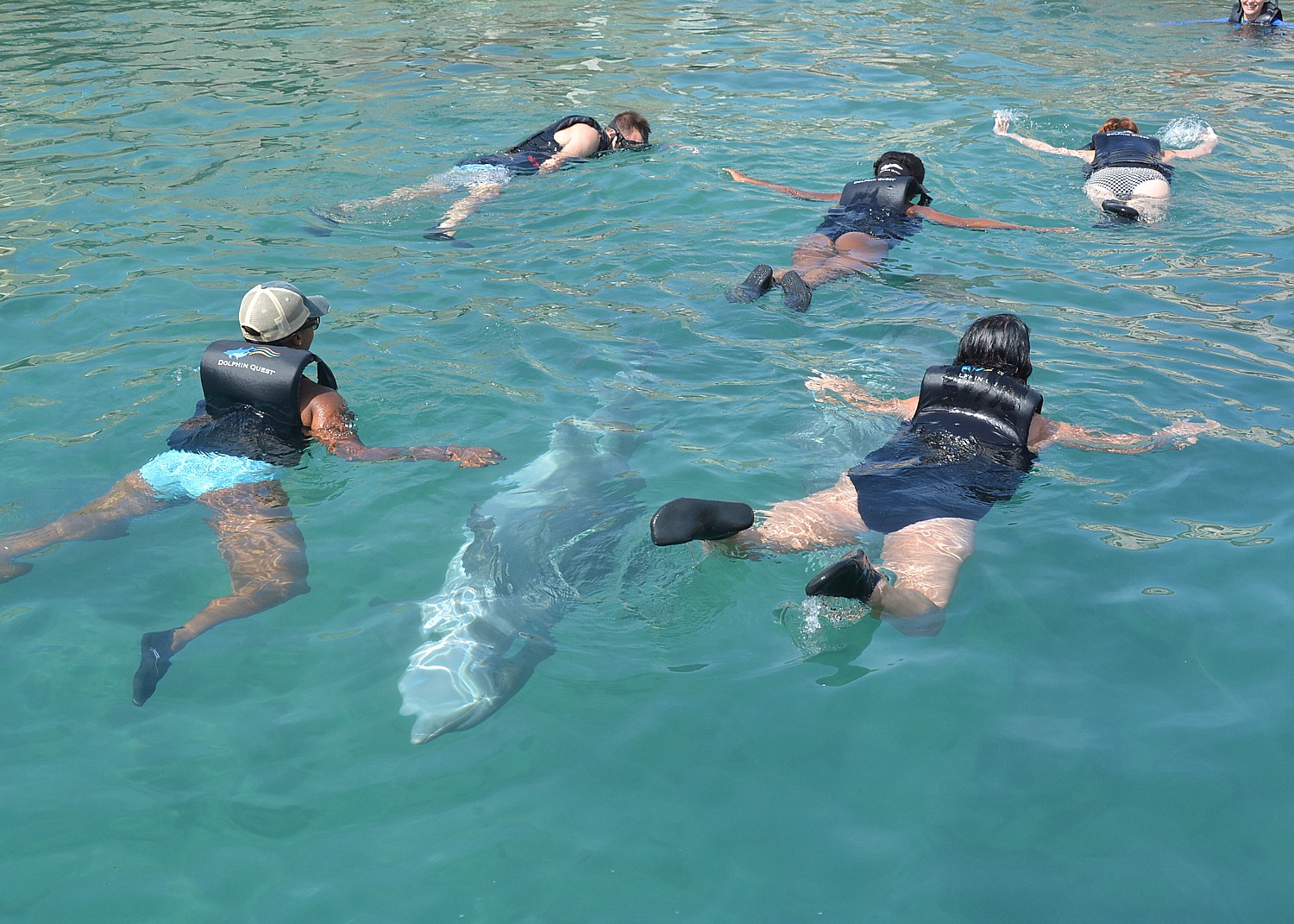
Marine Conservation Tour is a two-hour behind-the-scenes program that finishes with a five-minute dolphin touch, but it focuses on training programs, learning about animal care, visiting the medical lab, and watching the dolphins interact and socialize with each other (November-April, $79)
Trainer for a Day, a five-hour program with 60 minutes with the dolphins where you are side-by-side with trainers and dolphins and participate in dolphin health exams, dolphin training sessions, dolphin play time and dolphin programs for guests (lunch included). There is time in the water with the dolphins as well as interacting from the docks. (Wet suit and booties provided, November-May).
National Museum of Bermuda
The fortuitous collaboration between Dolphin Quest and the National Museum of Bermuda greatly enhances the visitor experience, as well, because you are not only given this rare experience to interact with marine mammals, but also become immersed in Bermuda’s rich heritage.
The Keep of the Dockyard is a six-acre historic fort that was designed to serve the naval fleet at anchor in Grassy Bay. It was once one of the most strategic military installations in the world and was heavily protected with a moated entrance, cannons, shell guns, and other weapons.

It was designed so munitions and provisions could be moved by boat between the large Keep pond and the vessels in the harbor. The grounds and many buildings of the Keep are now home to the National Museum of Bermuda’s exhibits and serve as home base for its highly-regarded maritime research, restoration, and preservation efforts.
“The fort provides probably the world’s most secure home for our dolphins, and we are enjoying exploring the many possibilities for expanding our dolphin programs within this historic context,” Dolphin Quest notes.
It is contained within a 16-acre National Museum of Bermuda with eight exhibit buildings and the most extensive historical collection in Bermuda, including the hilltop commissioner’s house. You can walk along the ramparts.
In 2016, the dolphin’s habitat was expanded to include The Ocean Habitat, a large sanctuary that extends beyond the museum walls and allows the dolphins to swim out into the ocean waters via a connecting tunnel from inside the lagoon. The entire sanctuary is one of the largest and most natural dolphin habitats in the world. Dolphin encounters in this area allow guests to interact with dolphins while riding underwater scooters and they can also explore the Bermuda reefs and bountiful marine life.

After American independence from Britain, Bermuda was identified as a strategic location for a naval base and dockyard. Construction on the dockyard began in 1809, which involved massive land reclamations and quarrying, first by slaves and then by thousands of British convicts. In its heyday, the dockyard provided facilities for the Royal Navy’s fleet.
The Keep was the citadel of the Dockyard, built to guard the naval base against land or sea attack and as an arsenal. The massive bastions and ramparts were designed by the Royal Engineers and are reinforced at intervals by casemated gun emplacements. Casemates were built in the late 1830’s to house troops manning the Dockyard fortifications. After Dockyard closed in 1951 it became Bermuda’s maximum-security prison from 1963-1994.
It is currently undergoing extensive restoration by the Museum and volunteers.
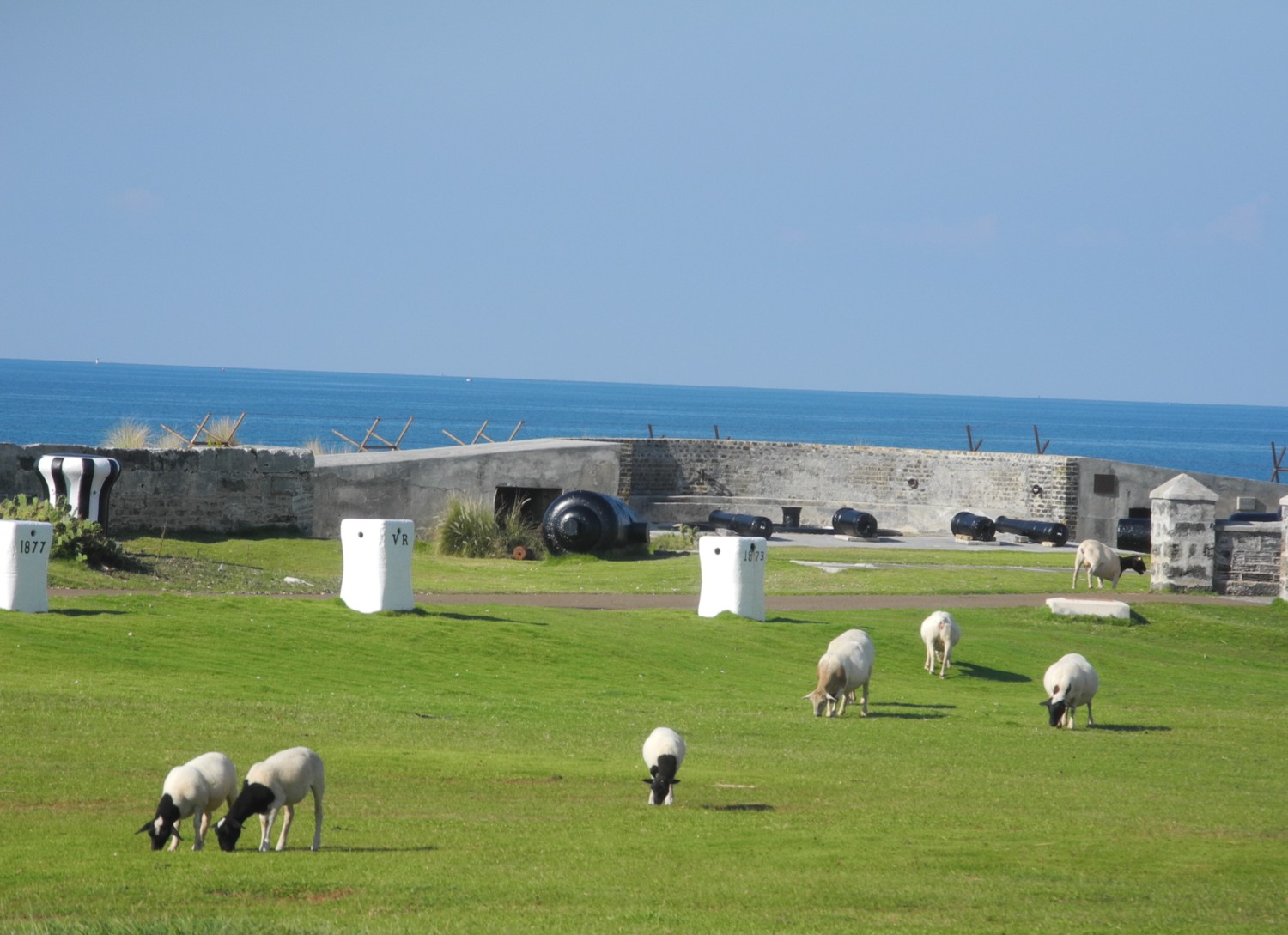
The Museum’s scope has expanded to encompass more than maritime history and today it is a vital custodian of Bermuda’s heritage. It is also a champion for the preservation of Bermuda’s underwater and land-based cultural heritage through collecting, exhibitions, restoration, conservation, research, publication, education, public outreach, and archaeology.

The National Museum of Bermuda is open daily except Christmas Day (Dolphin Quest is still open); admission fees are $15/adult, $12/seniors; under 16 free; admission fee is waived for Dolphin Quest participants.
“Dolphin Quest is committed to protecting our planet and inspiring the next generation of ocean stewards by providing inspirational interactive experiences, educational programs and contributing funding, resources and field support to vital marine studies around the globe.
“With resort partners in Bermuda, Hawaii, and Oahu, Dolphin Quest inspires tens of thousands of guests each year to care about and help protect dolphins in the wild.”
Dolphin Quest Bermuda. National Museum of Bermuda. 15 The Keep. Sandys, Bermuda MA 01. Tel: 441.234.4464 (local); call 800-248-3316 from US. https://dolphinquest.com/dolphin-quest-bermuda/.
_______________________
© 2017 Travel Features Syndicate, a division of Workstyles, Inc. All rights reserved. Visit goingplacesfarandnear.com, www.huffingtonpost.com/author/karen-rubin , and travelwritersmagazine.com/TravelFeaturesSyndicate/. Blogging at goingplacesnearandfar.wordpress.com and moralcompasstravel.info. Send comments or questions to [email protected]. Tweet @TravelFeatures. ‘Like’ us at facebook.com/NewsPhotoFeatures

